“Do you want to go to India?”
“What are you talking about, dad?” I half-laughed through the phone.
My father, a recently-ordained pastor, eagerly explained that he’d been invited to India to speak at a few pastors conferences being organized by his friends’ ministries.
“Everything will be lined up for us,” he continued, trying to convince me. “Besides, it’ll be a good opportunity to spend some time with your dear old dad.” He’s been using this bargaining chip a lot more now that I’m grown up and live a thousand miles away. Between wanting to support my dad and my unquenchable desire to travel, I couldn’t say no. Besides, India is supposed to be a street photographer’s dream, right?
Committing to the Leica CL
Fast forward a couple months, and I was on a 16-hour flight en route to Hyderabad, India. Tucked beneath the seat in front of me was the Leica CL, the newest addition to Leica’s interchangeable APS-C system. For the past few years my go-to camera setup has been the full-frame Leica Q, either solo, or accompanied by an also-full-frame Leica M with a single 50mm lens. My decision to bring the cropped-sensor CL to India wasn’t an easy one. For someone who is used to the comforts of a full-frame, it was hard to fathom traveling to the other side of world with only an APS-C camera. But, the CL was intriguing. With a sharp built-in viewfinder and simple button and dial layout, it was reminiscent of both my Q and M. I could shoot in my usual style and feel comfortable using it as my primary camera.
What ultimately solidified my decision to take the CL was its compact size paired with the flexibility of interchangeable lenses. For this trip, I was lucky enough to nab four of the seven CL-system lenses currently offered: the 11-23mm Super-Vario-Elmar-TL, 35mm Summilux-TL, 60mm APO-Macro-TL, and the new pancake prime, the 18mm Elmarit-TL. I don’t normally travel with such a large array of lenses, but this wasn’t my typical kind of overseas backpacking adventure, which usually involves hostels, couch-surfing, and sometimes-sketchy overnight bus rides. In such situations, lack of luggage space and security woes have taught me to travel with only the camera gear I can carry on my person at all times. India would be different though. I was staying in an actual hotel with my own private room, and even more unprecedented, I was checking a bag. This meant I could bring extra lenses and switch them up from day to day, feeling secure in leaving what I didn’t use back in the hotel room.
Part I: Warangal
We got into Hyderabad at 3 AM and my dad’s friend, Pastor Jesroon, was waiting for us at the airport. For the first week, we’d be staying at a hotel near his home in Warangal, Telangana, a three-hour drive from Hyderabad airport. The second week, he’d be handing us over to Pastor Israel in the neighboring state of Andhra Pradesh. Both pastors had lined up several pastors meeting as well as visits to local churches.
We were dropped off at our hotel in Warangal, advised to “take some good rest,” and to be ready in the lobby by 7 PM for an evening service. We were also cautioned not to leave the hotel because “maybe that’s not such a good idea” – just what a street photographer wants to hear. This was frustrating, but after our first night in town, I understood why. Warangal wasn’t really a destination for Western tourists and my dad and I didn’t exactly blend in. Everywhere we went, heads turned, crowds gathered and cameras clicked. There was no hope of being a fly on the wall. I would have to leave the spontaneous, unposed street scenes to Craig Semetko.
Our schedule was structured pretty much the same day-to-day. Wake up. Eat breakfast. Be picked up. Go to a pastors’ meeting or church service. Dine with the pastor’s family or congregation. Be dropped off back at the hotel. Repeat. Despite my inability to roam, I managed what street shots I could while being carted about town. However, that first week in Warangal, most of my photographs were taken during or after services.
During services, I was always designated a seat front and center behind the pulpit. At first it felt a little confining and terrifying (I’m mortified of being in front of crowds.), but after warming up, I realized this was an interesting angle and turned the camera outwards, towards the congregation.
It didn’t take long to warm up to the CL. Just like my M and Q, I was able to dial in my auto ISO settings, switch my shutter to AUTO, and shoot in aperture priority. After initial setup, I shut off the LCD and the CL’s dual thumb wheels allowed me to adjust every aspect of exposure, without having to ever go into a menu. Leica cleverly added a center button within each thumb wheel, so you can easily toggle the functionality of each. I had it set up so the right thumb wheel’s primary function was Aperture, a quick press of the center button, and it switched to ISO. The left thumb wheel set to Exposure Compensation as primary functionality, and shooting mode (PASM) as secondary.
Leica’s auto ISO function has become extremely advanced. If understood, it can be a powerful tool. By dialing in maximum ISO and minimum (slowest) shutter speed, I’m basically telling the camera to think like I do. Keep my ISO at 100 (base) as long as I’m able to stay at 1/125th sec or faster. Once I run out of light and have to start making changes, then boost the ISO. Keep raising the ISO until I hit 6400. These parameters worked for most situations. For unique lighting situations such as extremely low light or back lit situations, I’d switch to a manual shutter speed and/or ISO.
I found myself taking a lot of photographs from rooftops – of the hotel, of the pastor’s house, of the churches. I wasn’t allowed to wander out, but I could wander up. I always travel with my Sirui 025x carbon fiber tripod. With a folded length of only 12 inches and weighing just two pounds, I can fit it in my Oberwerth Kate camera bag. Any larger or heavier, and it would have been left at home. With the high ISO capabilities of the CL and fast prime lenses like the 35mm Summilux-TL f/1.4, a tripod wasn’t an absolute necessity, but I was happy to have it, allowing me to to play around with different lenses and get cleaner nightscapes.
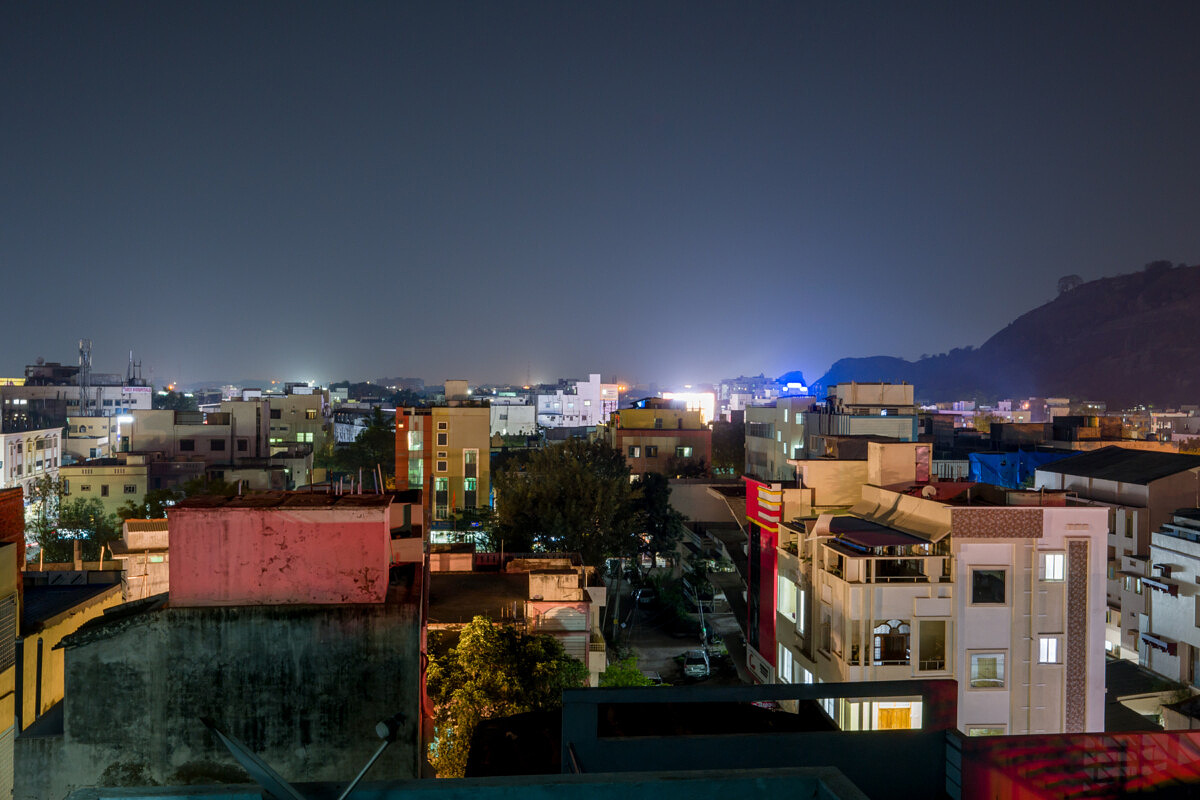
Warangal from the hotel roof. 11-23mm Super-Vario-Elmar-TL (at 23mm). 30 sec (tripod), f/13, ISO 200
Our last day in Warangal, Pastor Jesroon and his family planned a day trip around their home state of Telangana, which took us through a scattering of ruins from the Kakatiya dynasty, through protected forest areas and past lakes and waterfalls (which to our dismay weren’t flowing in the dry season). This outing not only gave me a chance to see the Indian countryside, but also an opportunity to further experiment with the different lenses I had brought, specifically the 11-23mm (18-35mm equiv.). I’ve always been shy of super-wide angles, but India already had me so far out of my comfort zone culturally, it only seemed natural to push my comfort zone photographically as well. Besides, the Kakatiya ruins posed a perfect subject for a super wide lens.
We probably spent most of our time in the car that day, but as the sun fell behind Telangana’s rolling hills and we sped back to Warangal, I couldn’t help but feel immensely satisfied. Just as I was getting comfortable in Warangal, it was now time to leave.
Part II: Andhra Pradesh
The following day we headed a few hours south to meet up with our second host, Pastor Israel. As soon as we pulled up to our new accommodations, I could immediately tell this next leg of our journey was going to be quite the change of pace. After our first week spent in a bustling, sleepless city of 12 million, we were now tucked away in a quiet lakeside oasis in the Andhra Pradesh countryside.
I would spend the next few mornings exploring our hotel, the Vijay Vihar Resort, and the wildlife that called it home. I would wake up at sunrise, sip my garam chai and watch as exotic birds, wild boars and rhesus monkeys got about the day. Again, I found myself grateful for the variety of lenses I had brought. The 60mm APO-Macro-TL allowed me to get closer to nature both near and far. I was warned to not get too close to the monkeys, so the 90mm (equiv.) focal length gave me enough reach to get the shot, without riling up my excitable subjects. On the opposite end of the focusing scale, the macro function allowed me to capture the color and details of Vijay Vihar’s lush landscape.
After my morning retreats, our entourage would head out for the afternoon. We spent most of our time in small towns and gypsy villages, each with its own characters and story to tell. Often times, the entire village would be waiting as we pulled up in our van, throwing marigold petals, beating drums, and bearing welcome banners. By this point in the trip I had learned to smile and accept the excessive, unwanted attention. This was their culture; this was how they welcomed their guests.
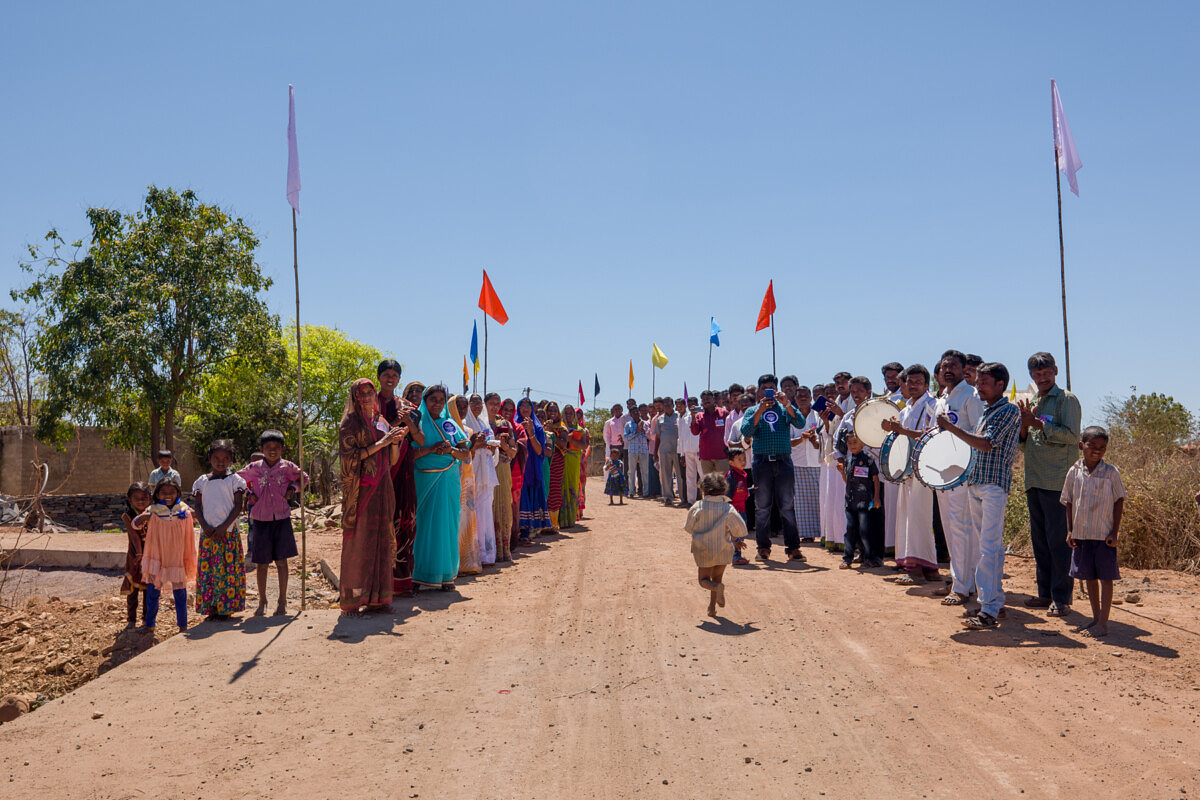
Gypsy village waiting our arrival. 11-23mm Super-Vario-Elmar-TL (at 23mm). 1/320th sec, f/8, ISO 100
For each outing, I would take two lenses with me, usually one wide angle and one longer lens. During the day, I would shoot any combination of lens, but at night I would opt for the faster of the four lenses I brought: the 18mm (28mm equiv.) f/2.8 and the 35mm (50mm equiv.) f/1.4. As an M shooter, the 50mm Summilux-M f/1.4 was always a favorite, so it comes as no surprise that I gravitated towards the CL’s equivalent. Even though I had multiple lenses with me, I still shot with a one-camera-one-lens mentality. I’d pick a lens, mount it, and dedicate myself to that focal length. Changing lenses can often be distracting, causing us unnecessary frustration and missed shots.
The villages gave me the freedom and security to explore and shoot. The communities were small, the people curious and inviting. We were welcomed into homes and offered meals. In one village, I was escorted with beating drums to a woman’s house where I was dressed in her grandmother’s traditional tribal clothing. A crowd of women giggled as they layered me in brightly colored fabrics and jewelry.
After each service or meeting, both in Warangal and in the villages, a local family would prepare a meal for us, which was inevitably always chicken biryani, with the exception of our last communal meal. On our drive to the village, Pastor Israel joked, “Today, we are having bird biryani.” By bird, I assumed he meant chicken. Nope. He meant crow.
Part III: Chennai
We were flying home by way of Chennai, the sixth largest city in India, and Pastor Israel’s home. Arriving in such a sprawling metropolis was a bit of a rude awakening after spending the previous week in remote country villages. Western tourists dotted the lobby of our hotel, Starbucks was just a quick jaunt down the road, restaurant menus offered pizza and hamburgers. We were closer to home already. With only a day in Chennai, we went out for some sightseeing and spent time with Pastor Israel’s family.
Part IV: Home
Of the 1,500 photos I took during my two weeks in India, about 500 were taken with the 35mm, another 500 with the 18mm, 350 with the 11-23mm, and 150 with the 60mm.
If I had to pick only one lens for the CL, it would hands-down be the 35mm (50mm equiv.) Summilux. I might be a little biased as a die-hard 50mm shooter, but focal length aside, the Lux proved its worth over and over again. With a two-stop advantage over the other lenses in my bag, it let me take on tricky handheld night shots without resorting to slow shutter speeds or ridiculously high ISO's. As the only Summilux in the TL system, it rivaled its full-frame equivalents in terms of sharpness and bokeh. I was also surprised by the shallow depth of field I was able to achieve with an APS-C sensor, one of my bigger concerns of giving up full frame. I’m crossing my fingers that Leica will introduce more Summilux lenses for the C/TL system.
When packing for this trip, I threw both the 11-23mm (18-35mm equiv.) and the 60mm (90 equiv.) in my bag thinking maybe I’d use them once or twice for the occasional architectural or macro shot. I was surprised by how much I actually used both these lenses. Even though I shot significantly less with 60mm, the percentage of “keepers” was much higher than the other lenses. Because it allowed me to capture details both near and far, I had just as many shots with 60mm as the other lenses in my final edit.
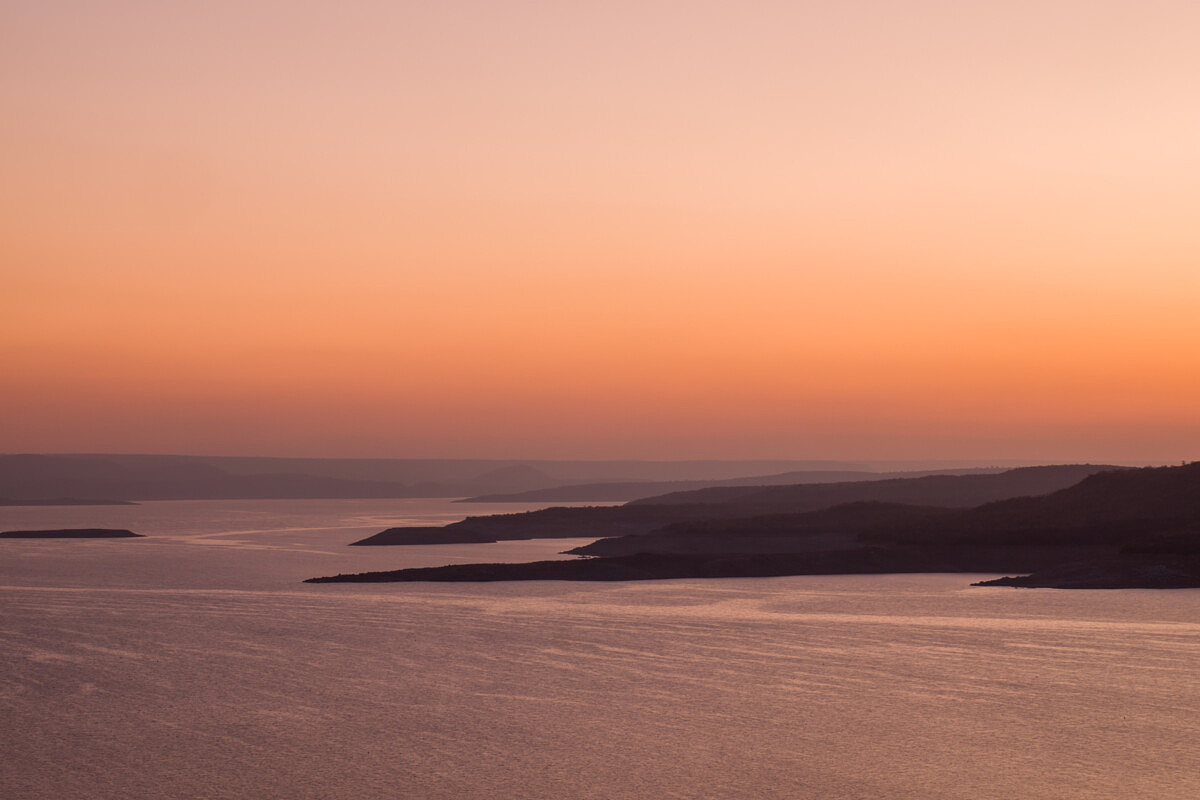
Lake Nagarjuna Sagar at the Vijay Vihar Resort. 60mm APO-Macro-Elmarit-TL. 2 sec (tripod), f/13, ISO 100
The 11-23mm (18-35mm equiv.) was the lens that surprised me the most. I've never been a big fan of zooms or wide angles. Like changing lenses, zooming in and out always felt like more of a distraction than anything else. Not to mention the commonly held notions that distortion in super-wide angles is unavoidable and that zoom lenses aren’t as sharp as their prime counterparts. The 11-23mm, however, breaks all of these stereotypes. Leica has thrown the idea that zoom lenses are inferior out the window. They’ve proved this with the SL’s 24-90mm and 90-280mm lenses, and the 11-23mm furthers their case. It’s sharp edge-to-edge throughout the focal range and distortion, even at the widest setting, is minimal.
With the 18mm (28mm equiv.) attached, the CL weighed a mere pound and was reminiscent of a baby Q. Protruding only one inch from the camera and virtually weightless, I barely knew it was there. Slung across my shoulder and tucked underneath my sari, nobody else knew it was there either. In an environment where eyes were constantly following me, this proved to be the best setup for being discreet.
One lens I didn’t have access to but would have liked to bring along was the 23mm (35mm equiv.) Summicron-TL. A stop faster than the 18mm and only slightly larger, it would have given me a little more wiggle room in low light.
The CL at 24MP has the same resolution as Leica’s full-frame cameras (M, SL, Q), but cramming the same number of pixels onto an APS-C sensor comes at a cost: smaller pixels. This generally results in more modest ISO performance and less dynamic range. This was my biggest concern in shooting APS-C. Would it give me the same image quality that I was used to in my Q and M? APS-C sensors have come a long way in the last few years and I was eager to process the images and see just how close the CL files came to Leica’s full-frame cameras.
In terms of dynamic range, the Leica CL blew me away. In shots that were seemingly blown out, I was able to bring back the highlights in Lightroom and recover an incredible amount of detail.
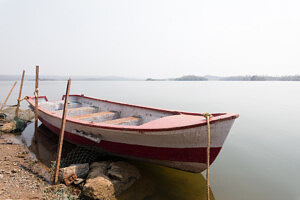
Original file. Boat on Laknavaram Lake. 11-23mm Super-Vario-Elmar-TL (at 13mm). 1/160th, f/8, ISO 100
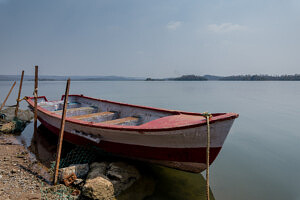
Processed in Lightroom. Boat on Laknavaram Lake. 11-23mm Super-Vario-Elmar-TL (at 13mm). 1/160th, f/8, ISO 100
I was also pleasantly surprised with the CL’s ISO performance. At 3200, the CL produces a nice, clean file with well-defined shadows. Bump it up to 6400 and a well-exposed image with a little noise reduction in Lightroom still makes a clear image. However, push it to 10000 and things fall apart. While I haven’t done a side by side comparison, I feel this is where I could separate the CL from my Q and M files. The full frame sensors could manage at 10,000 what the CL could only handle at 6400. For being a smaller sensor, one stop less of ISO performance and equivalent dynamic range isn’t too shabby at all.
The CL is hands-down Leica’s most compact and versatile interchangeable lens system. While the CL doesn't have the full-frame advantage, it makes up for it in its range of focal lengths and flexibility. I don’t think the CL could ever replace my Q, but it certainly compliment it. Since returning from India, I went on a hiking trip to Zion National Park in Utah. I brought the Q, as well as the CL with the 35mm (50mm equiv.) Summilux and 11-23mm (18-35mm equiv.). This was a nice combination. Not only did this setup provide an extra body – God forbid one were to tumble down Angel’s Landing – but it also gave me a faster 28mm.
Both India and the Leica CL forced me out of my comfort zone. With a camera I never thought I would shoot, in a country I never dreamt of traveling to, I broke my own rules and discovered a new way of shooting.
More Images
- 35mm Summilux-TL. 1/250th sec, f/1.4, ISO 125.
- 35mm Summilux-TL. 1/250th sec, f/4, ISO 1000.
- 11-23mm Super-Vario-Elmar-TL (at 14mm). 1/125th sec, f/4, ISO 100
- 35mm Summilux-TL. 1/250th sec, f/13, ISO 250.
- 35mm Summilux-TL. 1/400th sec, f/8, ISO 100
- 35mm Summilux-TL. 1/250th sec, f/5.6, ISO 100
- 35mm Summilux-TL. 1/800th sec, f/1.4, ISO 125.
- 35mm Summilux-TL. 1/2000th sec, f/4, ISO 100.
- 18mm Elmarit-TL. 1/125th sec, f/11, ISO 200
- 11-23mm Super-Vario-Elmar-TL (at 23mm). 1/250th sec, f/4.5, ISO 125
- 11-23mm Super-Vario-Elmar-TL (at 14mm). 1/60th sec, f/4.5, ISO 2500
- 18mm Elmarit-TL. 1/60th sec, f/3.2, ISO 640
- 60mm APO-Macro-Elmarit-TL. 1/125th, f/3.2, ISO 3200
- 18mm Elmarit-TL. 1/250th sec, f/2.8, ISO 1000
- 11-23mm Super-Vario-Elmar-TL (at 11mm). 1/250th sec, f/3.5, ISO 100
- 18mm Elmarit-TL. 1/160th sec, f/13, ISO 100.
- 18mm Elmarit-TL. 1/500th sec, f/5.6, ISO 160.
- 60mm APO-Macro-Elmarit-TL. 1/320th, f/2.8, ISO 100
- 60mm APO-Macro-Elmarit-TL. 1/400th, f/2.8, ISO 100
- 18mm Elmarit-TL. 1/125th sec, f/11, ISO 200
- 60mm APO-Macro-Elmarit-TL. 1/250th, f/2.8, ISO 125
- 35mm Summilux-TL. 1/125th sec, f/1.4, ISO 200
- 35mm Summilux-TL. 1/125th sec, f/1.4, ISO 160
- 18mm Elmarit-TL. 1/250th sec, f/5.6, ISO 100.
- 18mm Elmarit-TL. 1/250th sec, f/5.6, ISO 100.
- 18mm Elmarit-TL. f/3.5, ISO 125.
- 18mm Elmarit-TL. 1/60th sec, f/2.8, ISO 3200
- 18mm Elmarit-TL. 1/60th sec, f/2.8, ISO 3200
- 35mm Summilux-TL. 1/60th sec, f/1.4, ISO 320
- 35mm Summilux-TL. 1/640th sec, f/4, ISO 100
- 35mm Summilux-TL. 1/60th sec, f/1.4, ISO 2500
- 35mm Summilux-TL. 1/60th sec, f/1.4, ISO 2500
- 11-23mm Super-Vario-Elmar-TL (at 12mm). 12 sec, f11, ISO 100
- 11-23mm Super-Vario-Elmar-TL (at 23mm). 2.5 sec, f/11, ISO 100
- 11-23mm Super-Vario-Elmar-TL (at 23mm). 1/500th sec, f/13, ISO 640
- 18mm Elmarit-TL. 1/125th sec, f/5.6, ISO 400
- 35mm Summilux-TL. 1/250th sec, f/4.5, ISO 3200
- 60mm APO-Macro-Elmarit-TL. 1/640th, f/2.8, ISO 100
- 60mm APO-Macro-Elmarit-TL. 1/30th, f/2.8, ISO 400
- 11-23mm Super-Vario-Elmar-TL (at 11mm). 1/60th sec, f/13, ISO 250
- 11-23mm Super-Vario-Elmar-TL (at 11mm). 1/60th sec, f/13, ISO 250
- 60mm APO-Macro-Elmarit-TL. 1/125th, f/8, ISO 250
- 35mm Summilux-TL. 1/5000th sec, f/1.4, ISO 100
- 35mm Summilux-TL. 1/500th sec, f/4, ISO 100
- 11-23mm Super-Vario-Elmar-TL (at 13mm). 1/160th sec, f/8, ISO 100
- 11-23mm Super-Vario-Elmar-TL (at 13mm). 1/160th sec, f/8, ISO 100

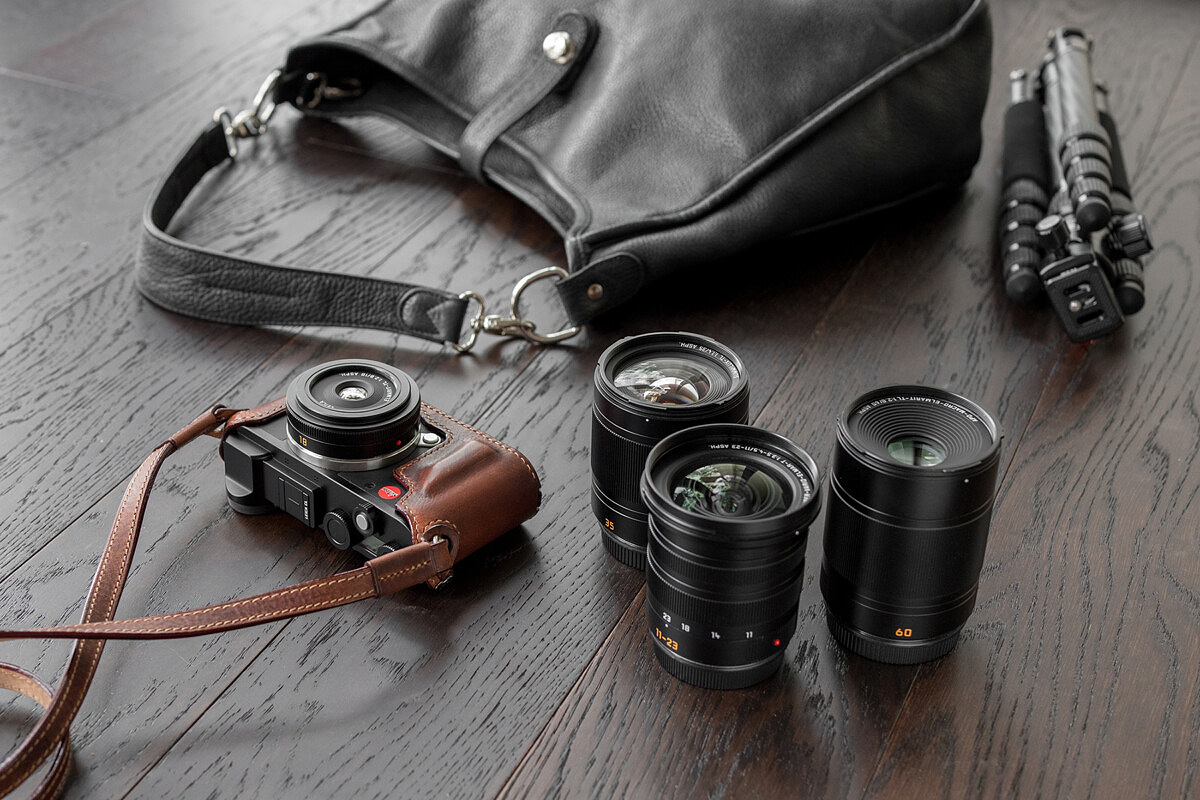
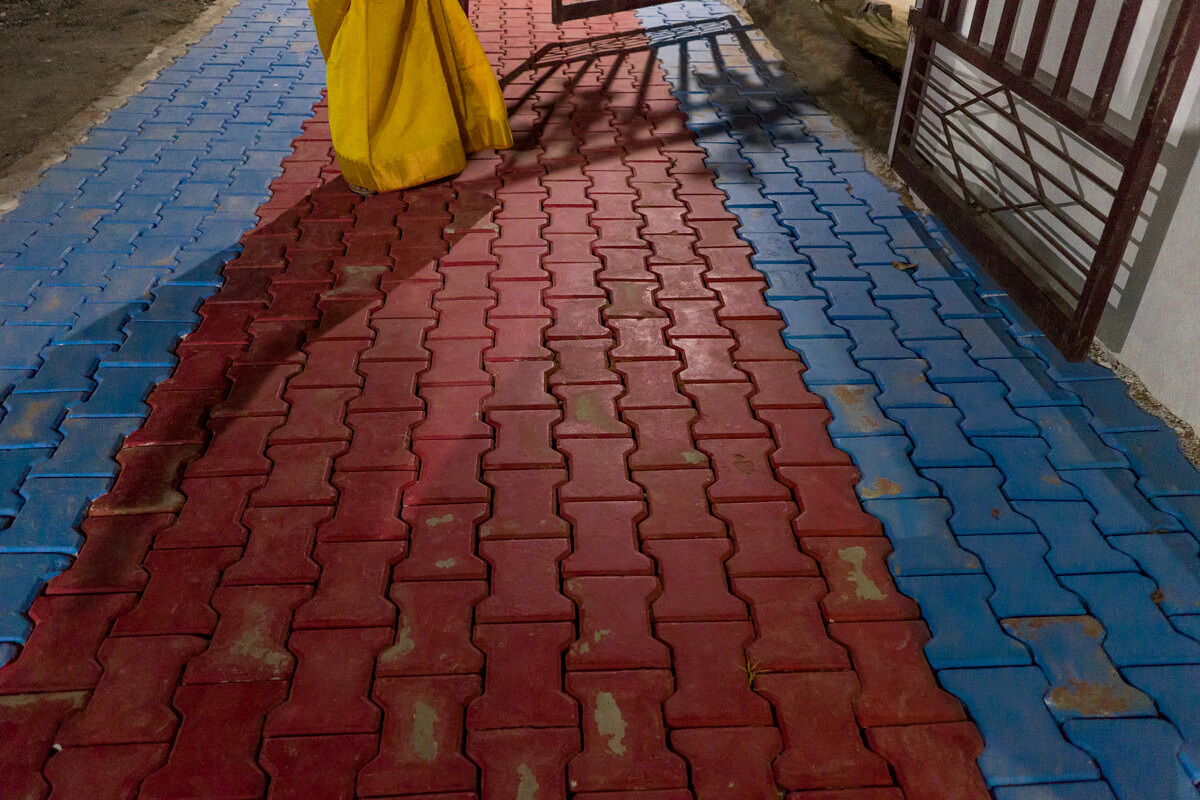
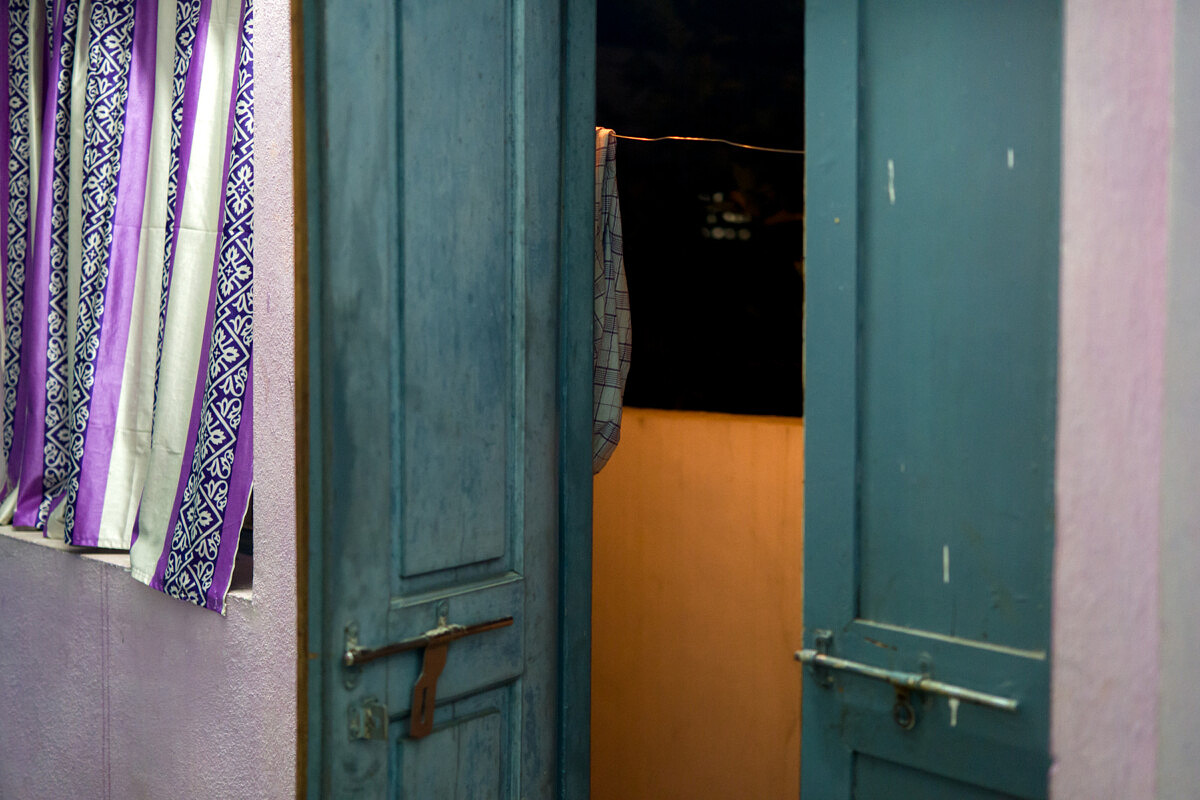
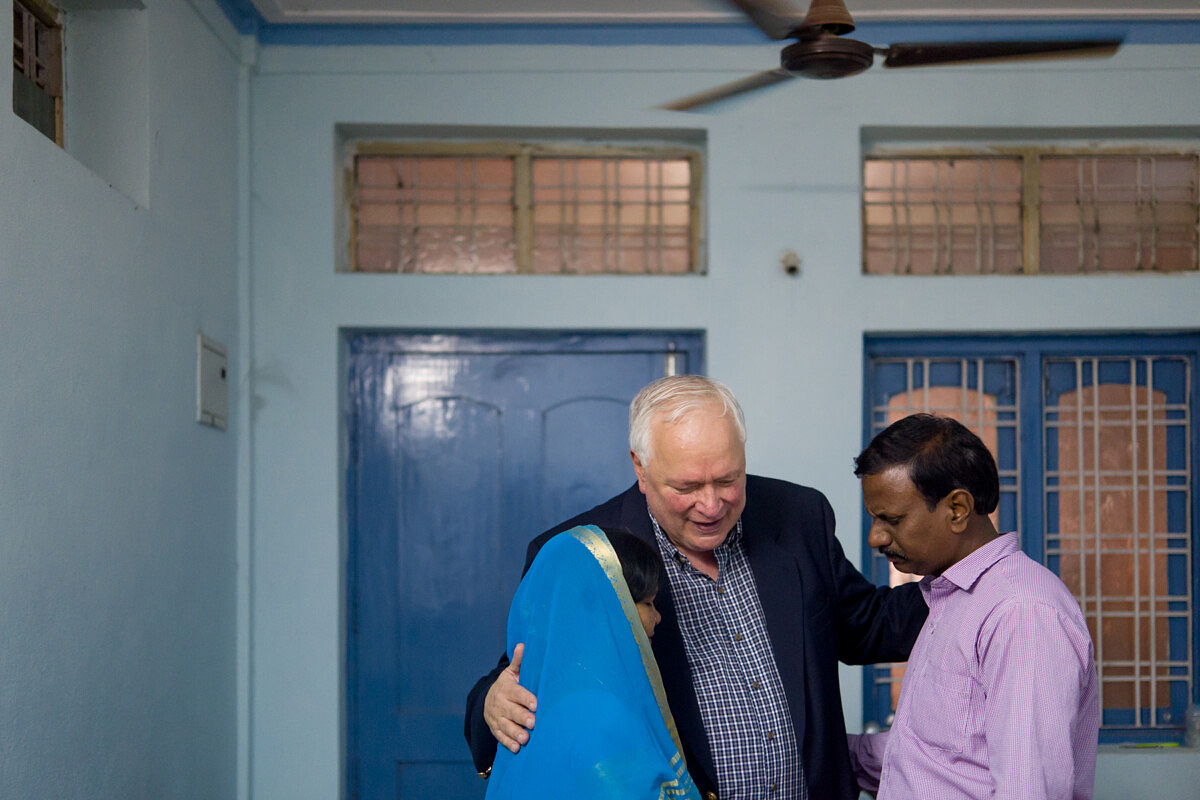
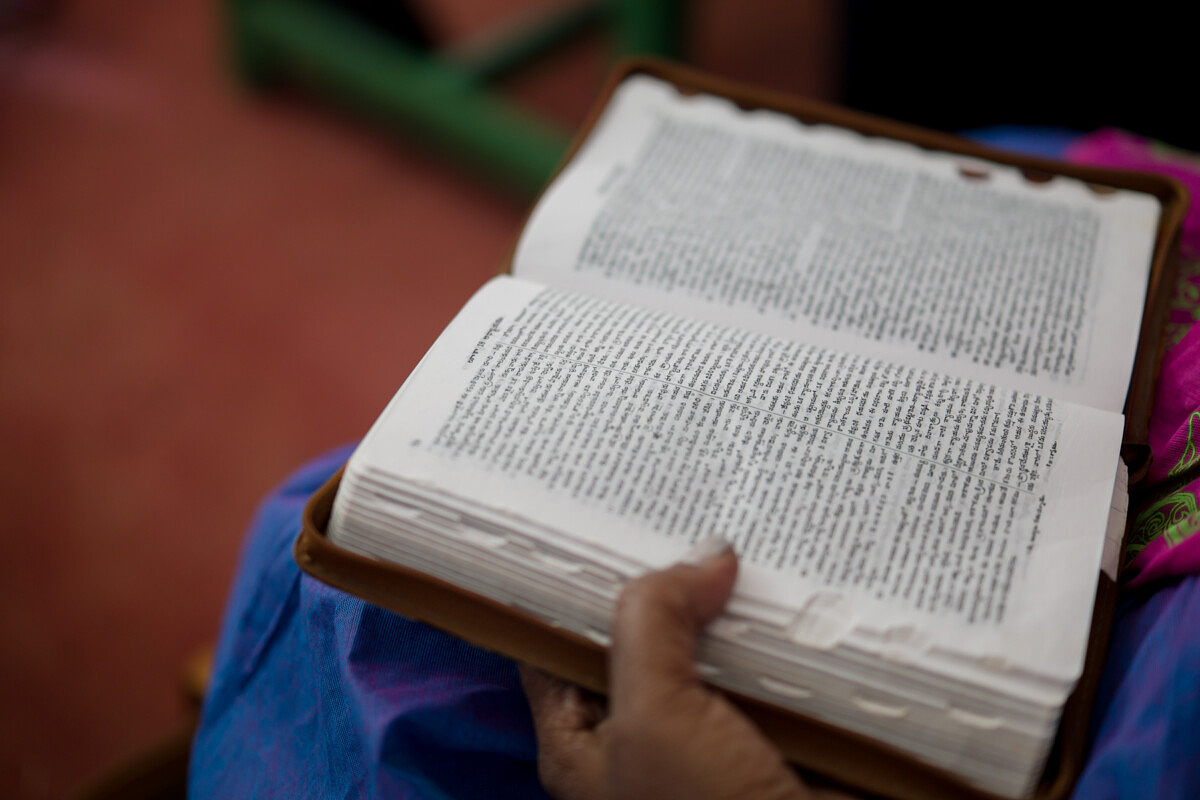
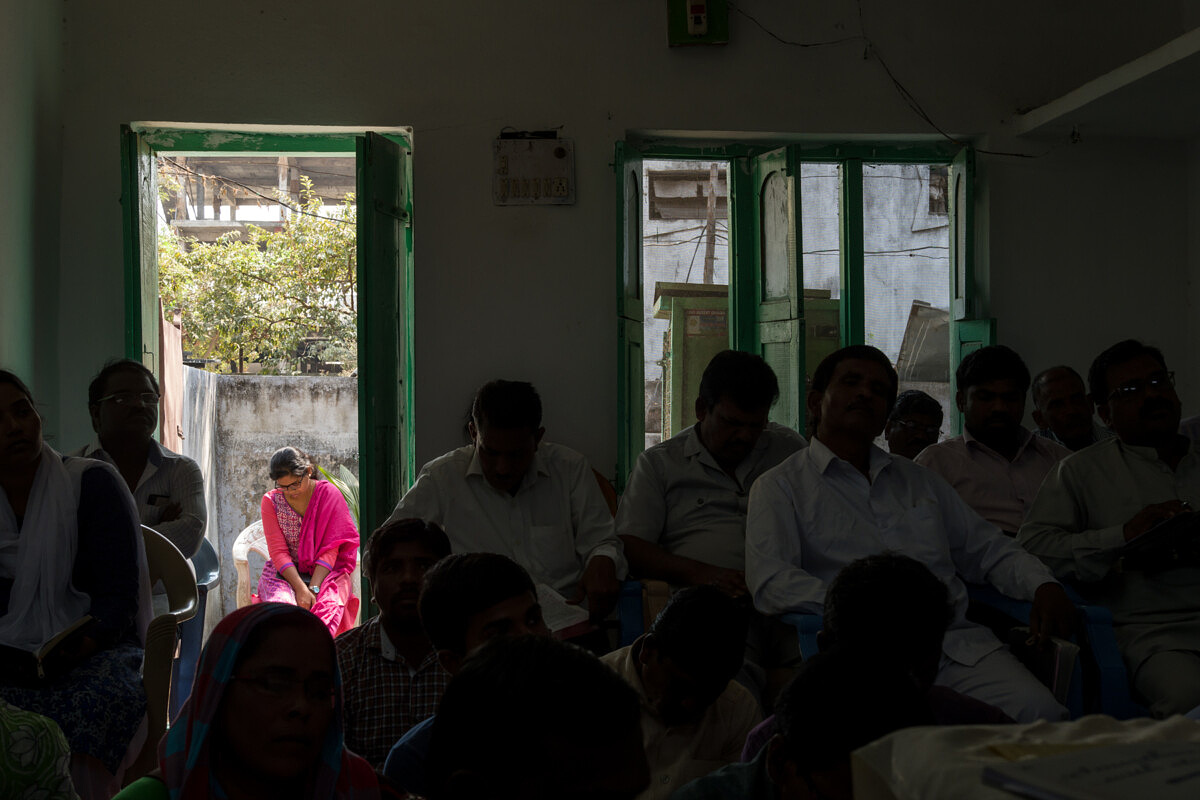
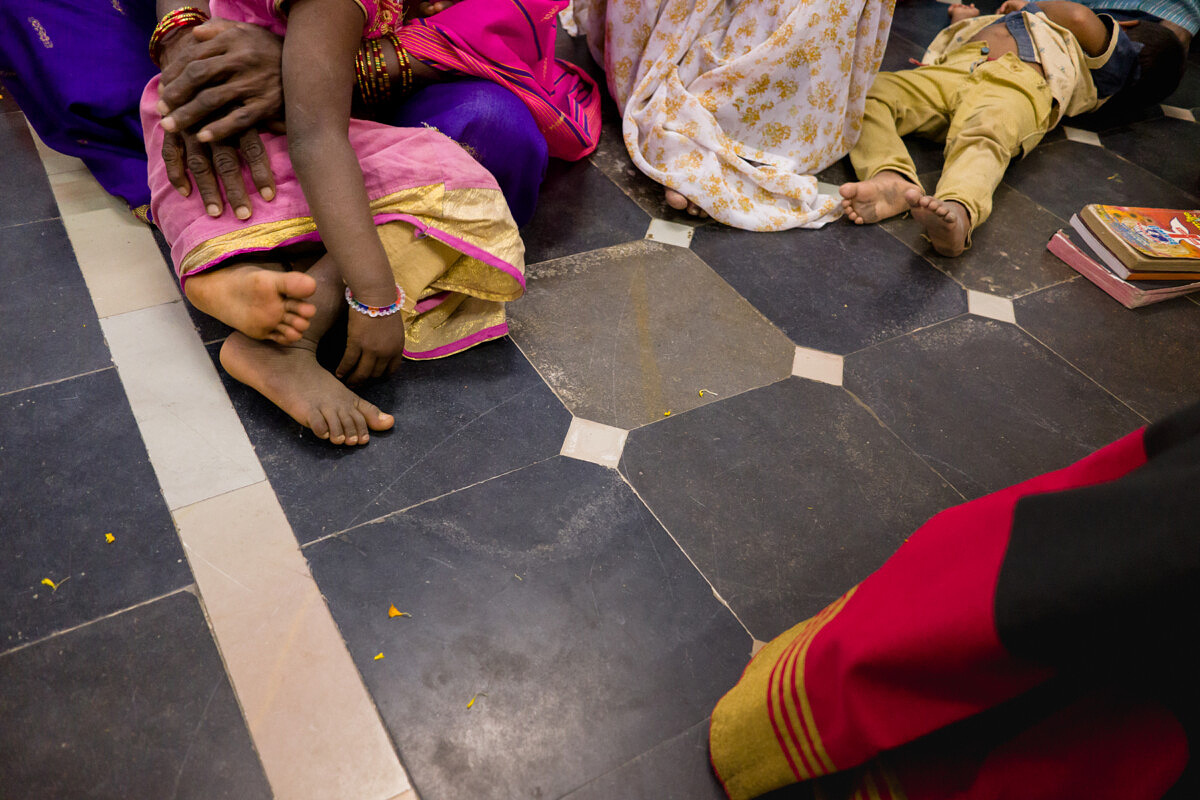
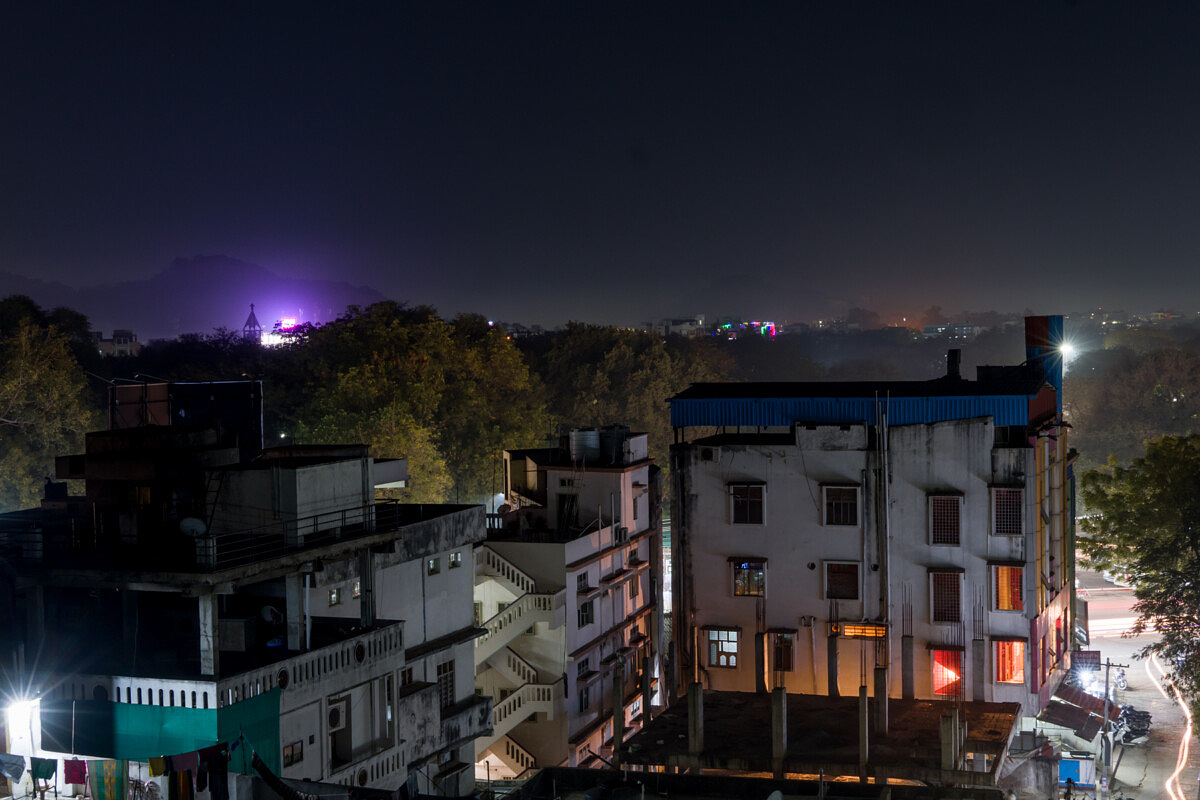
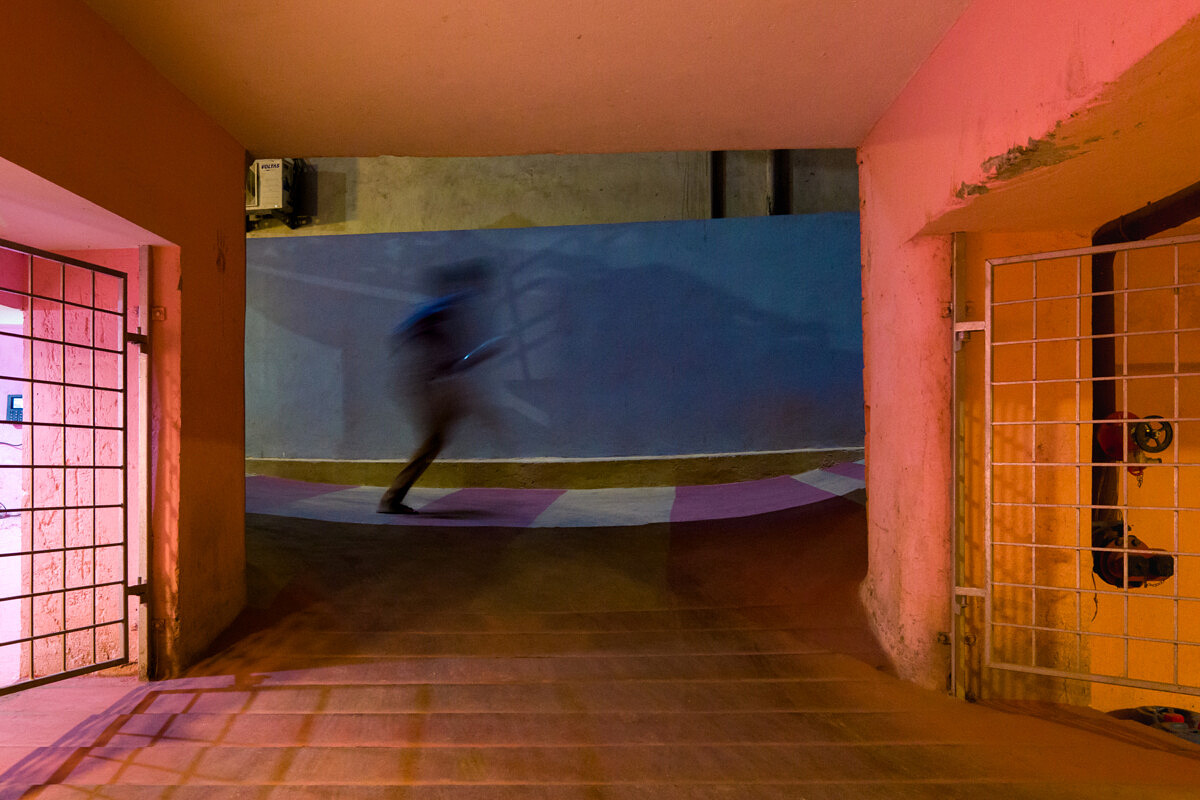
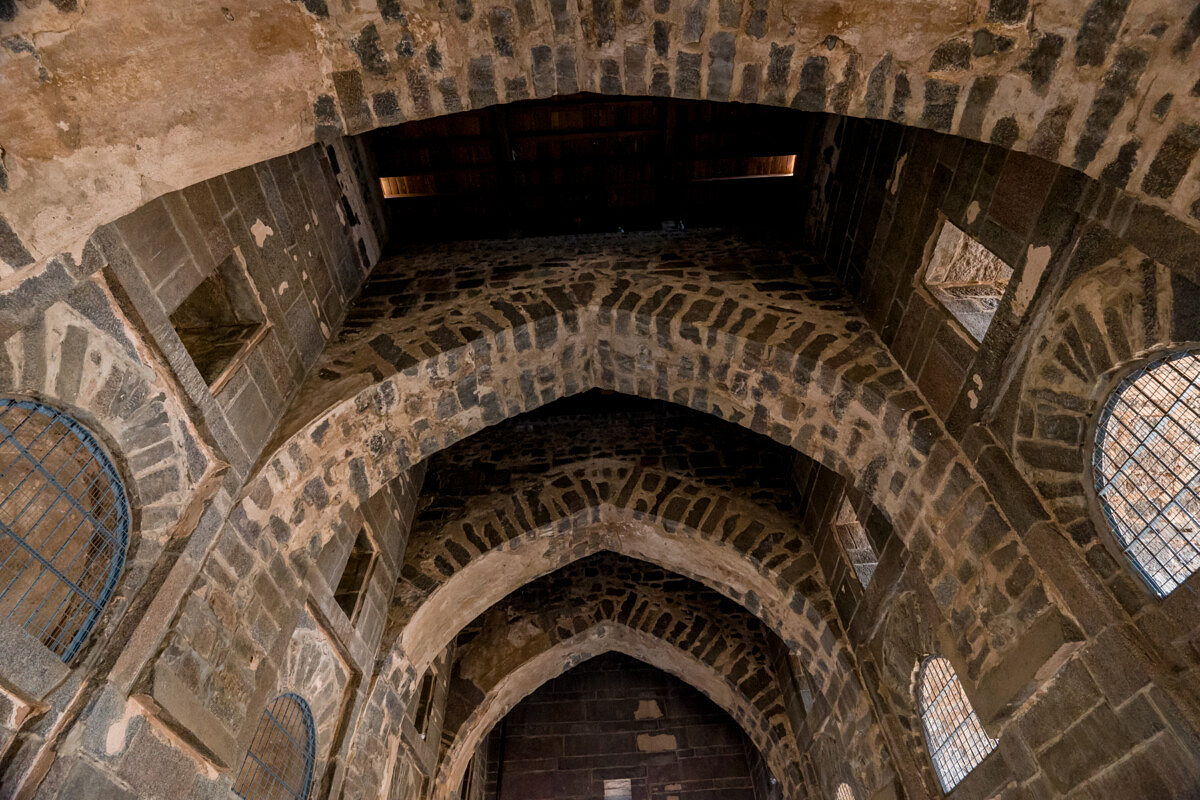
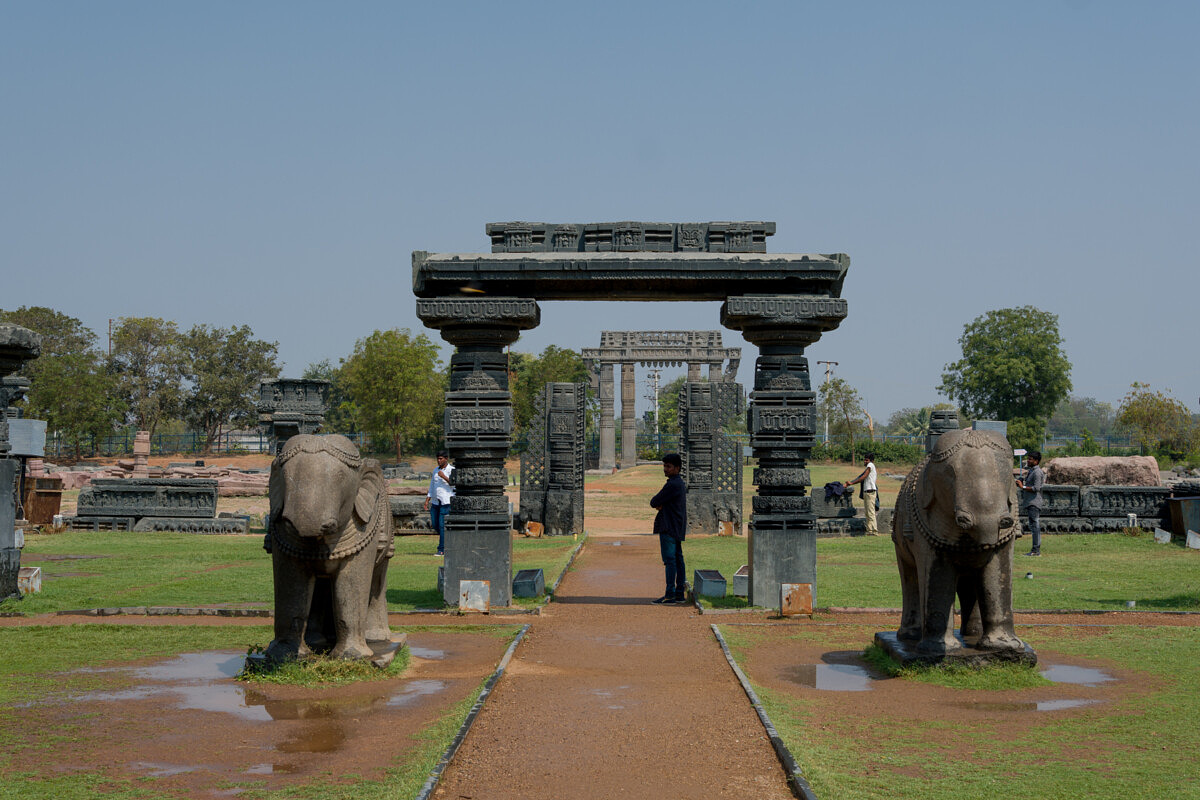
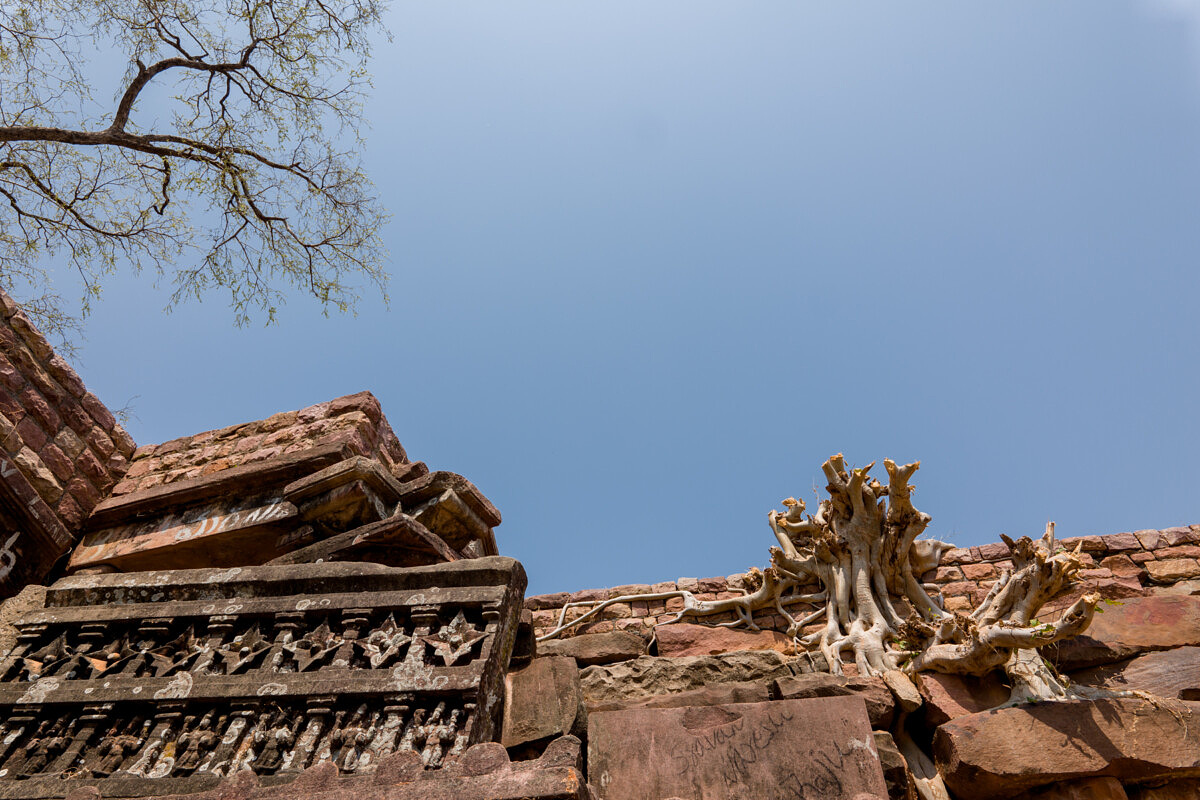
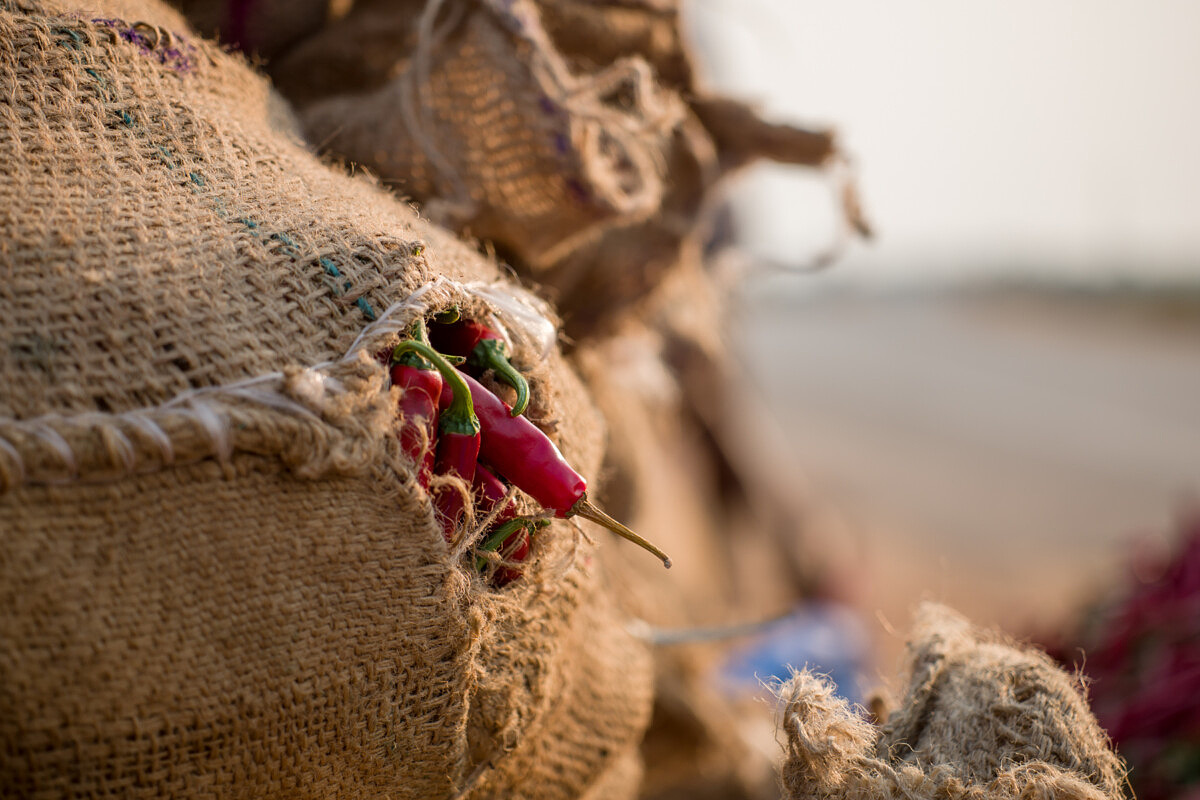
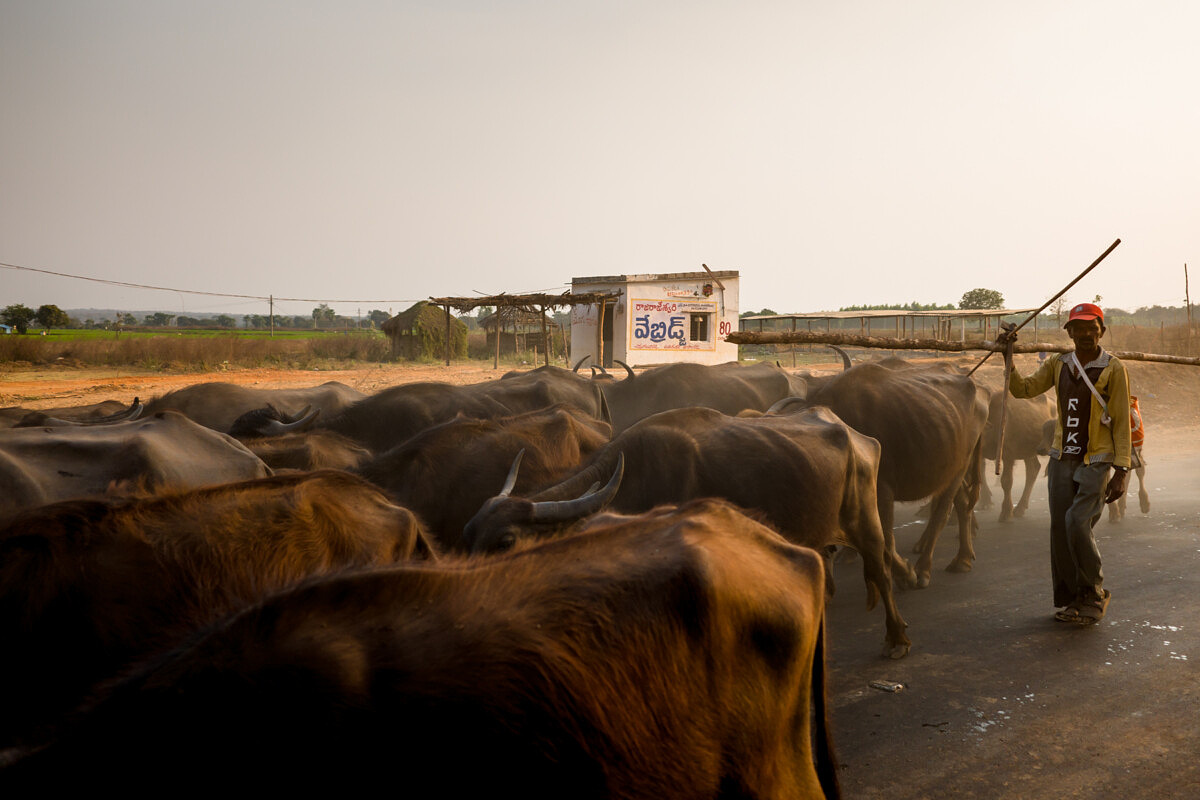
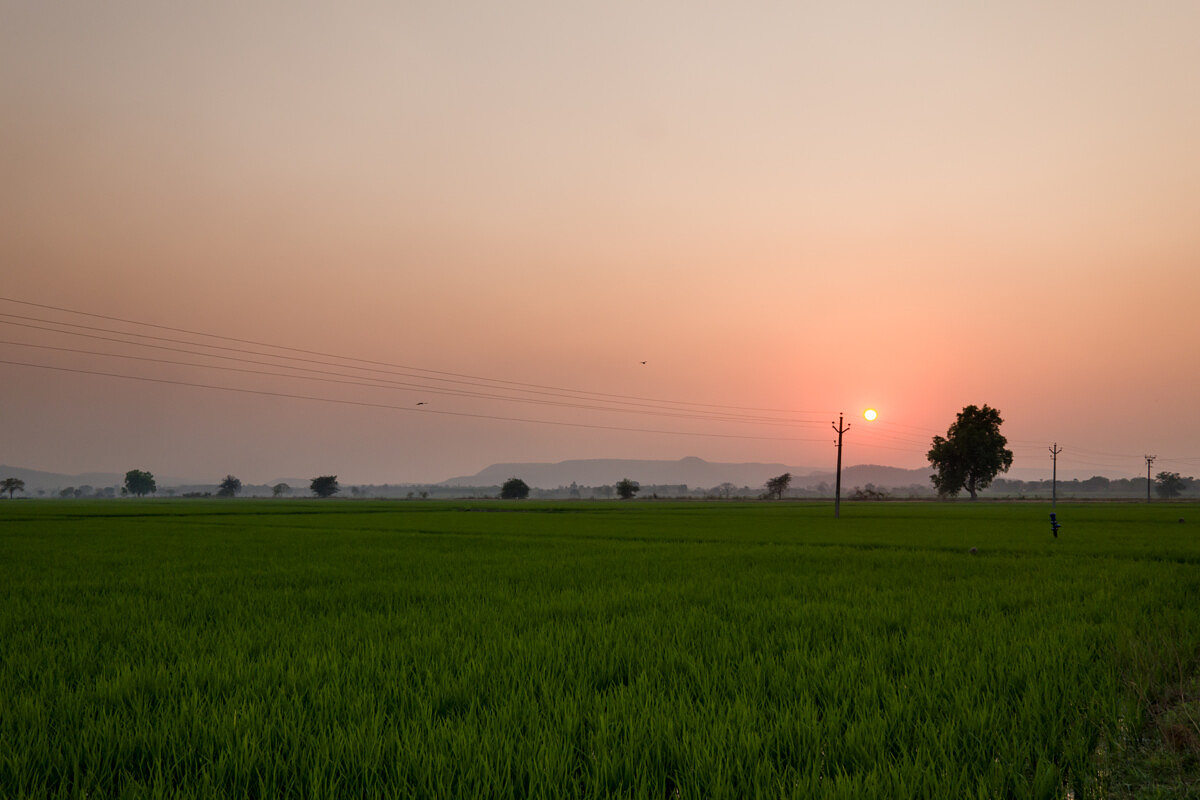
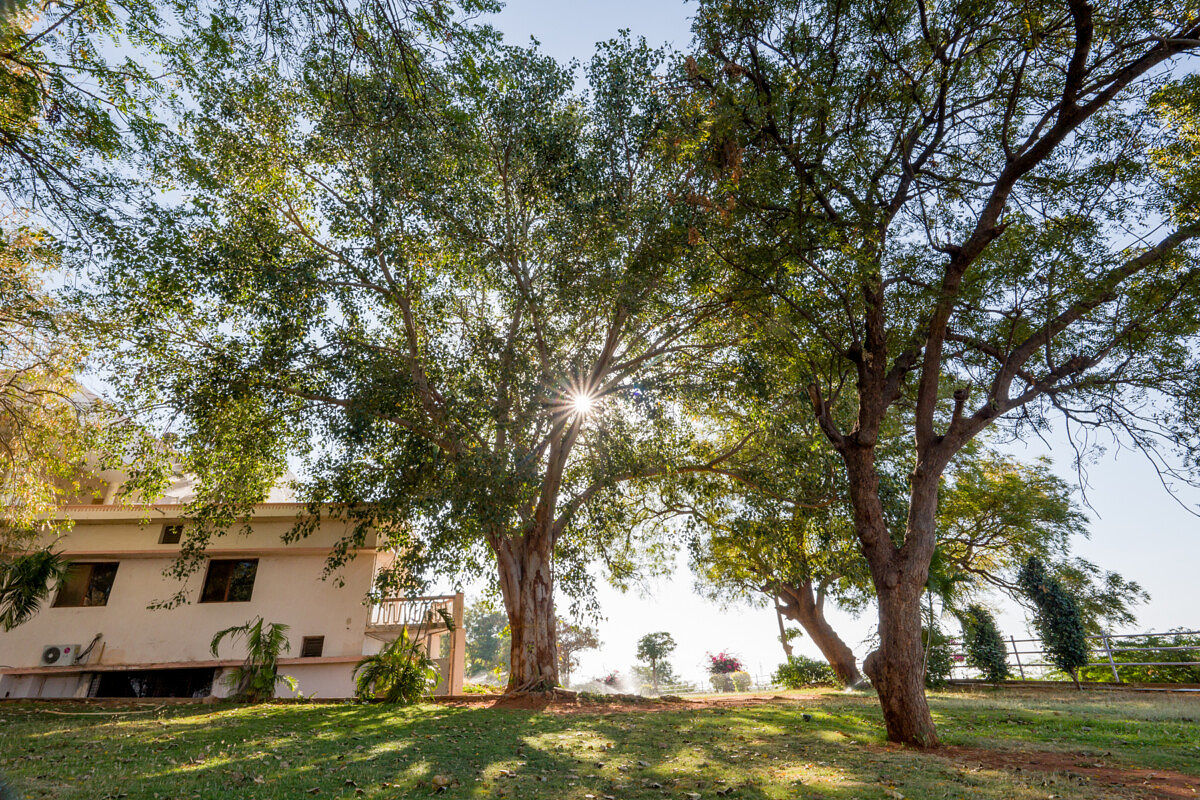
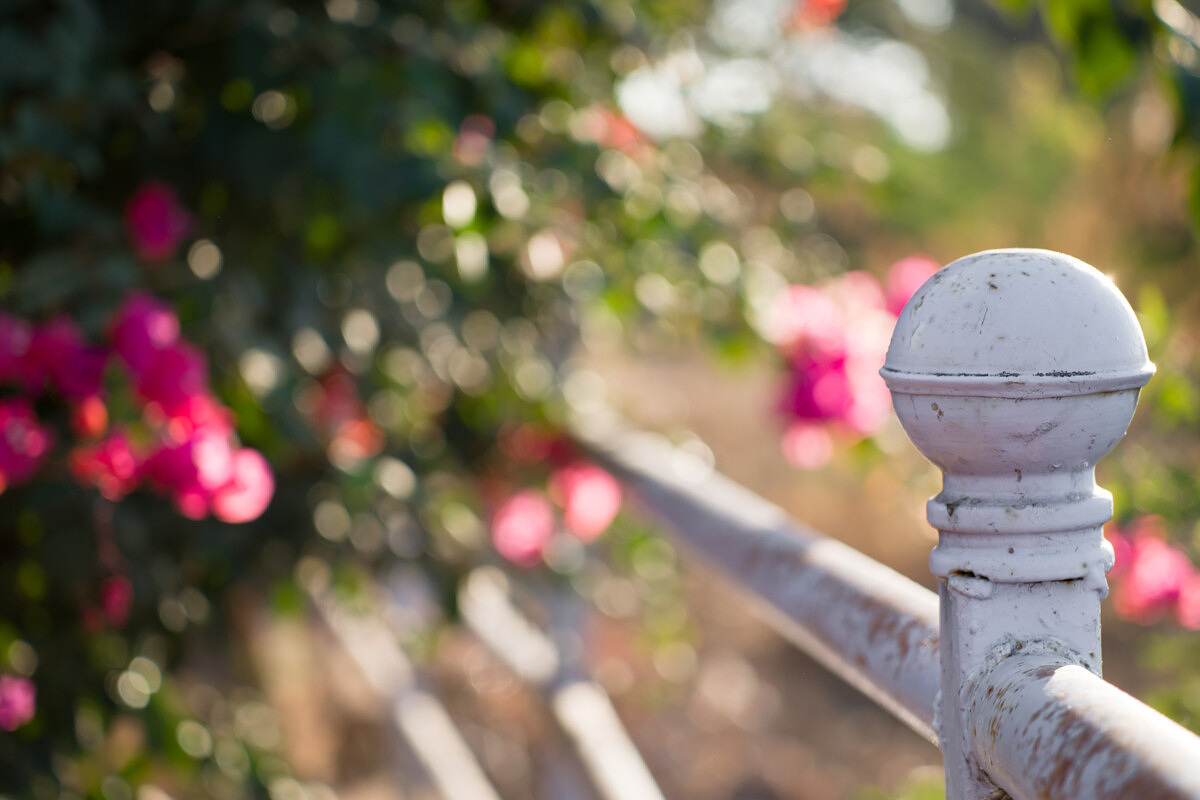
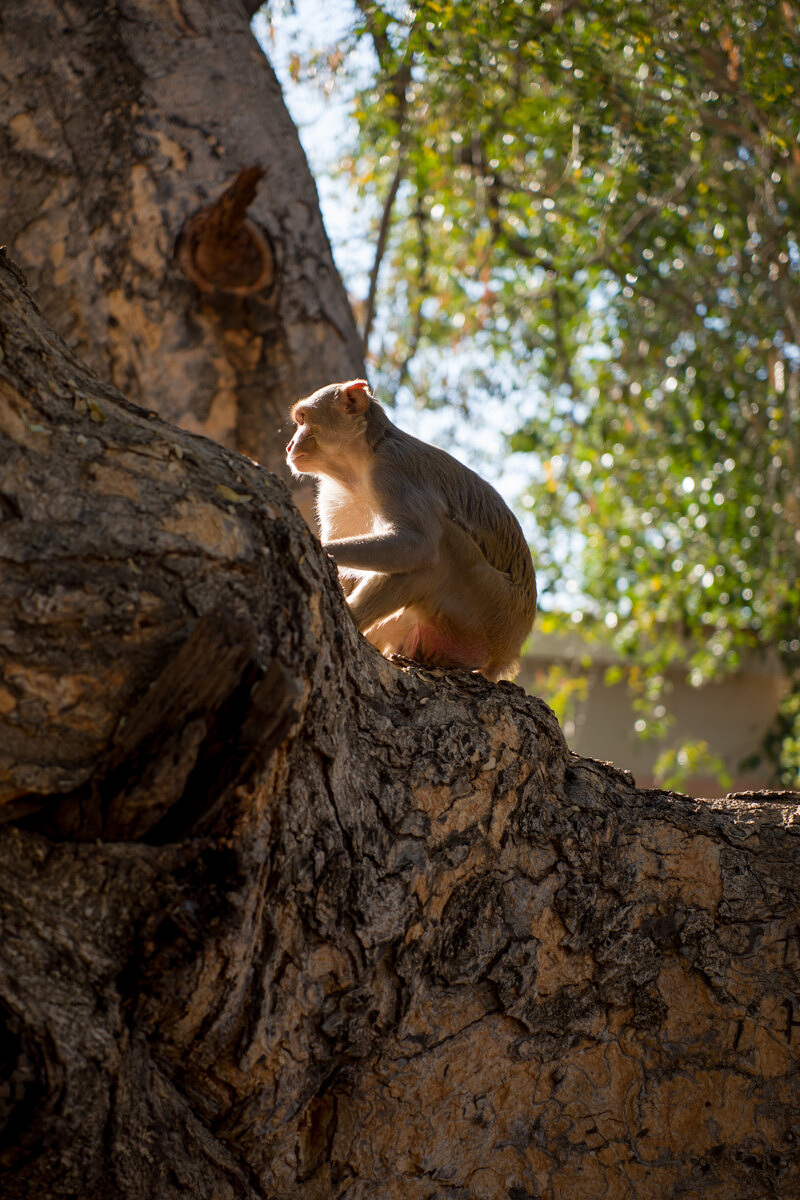
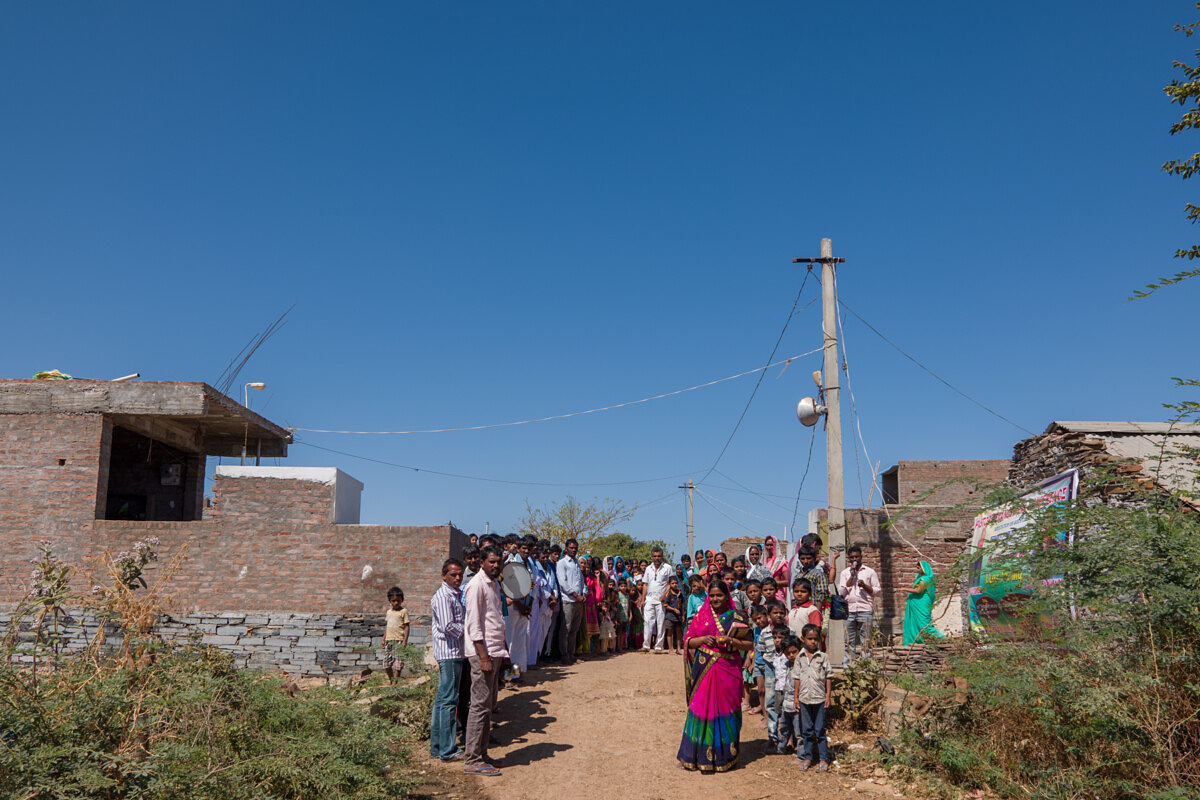
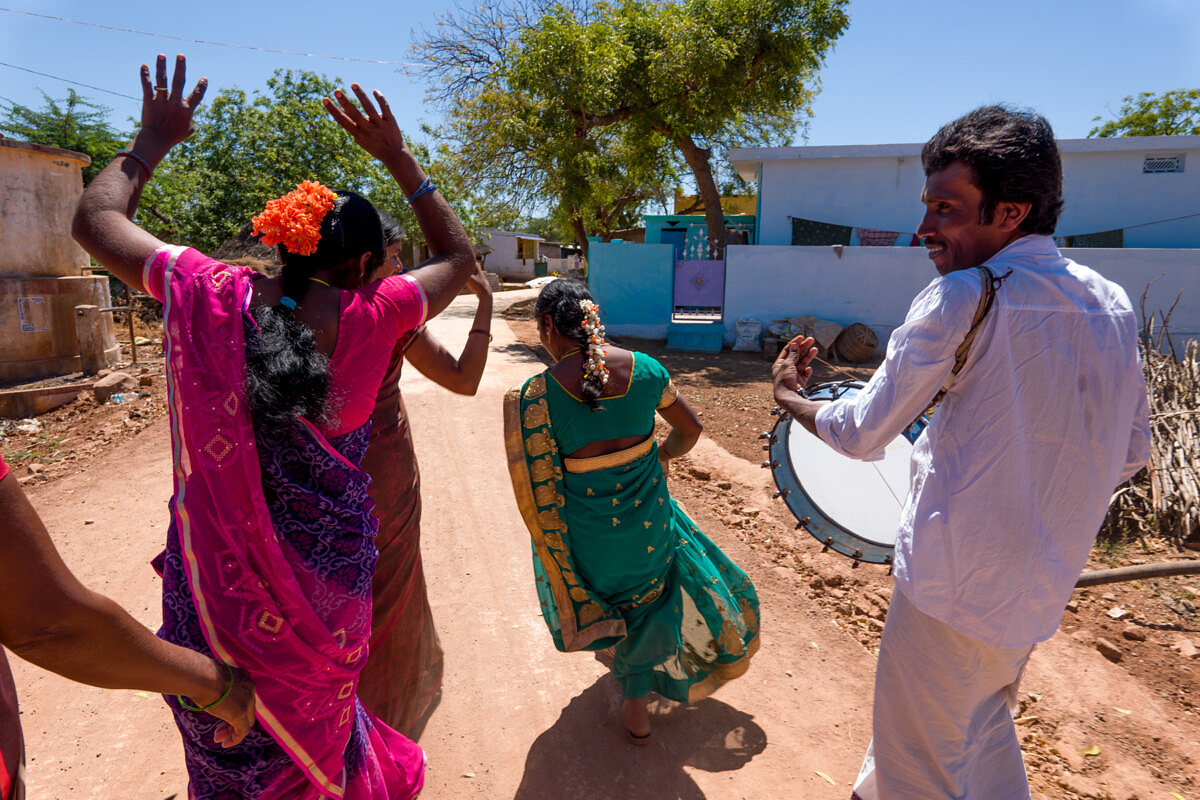
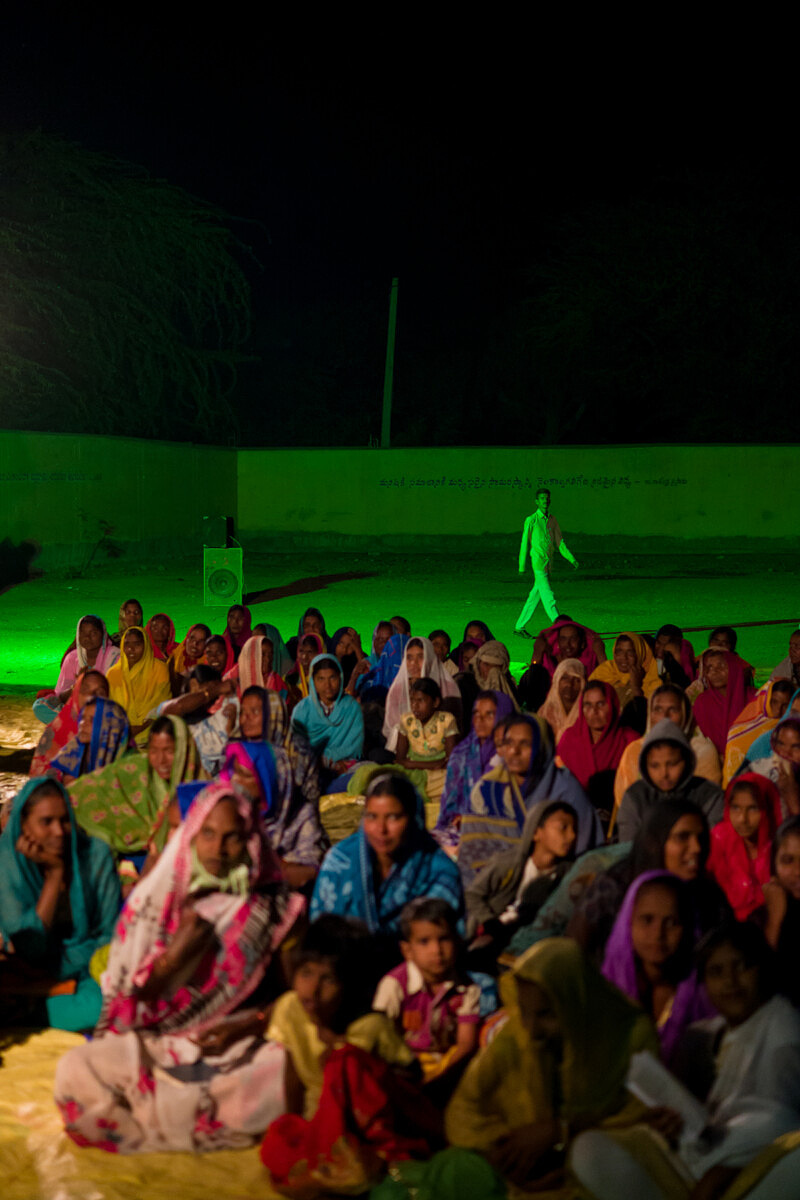
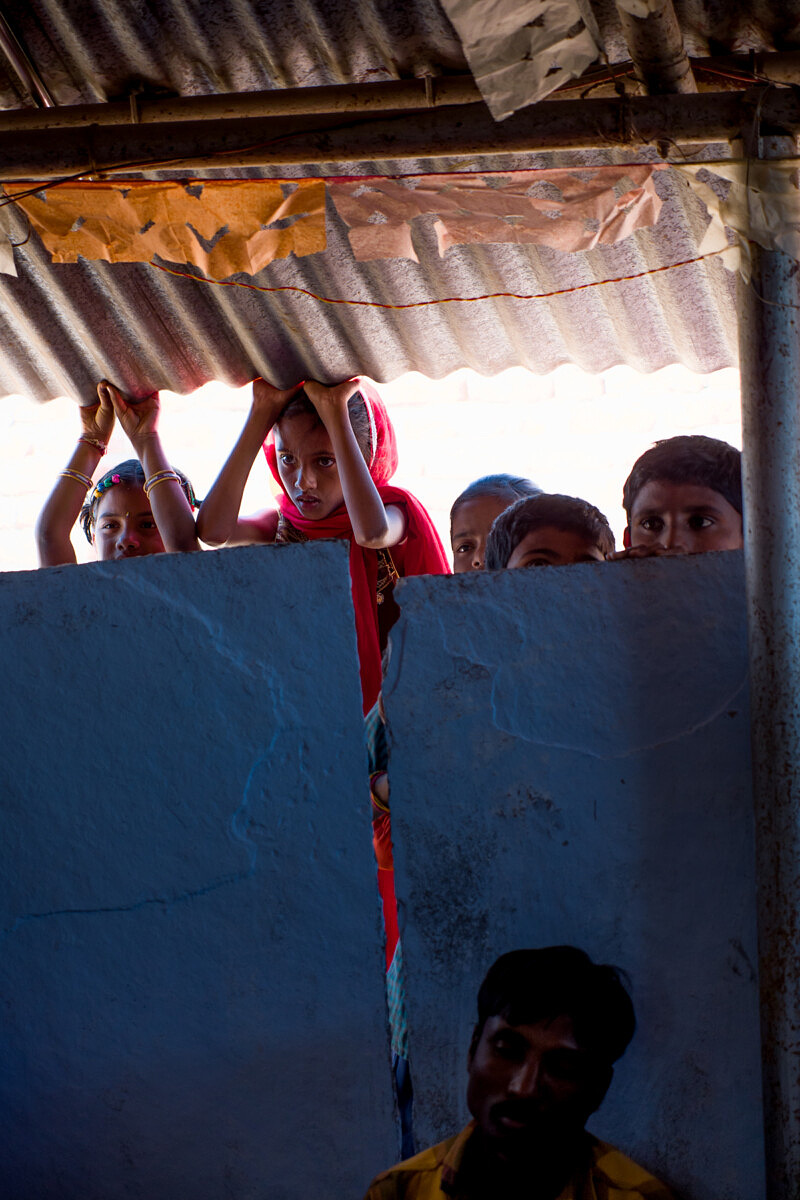
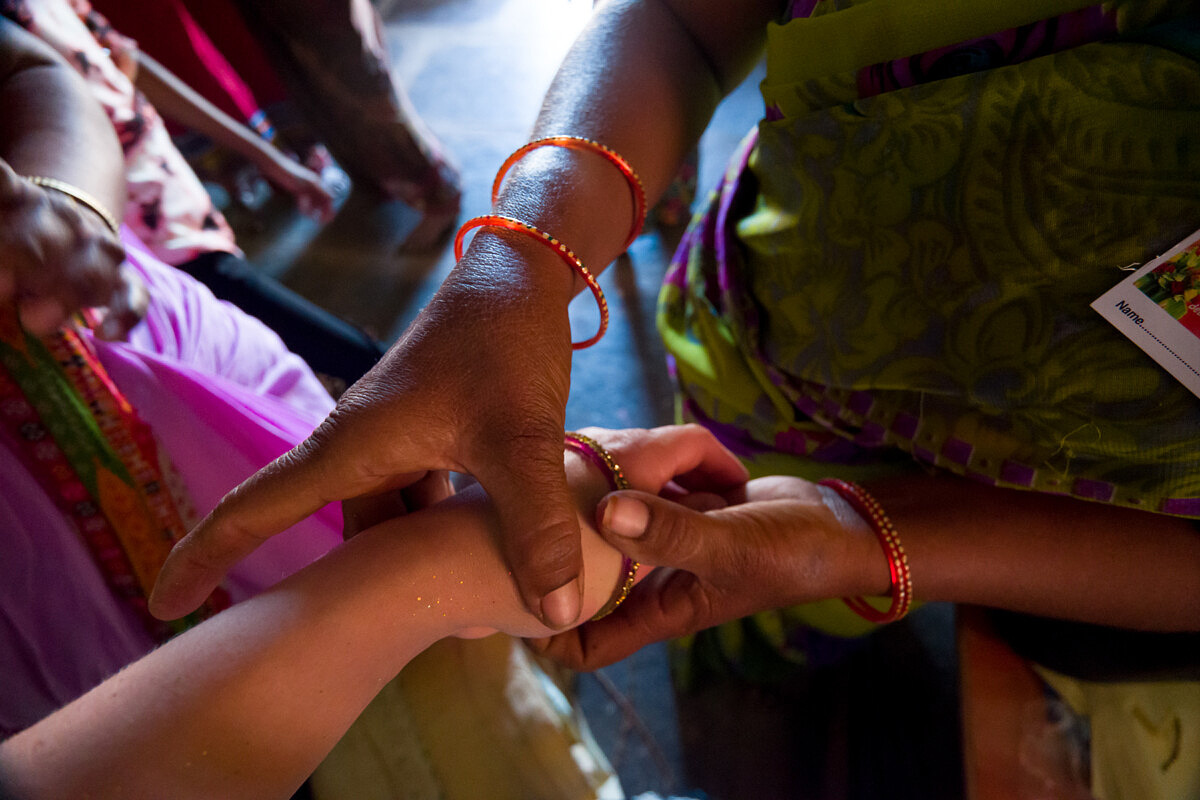
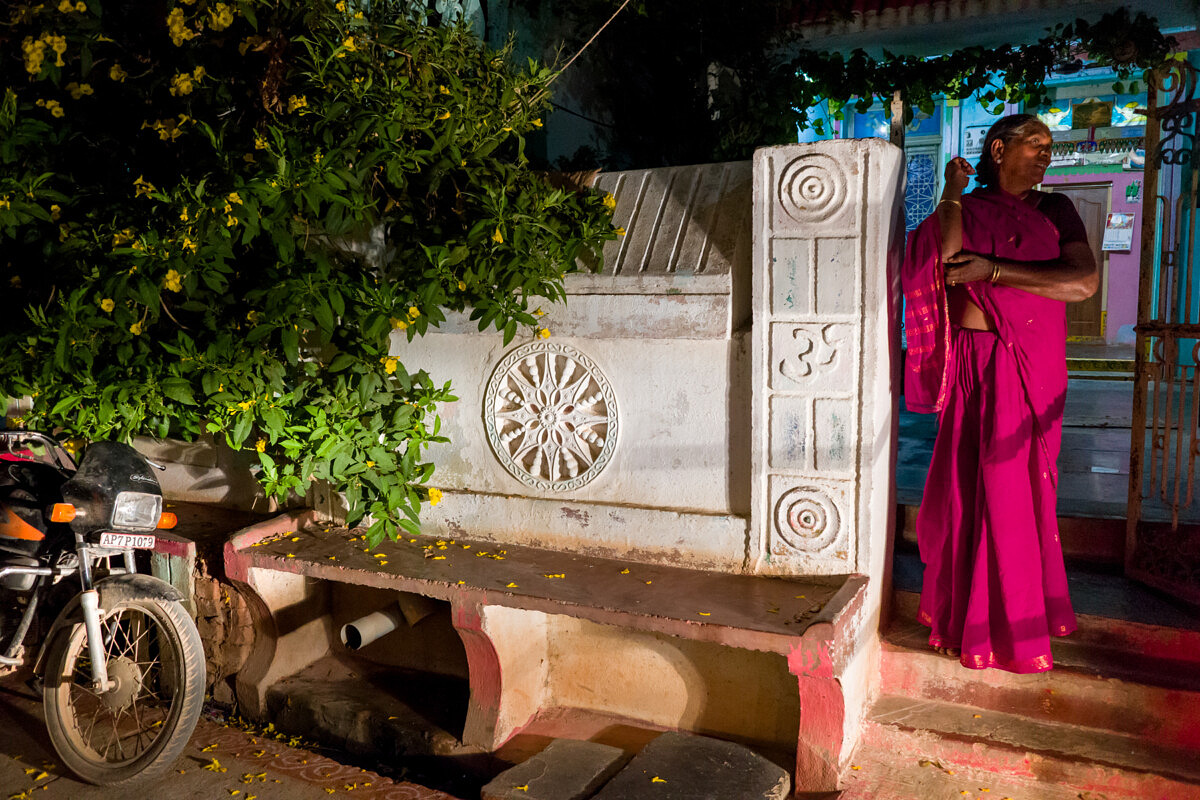
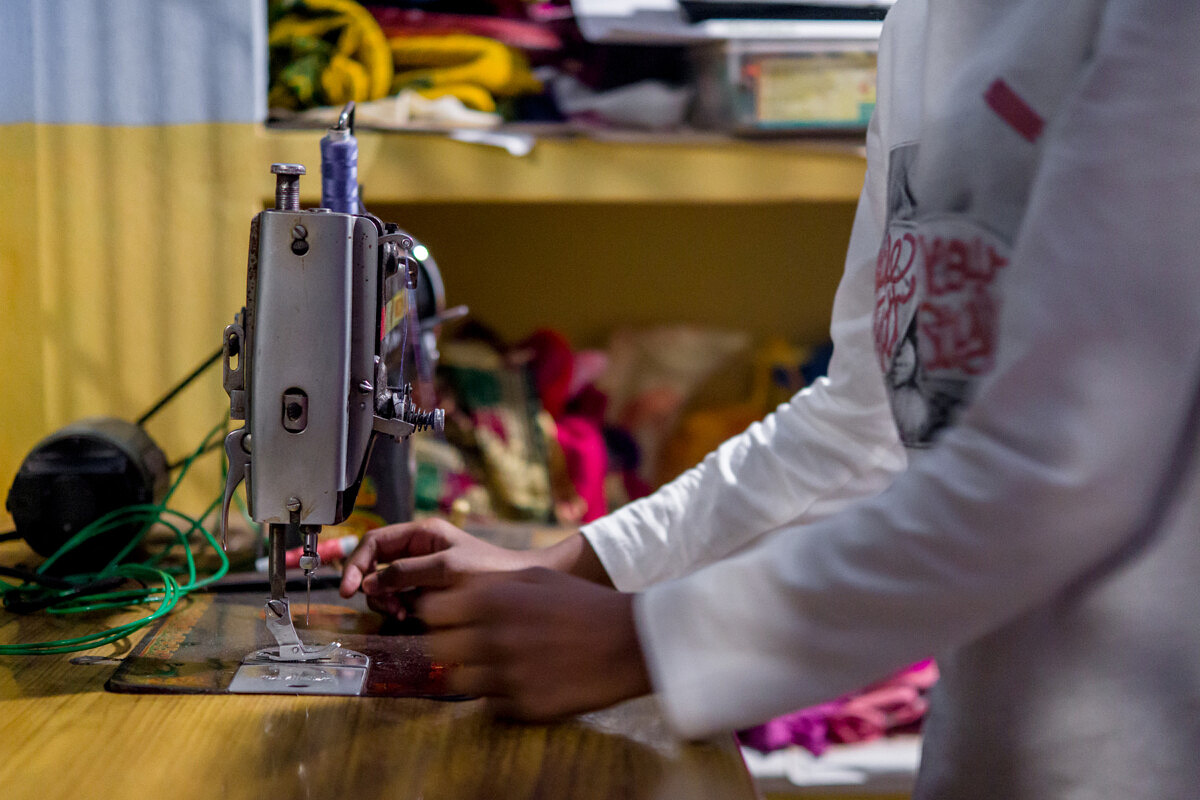
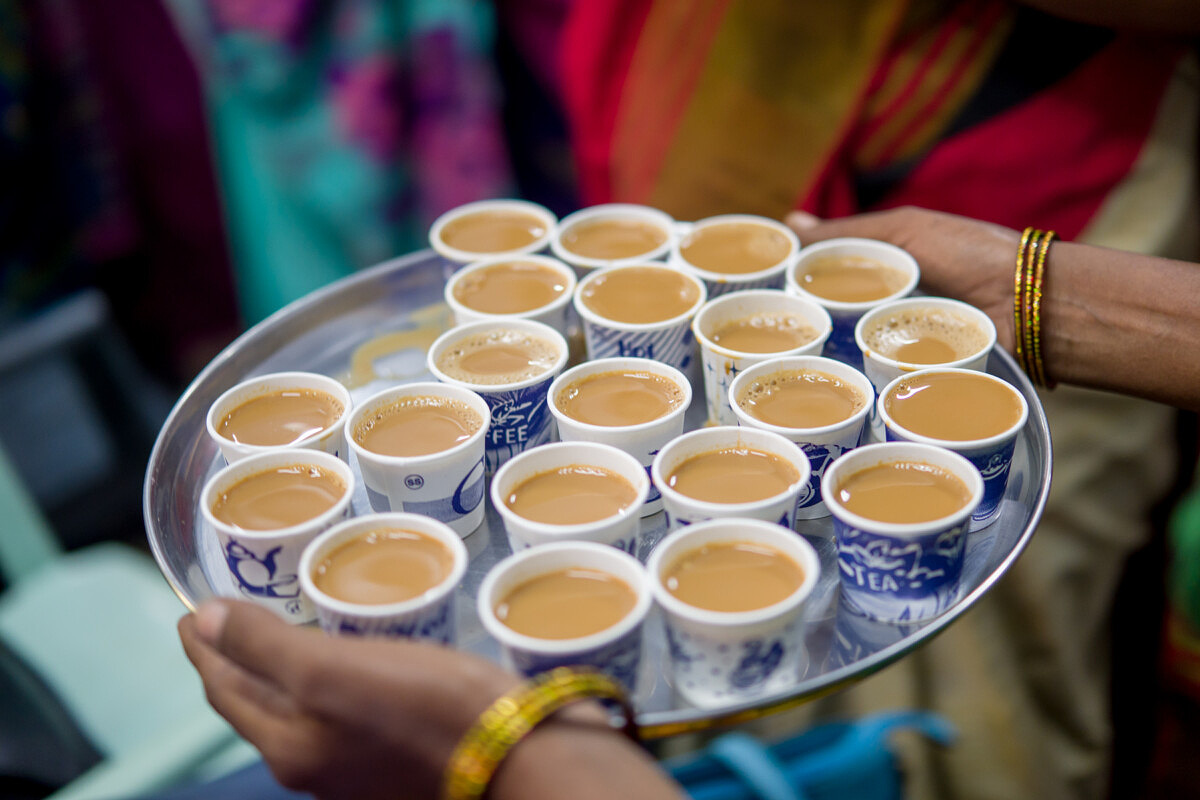
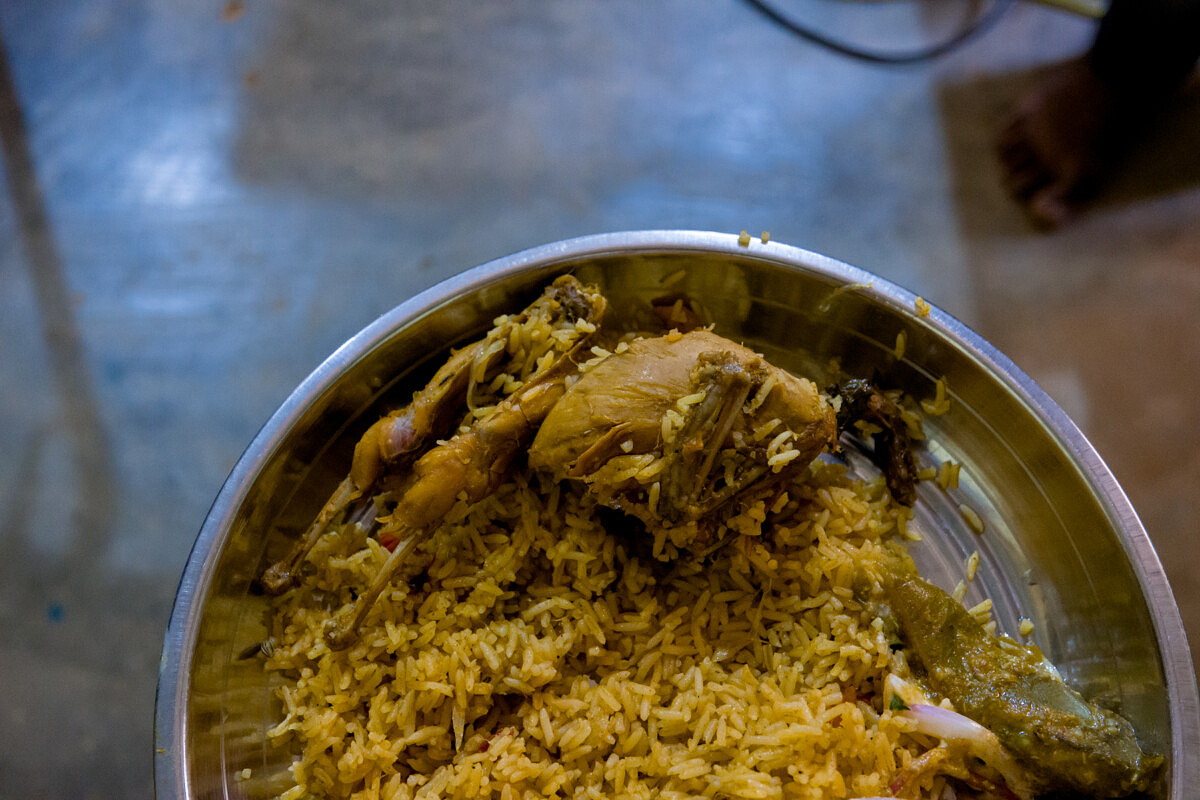
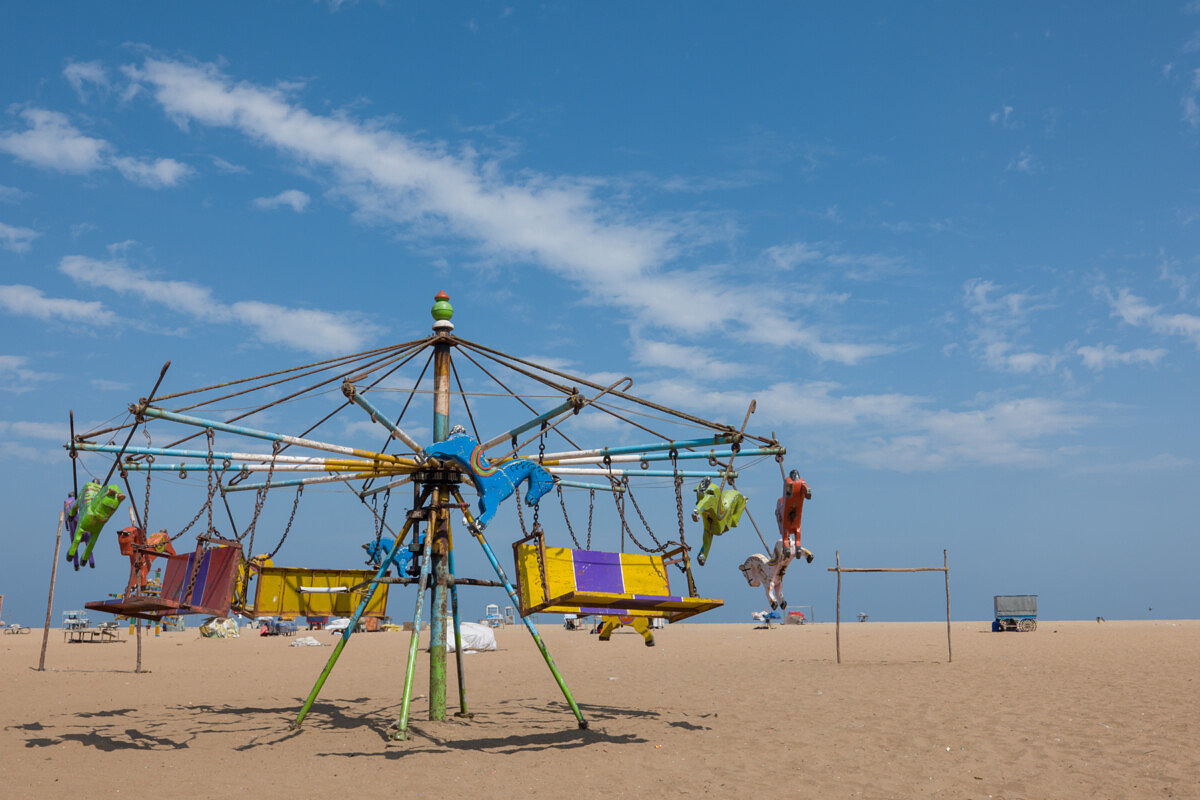
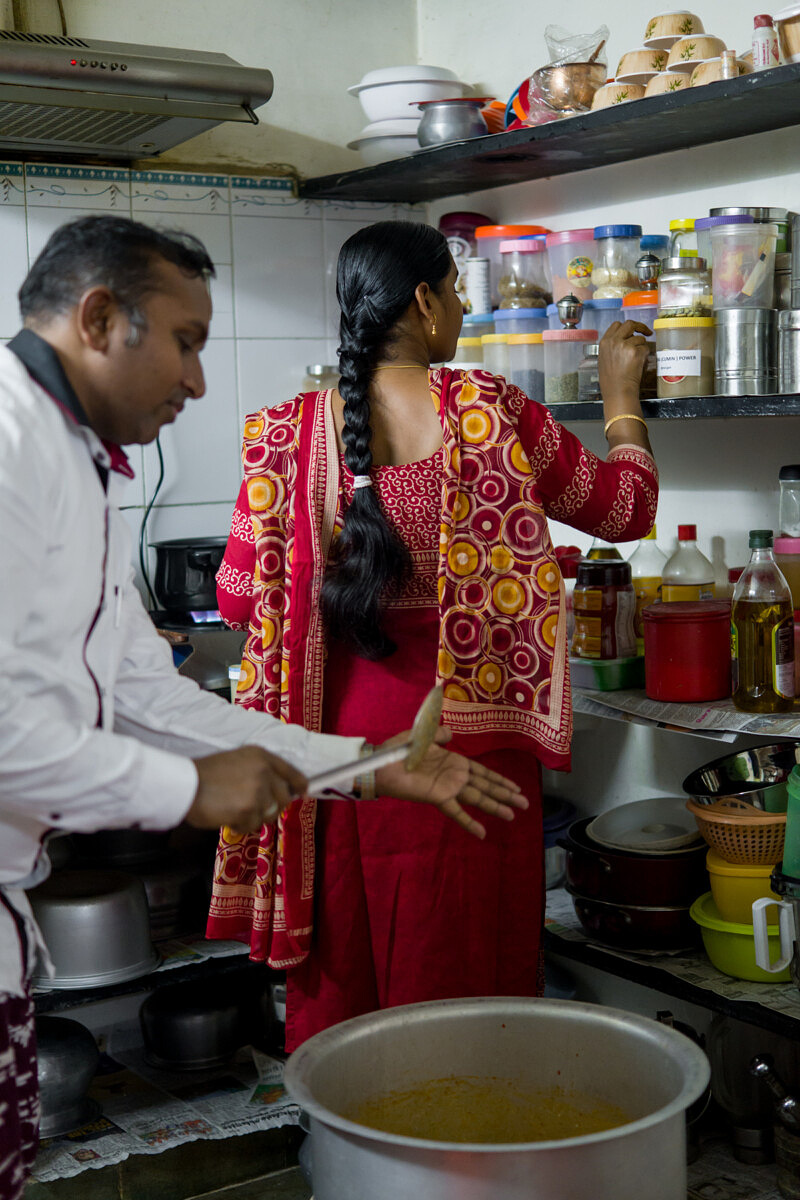
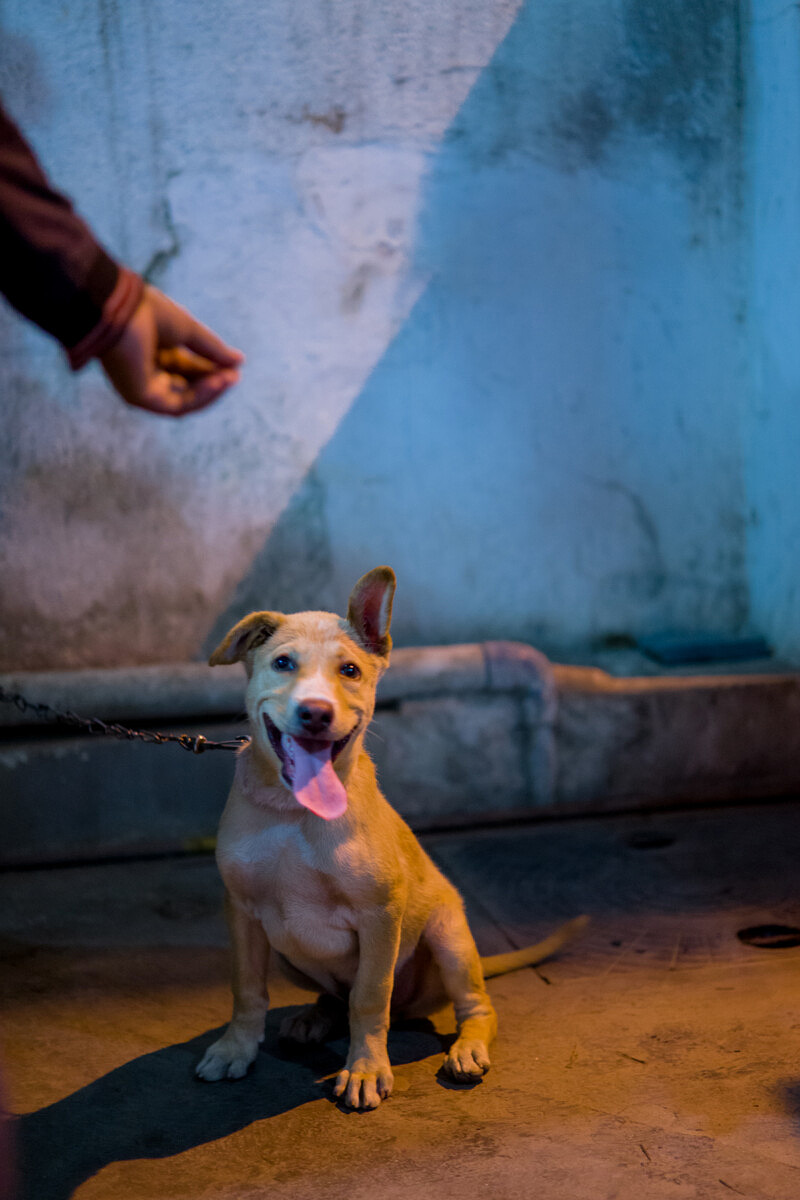
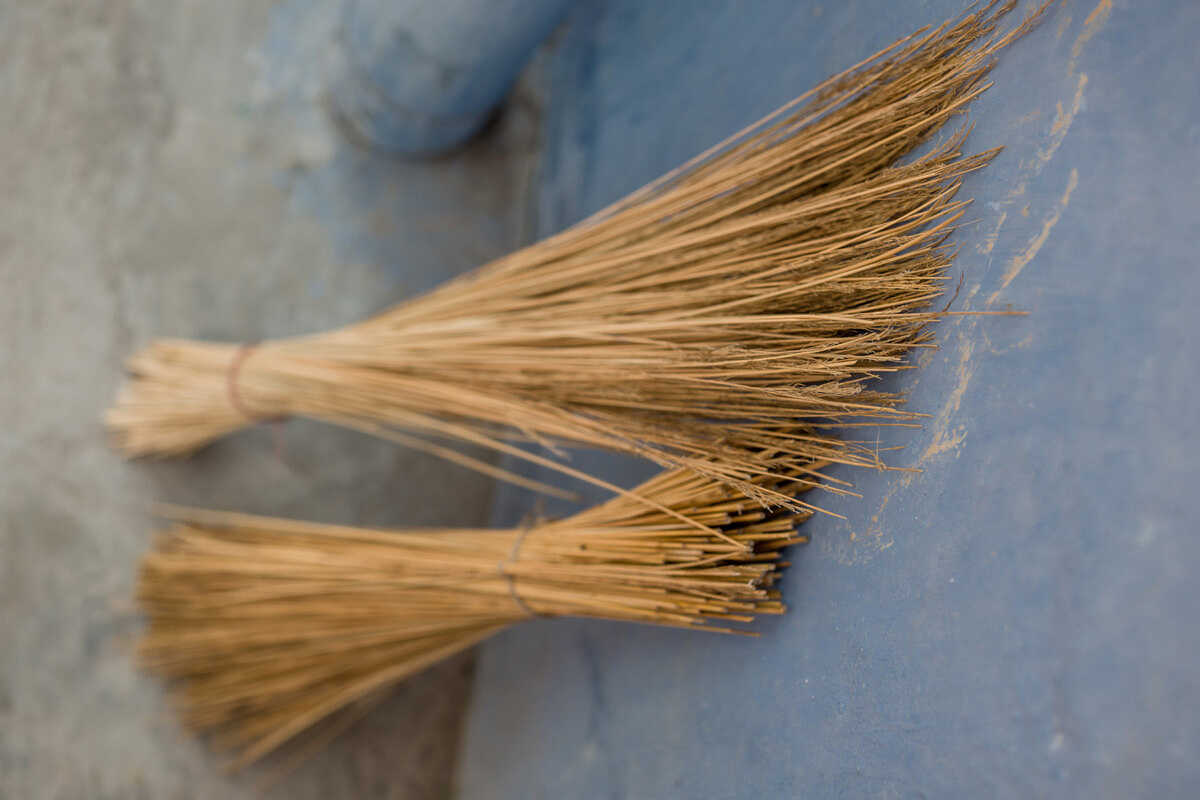
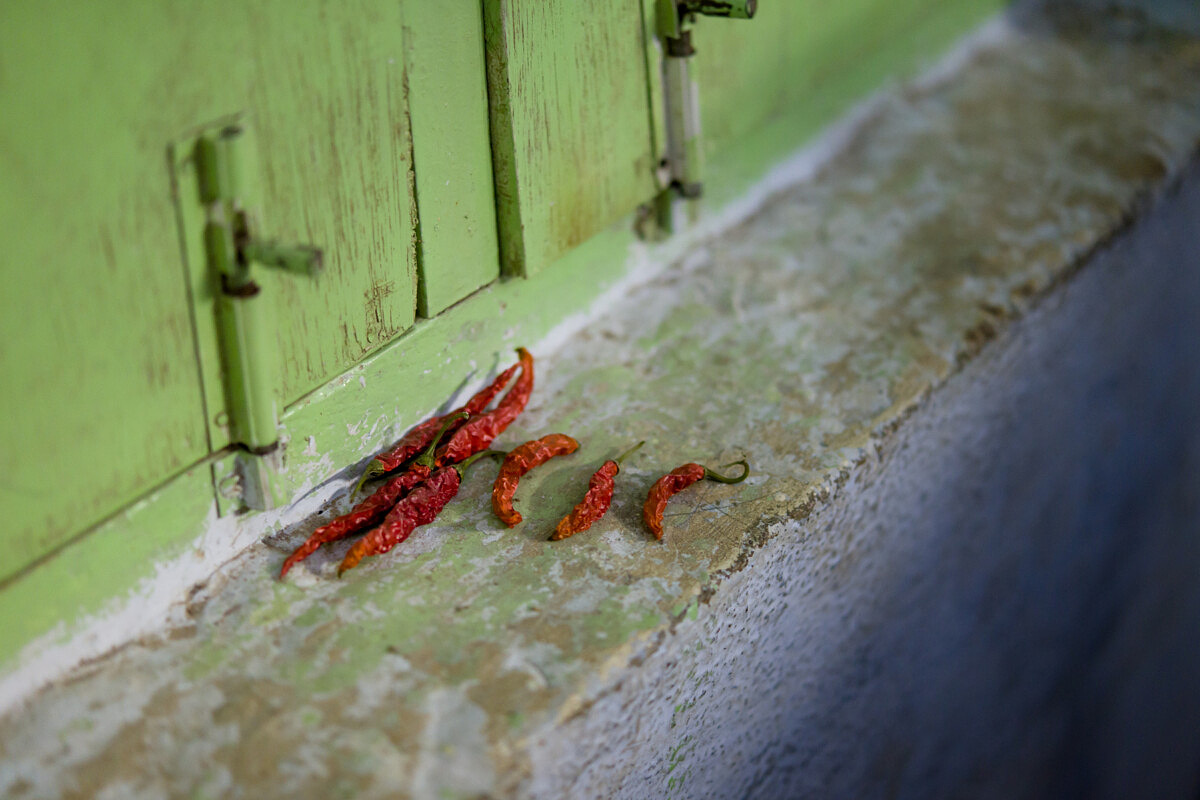
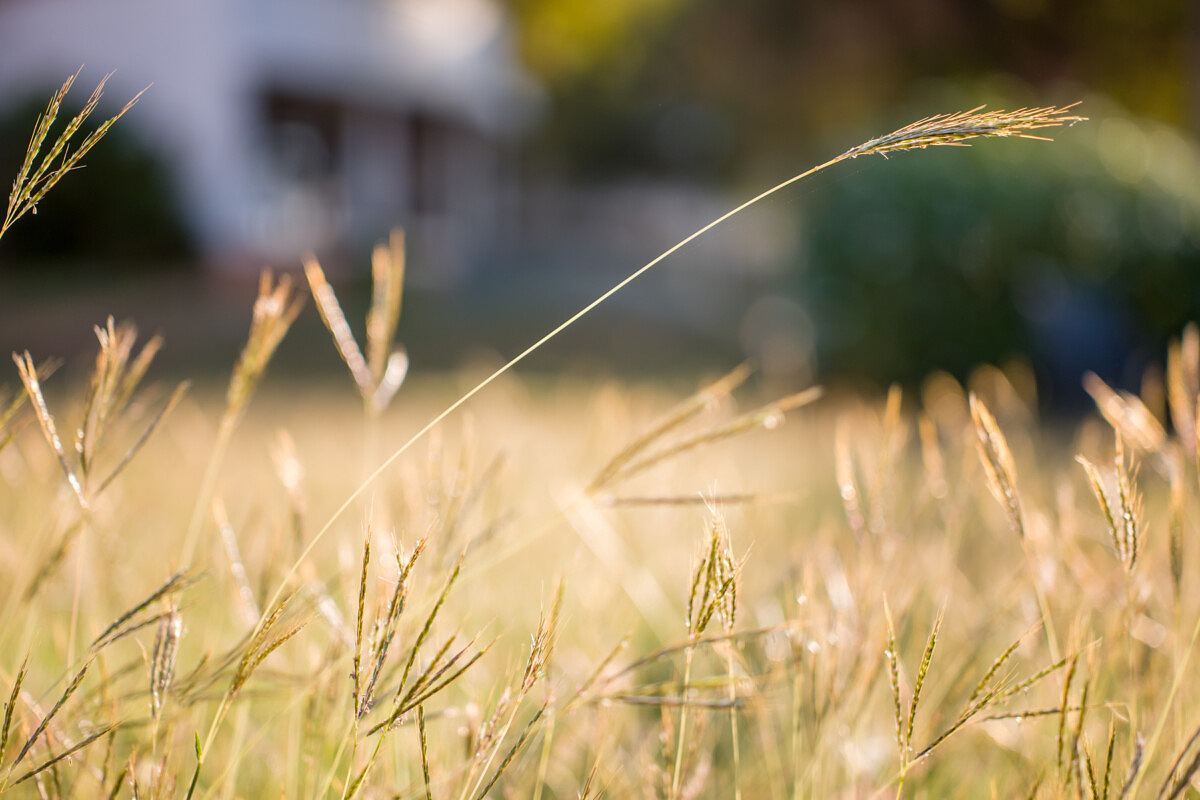
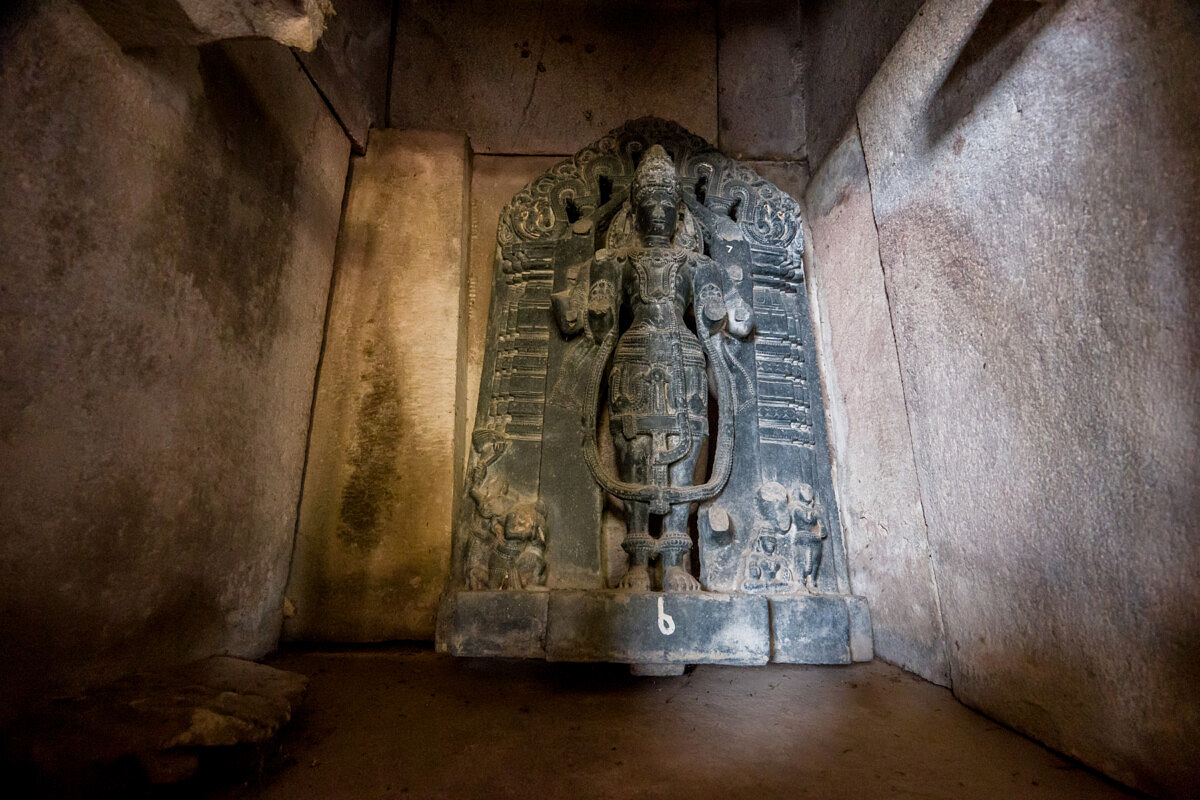
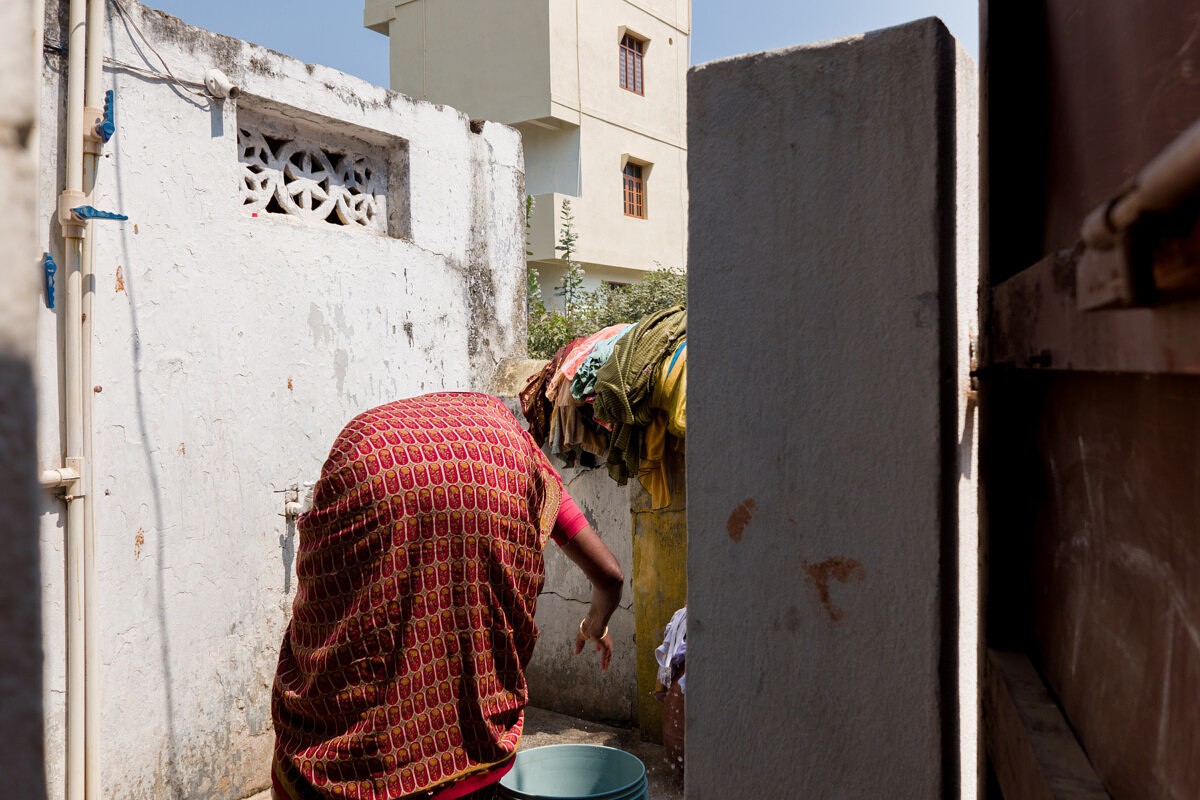
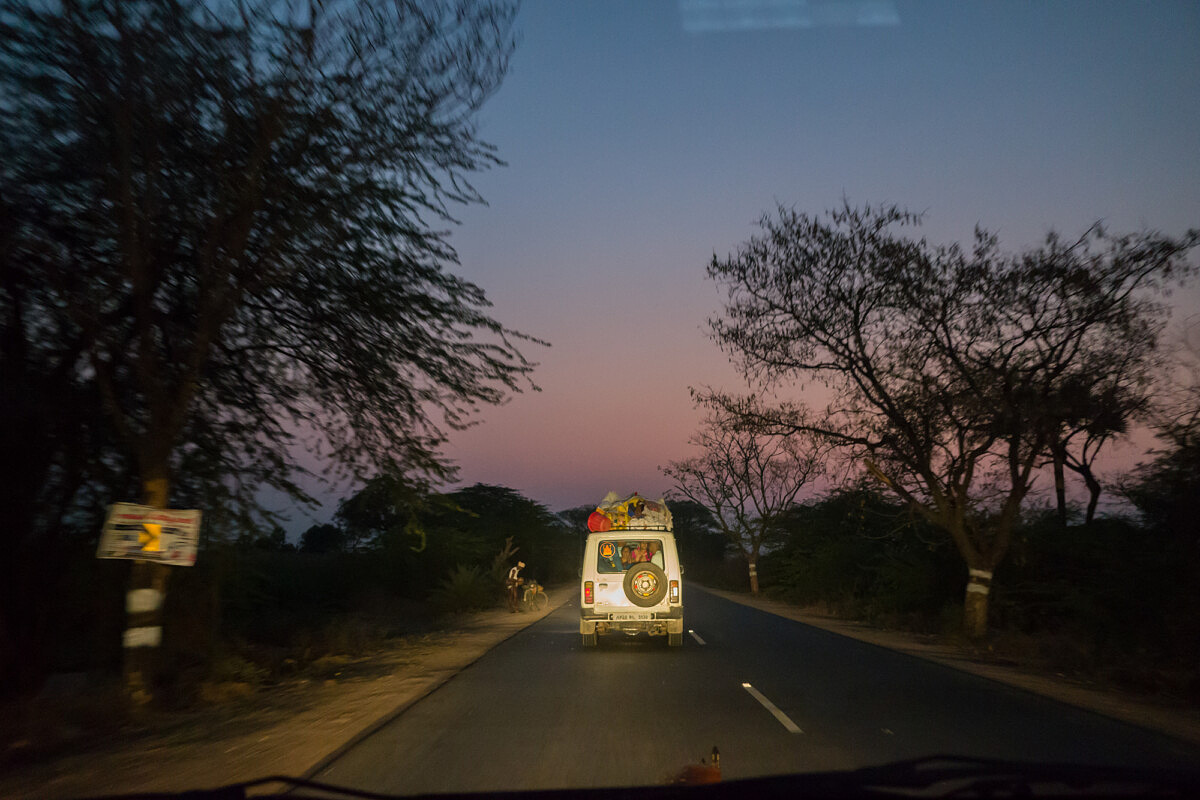
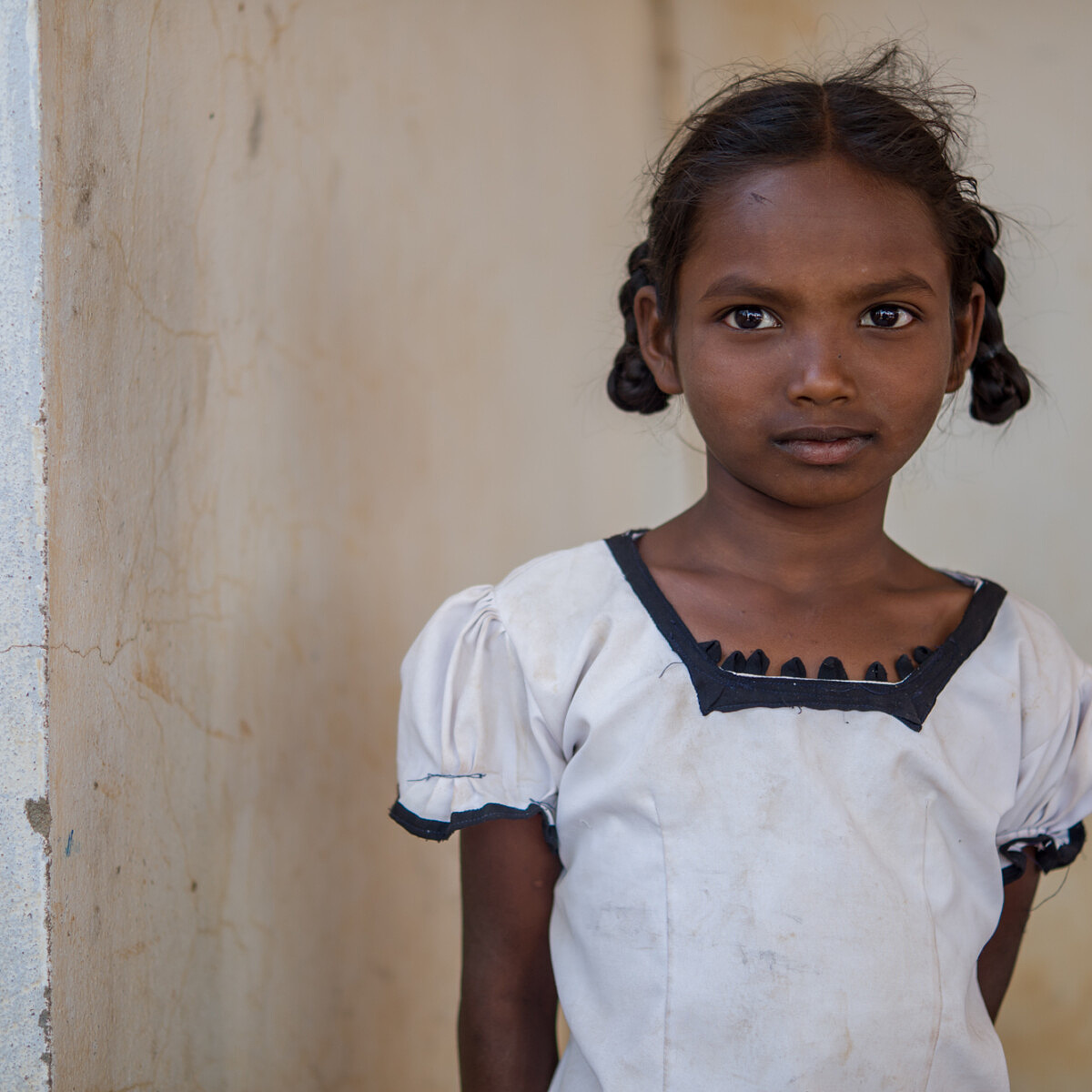
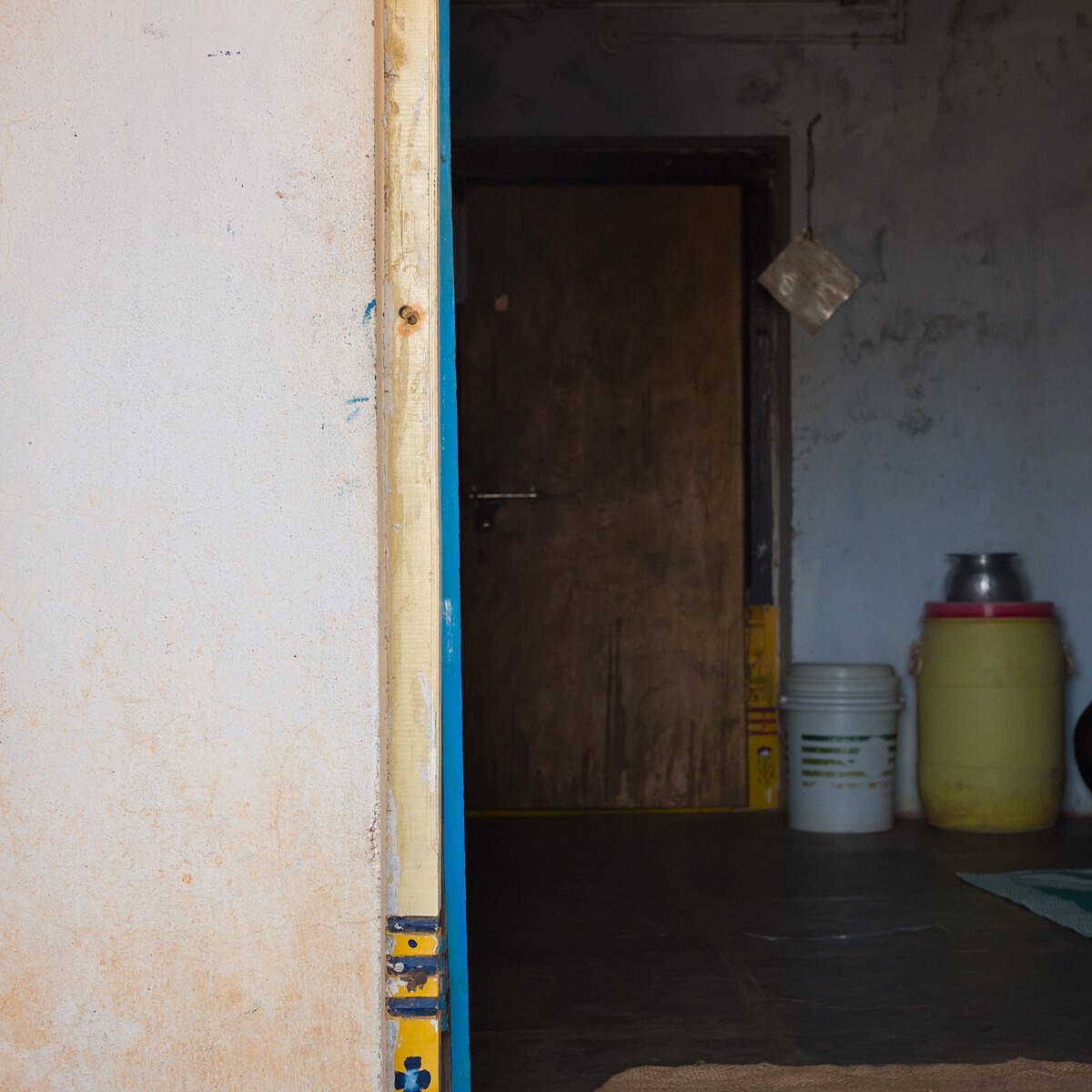
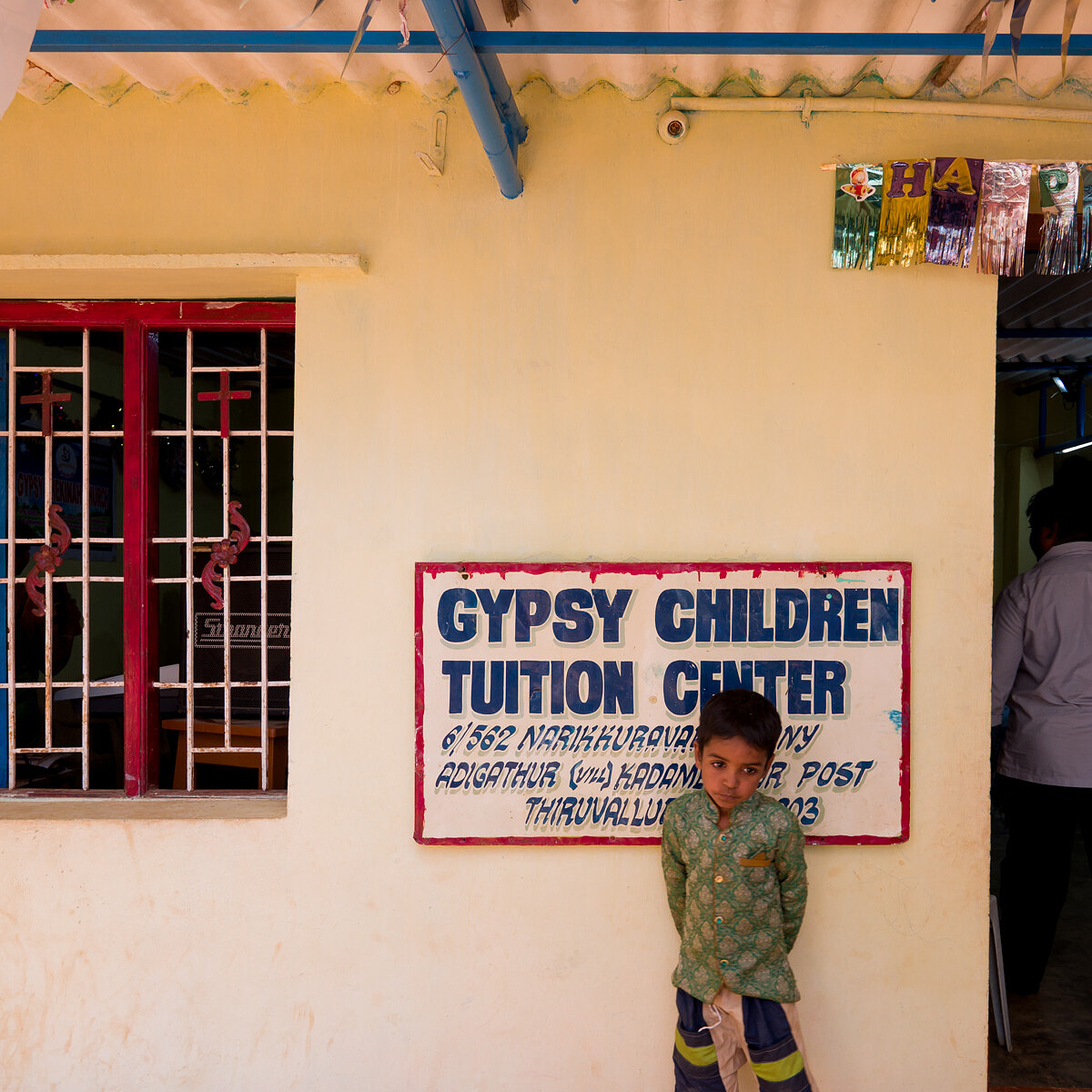
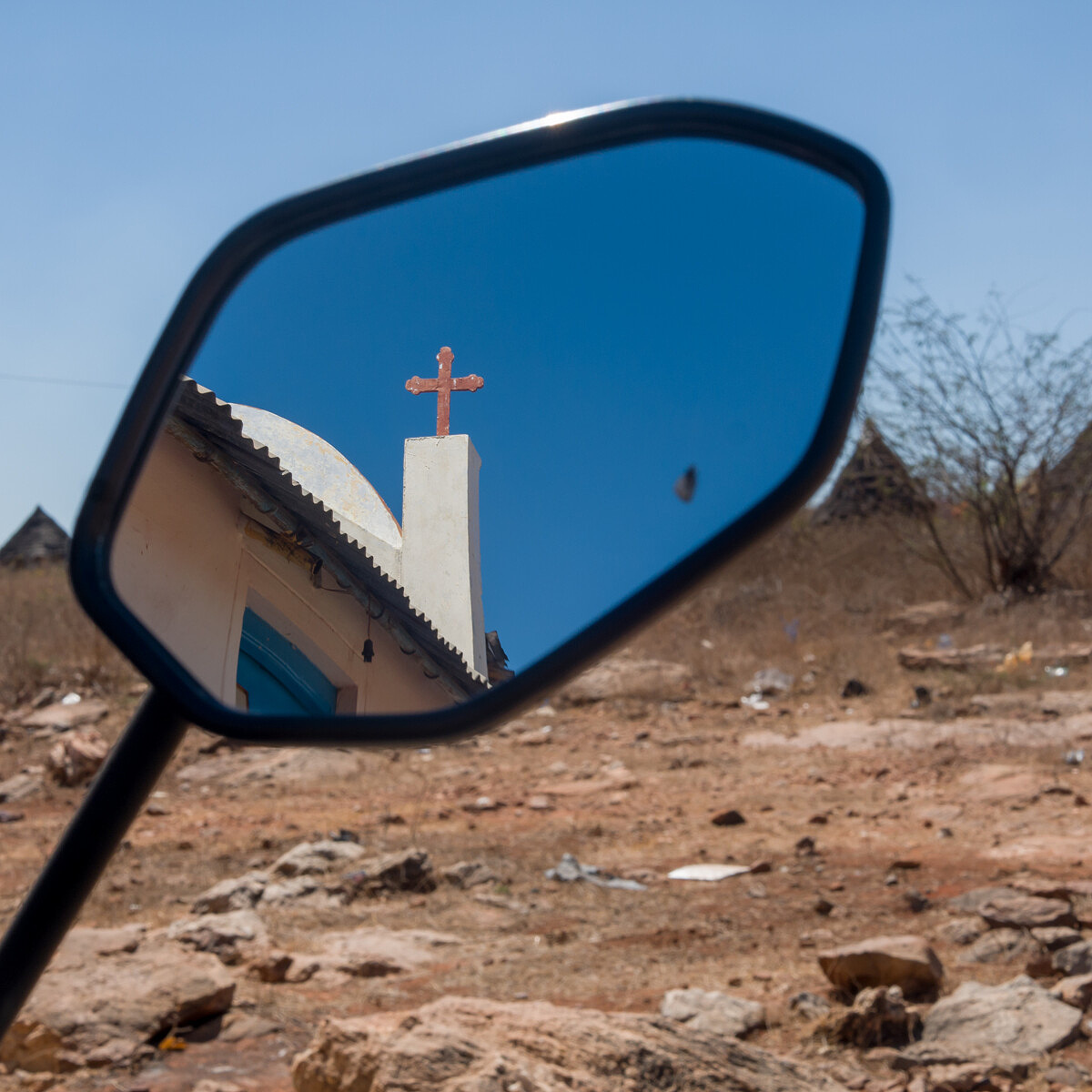
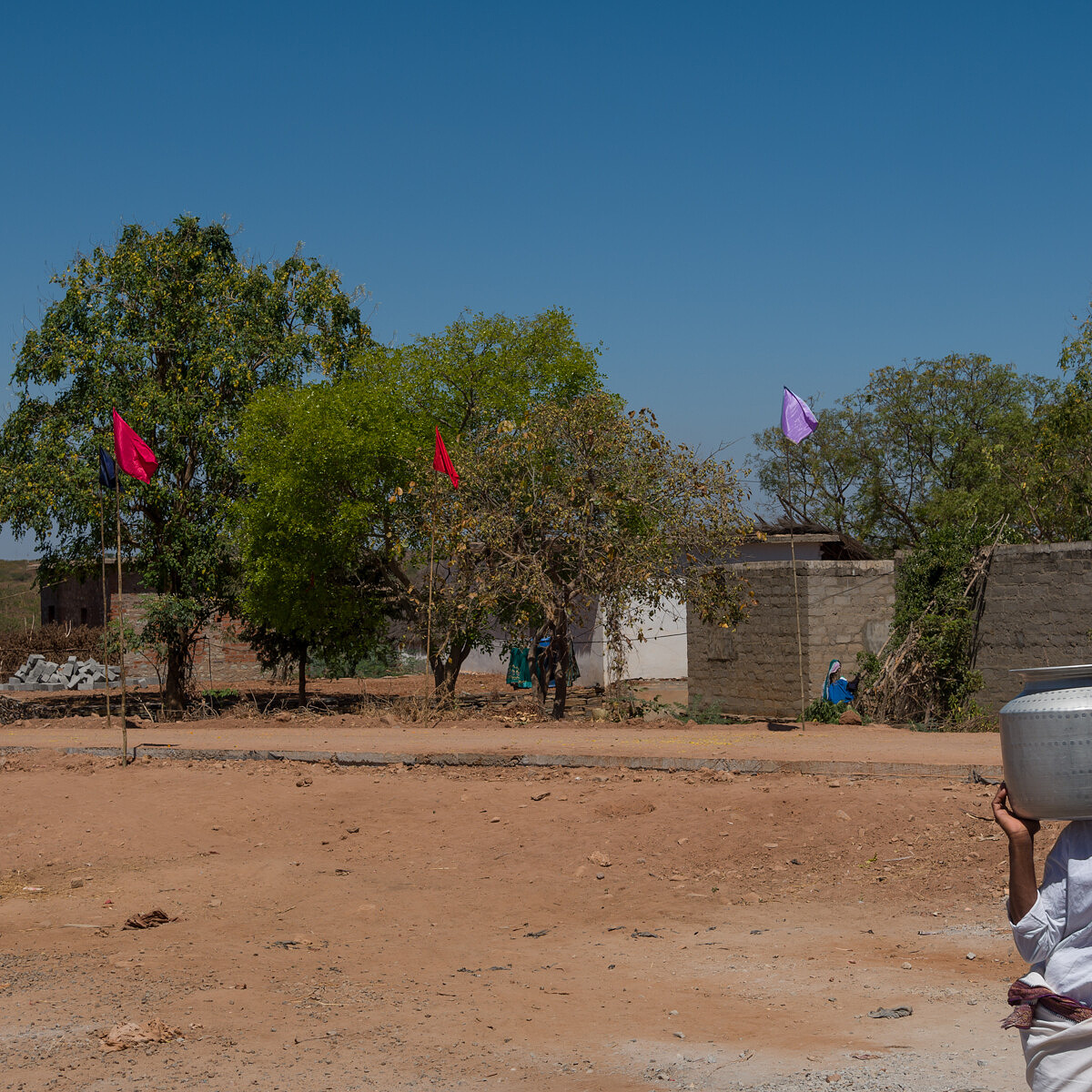
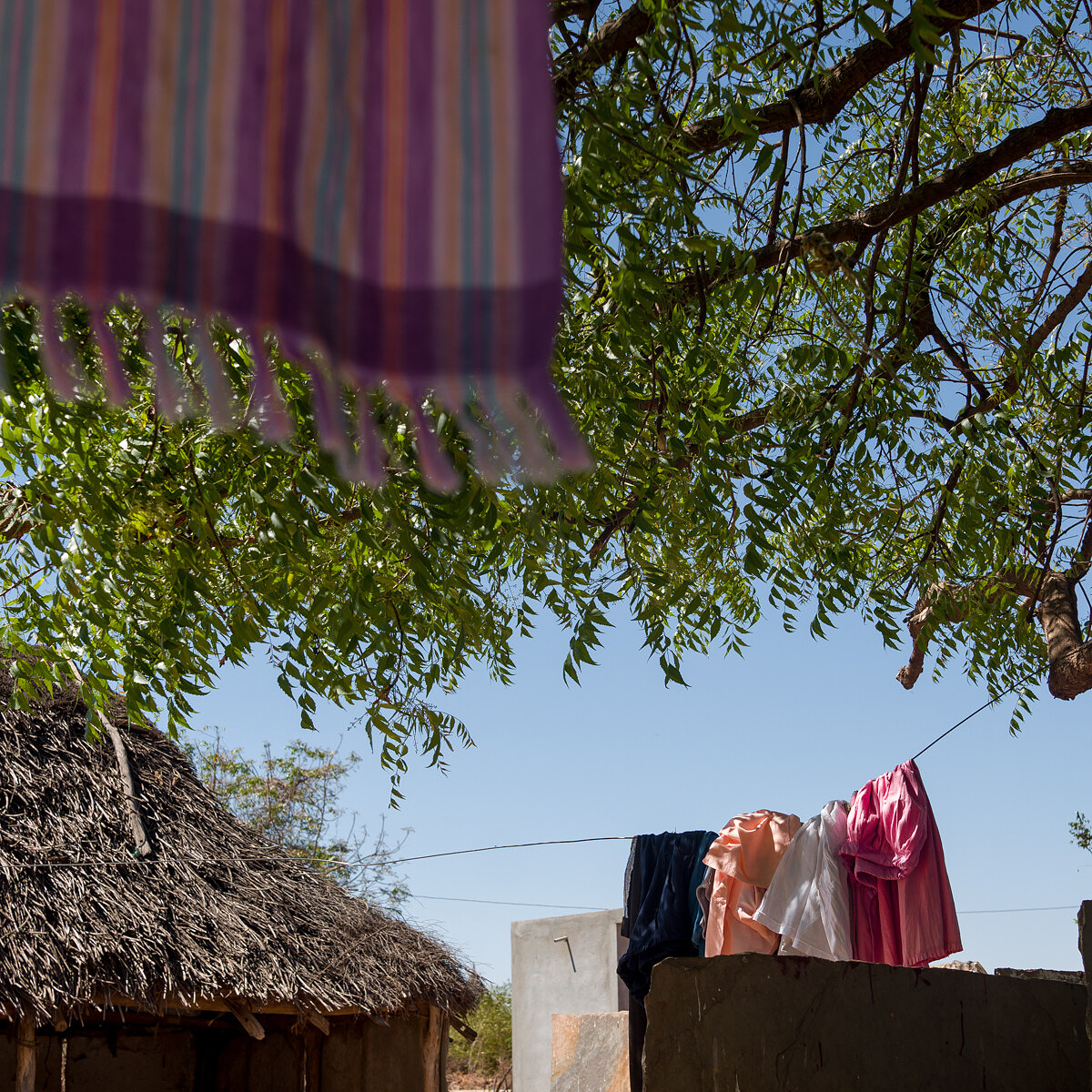
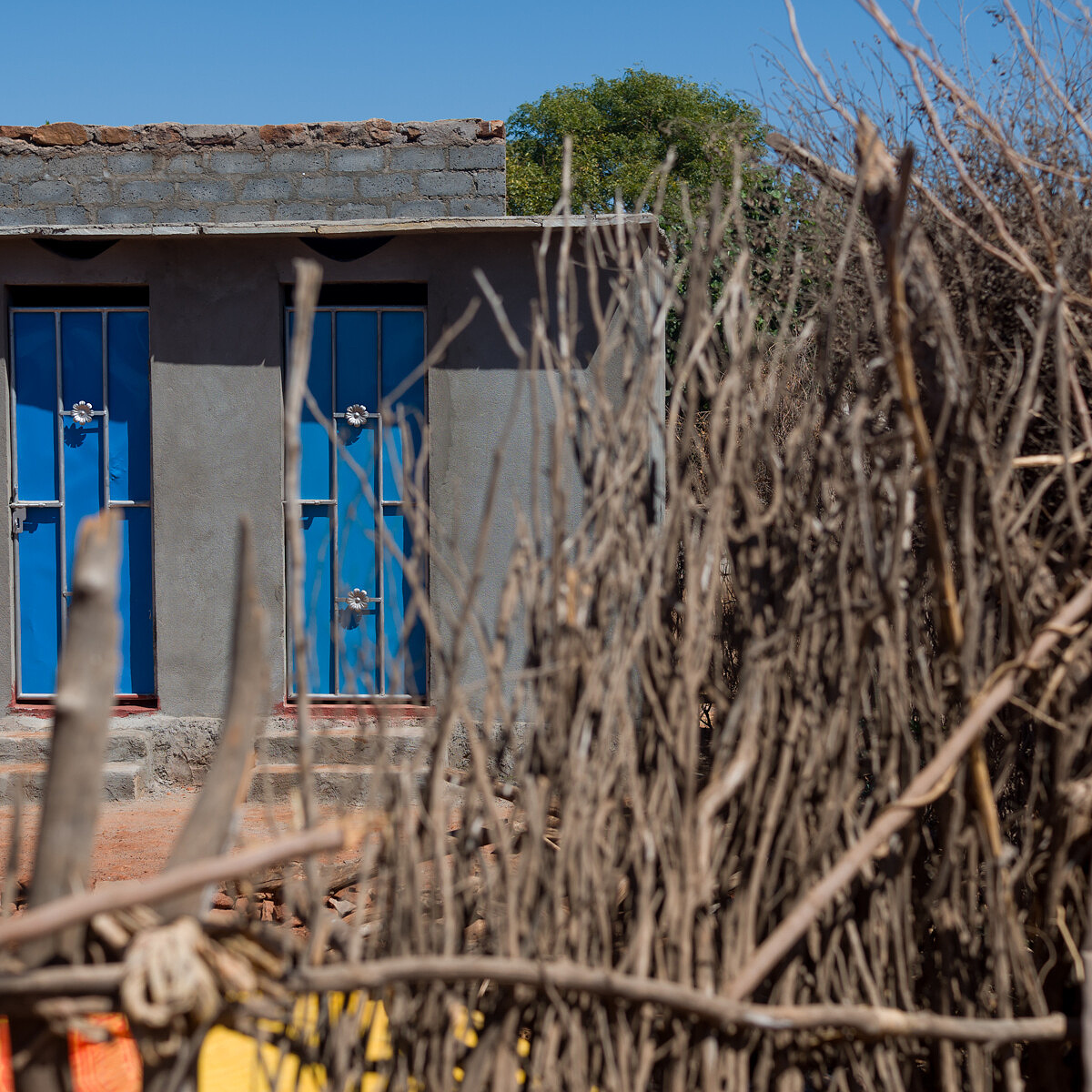
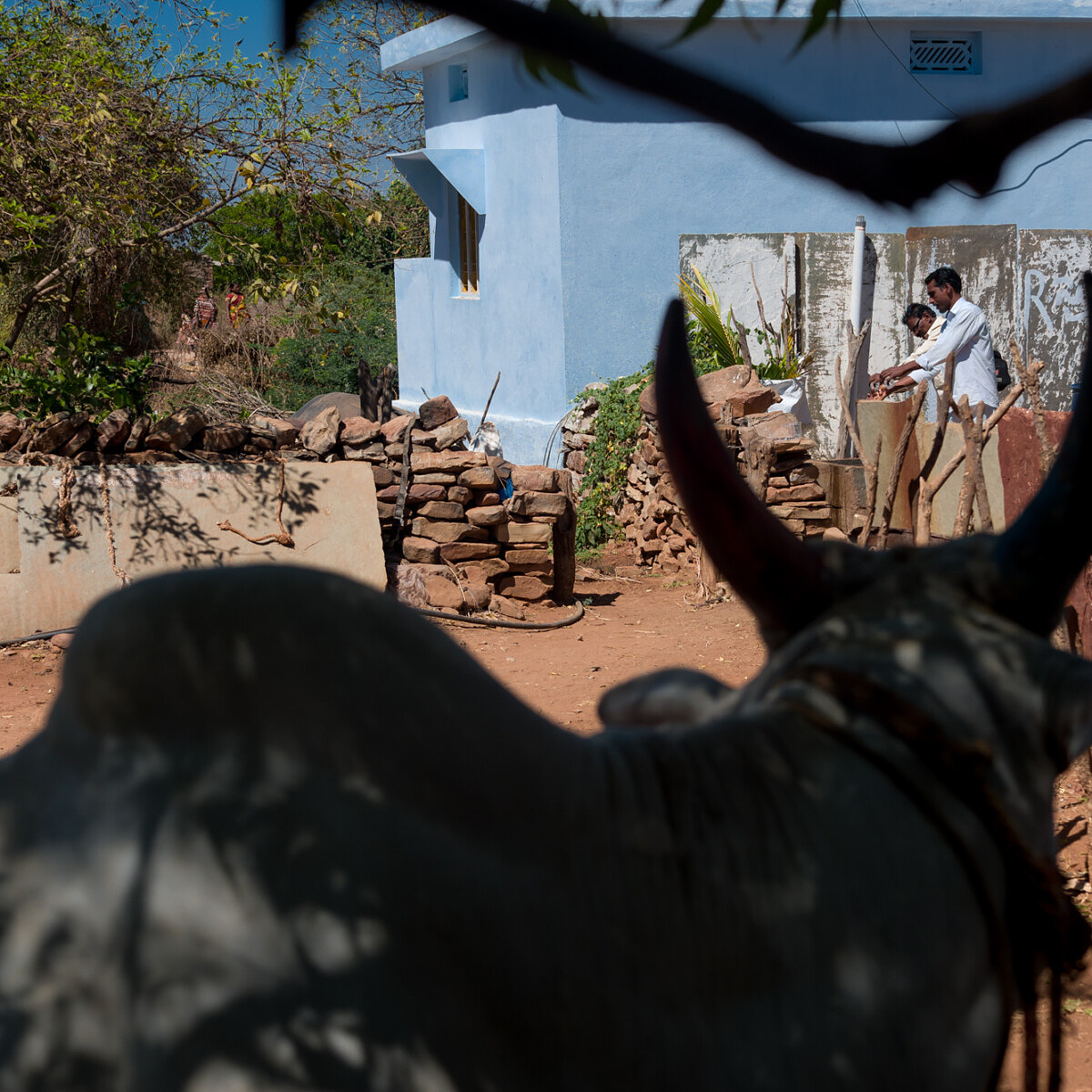
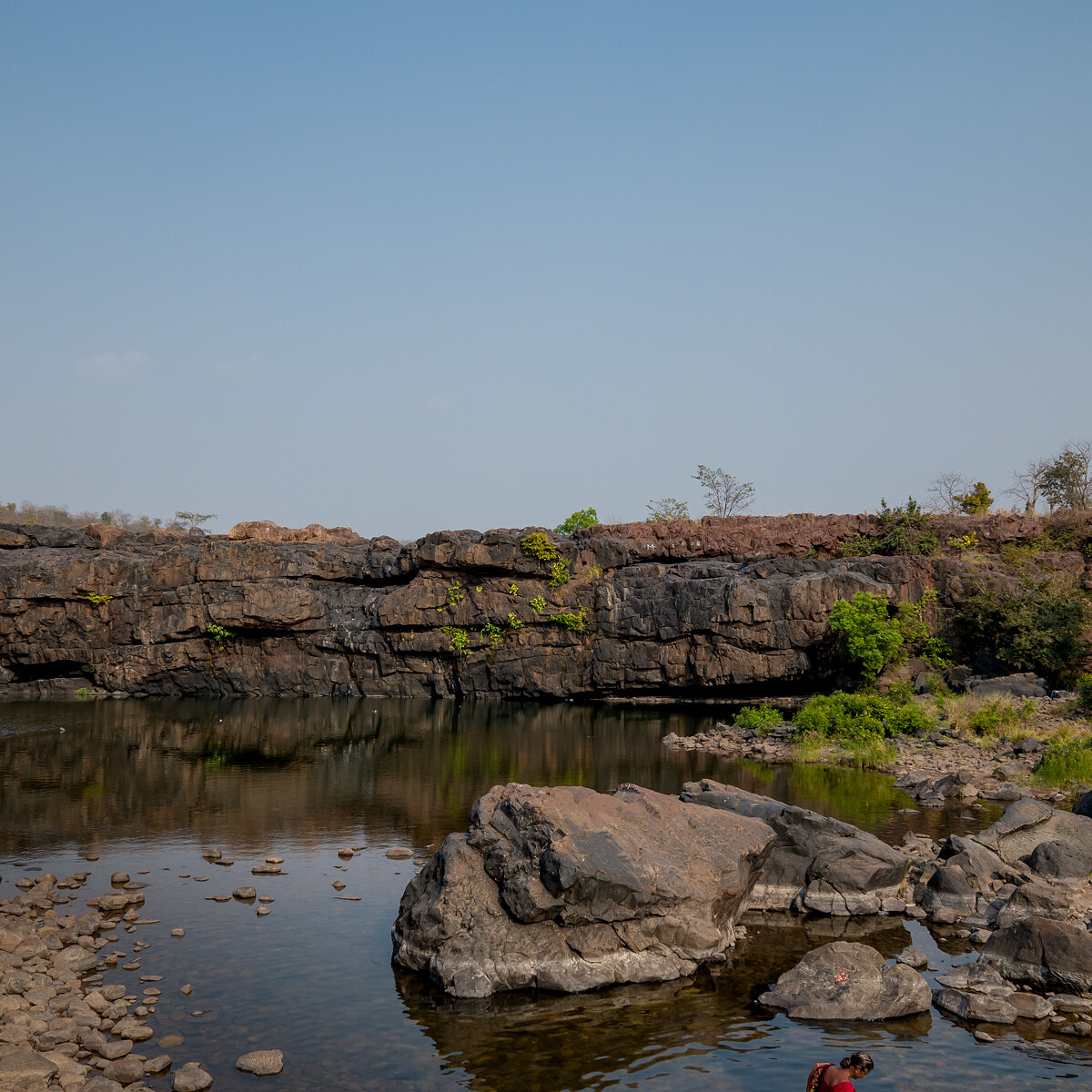
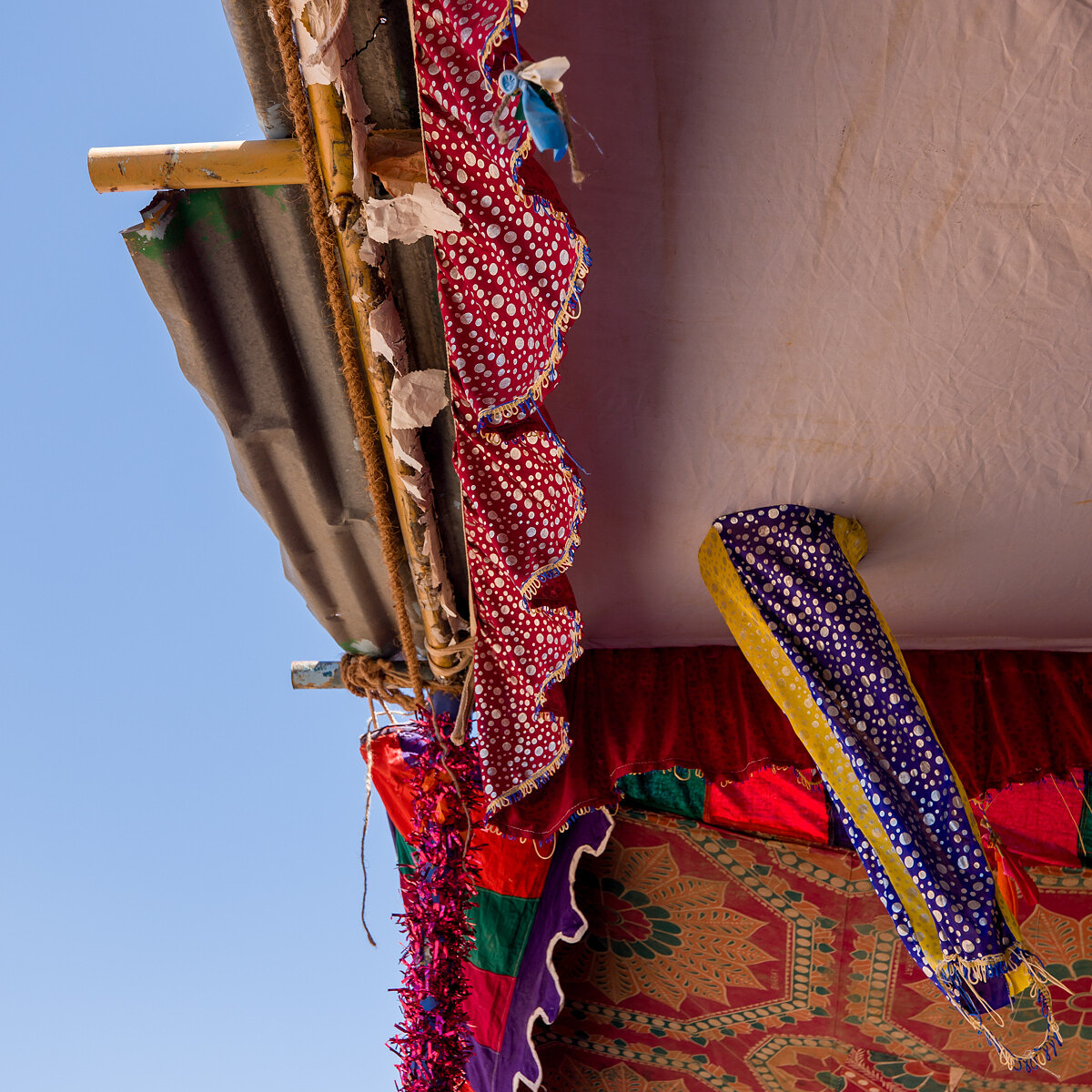
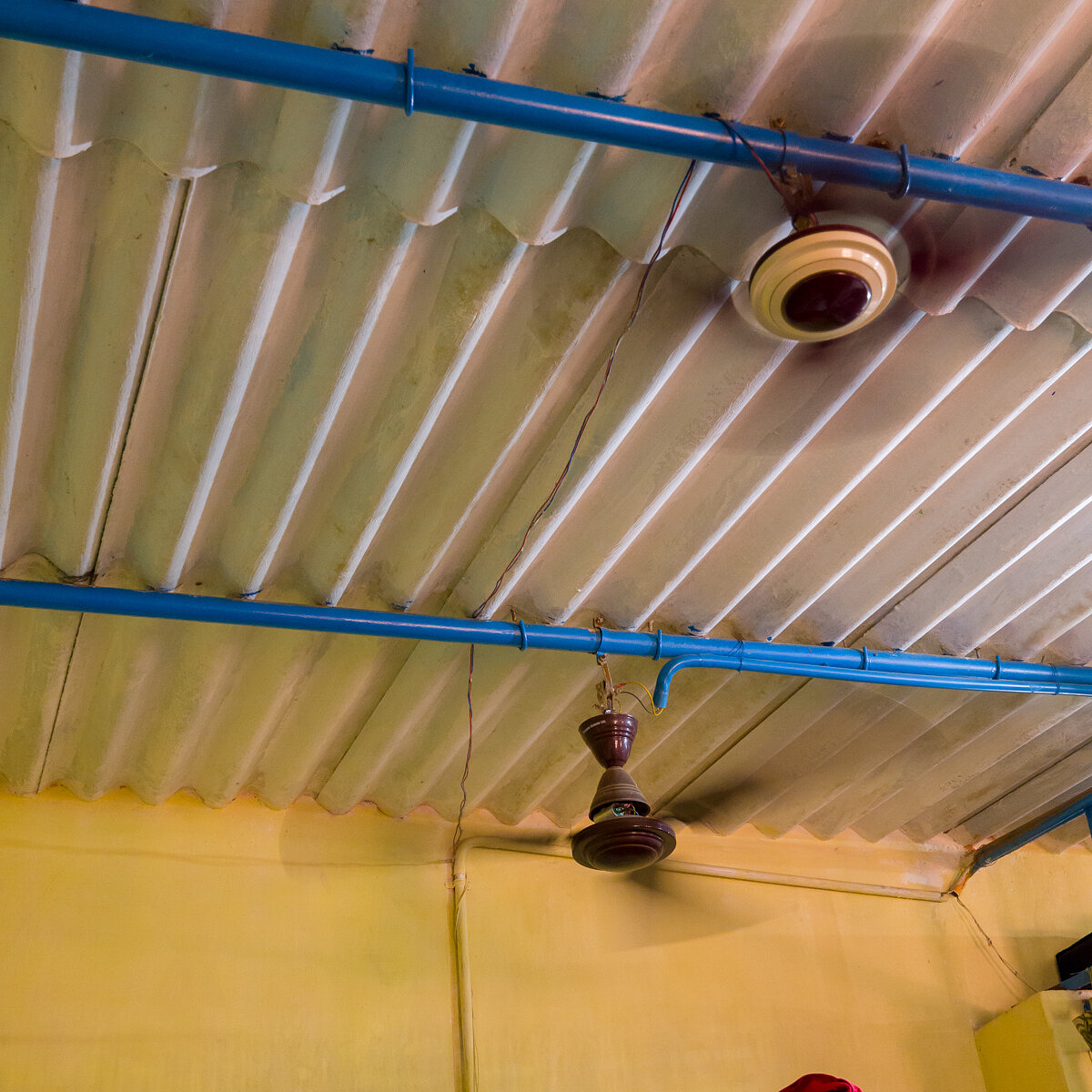
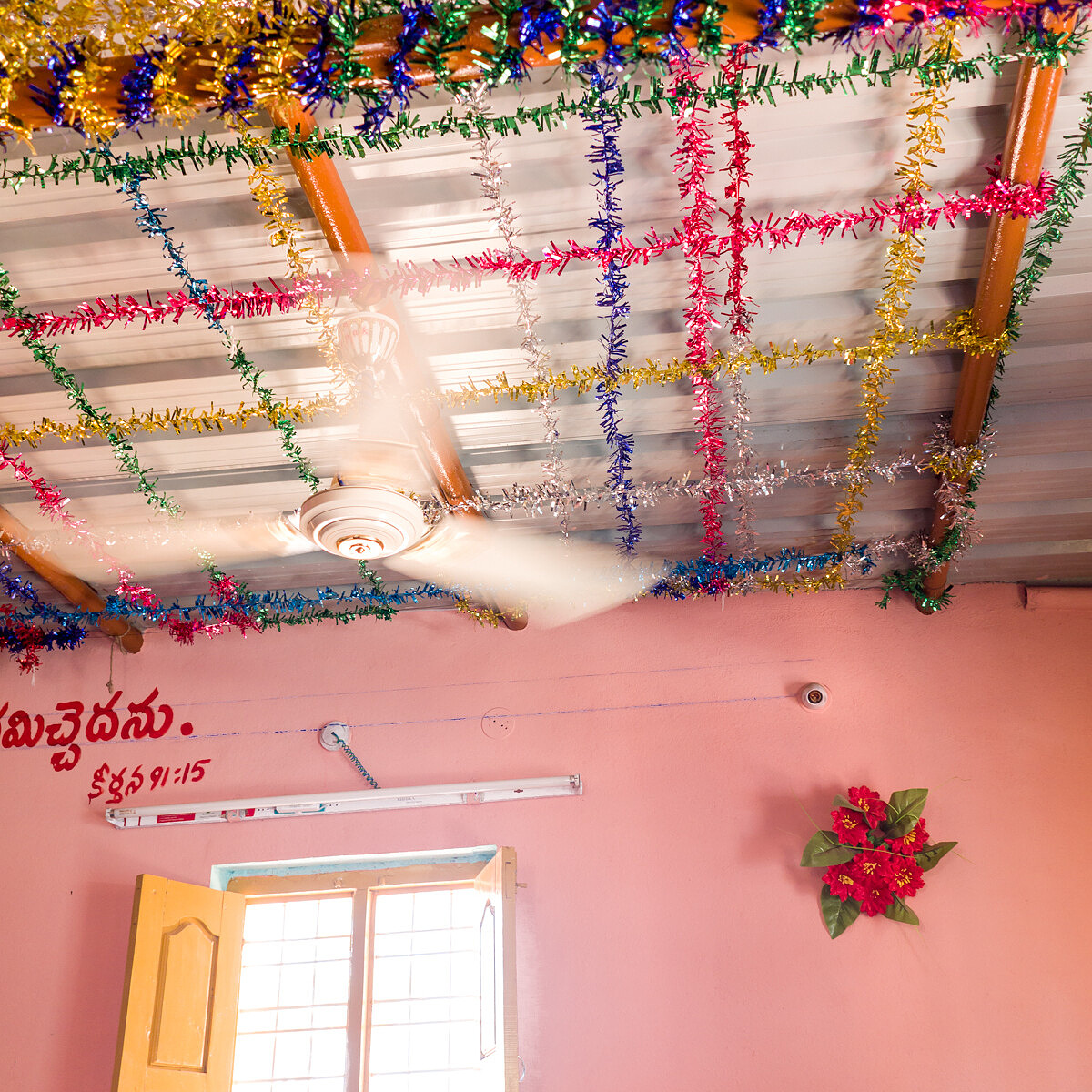
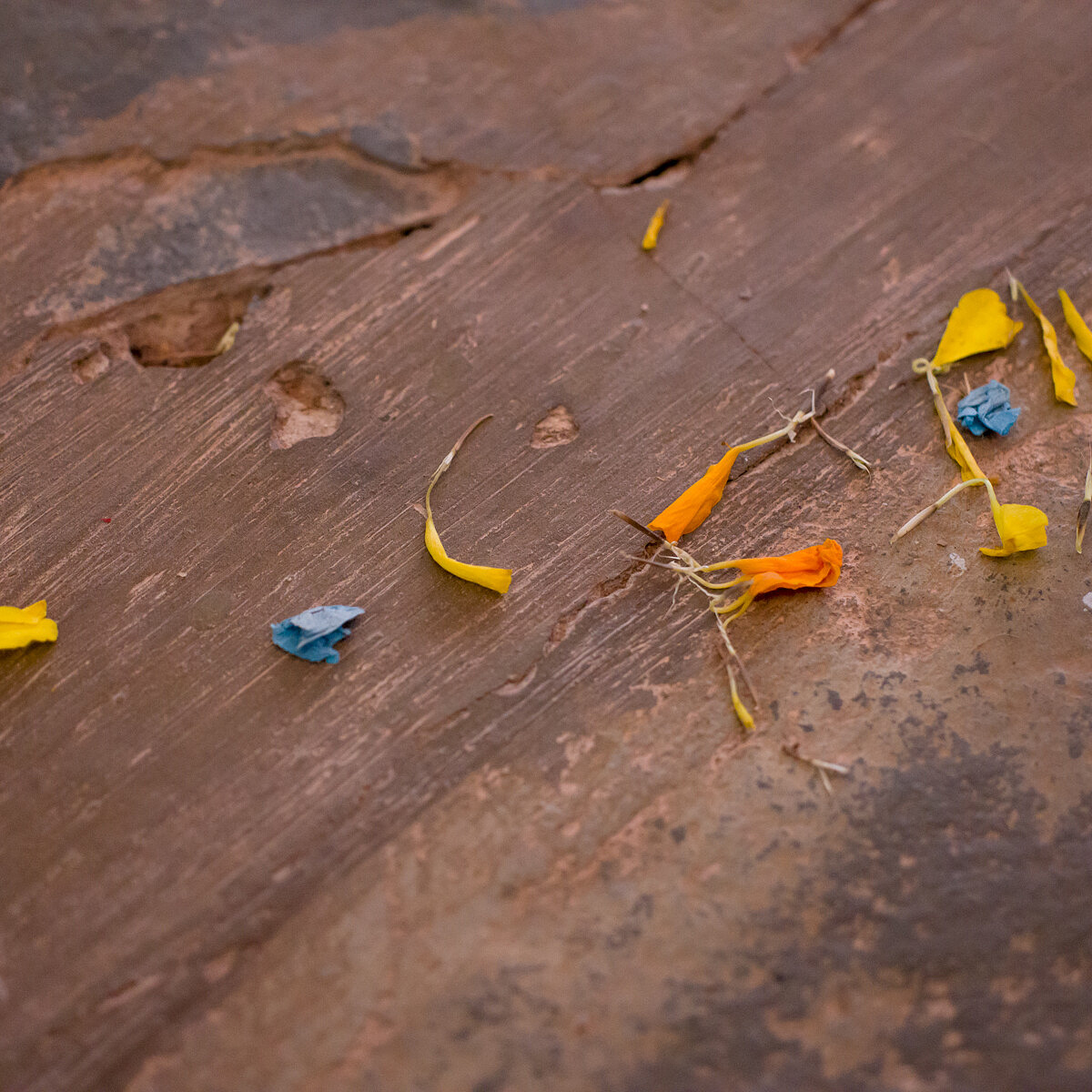
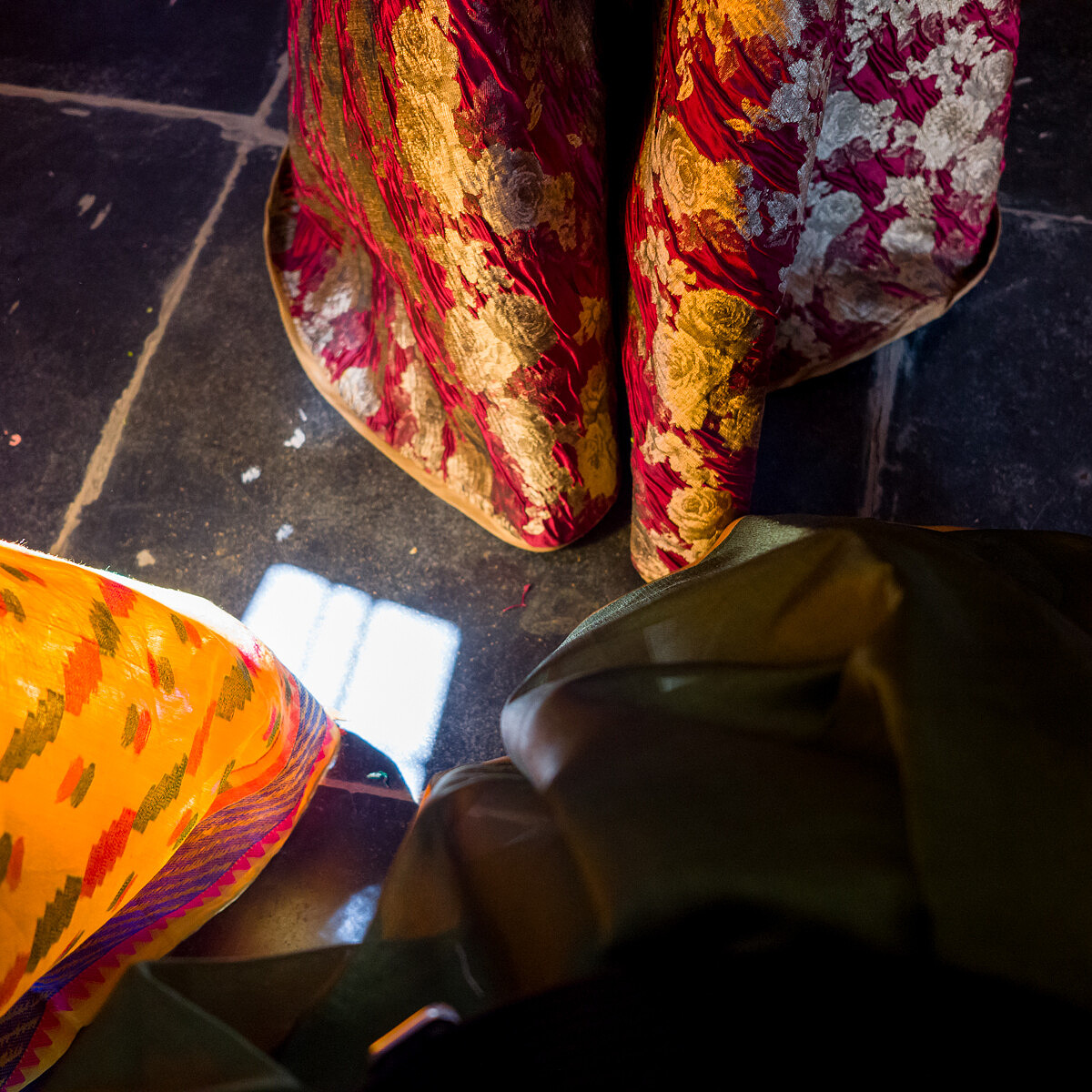
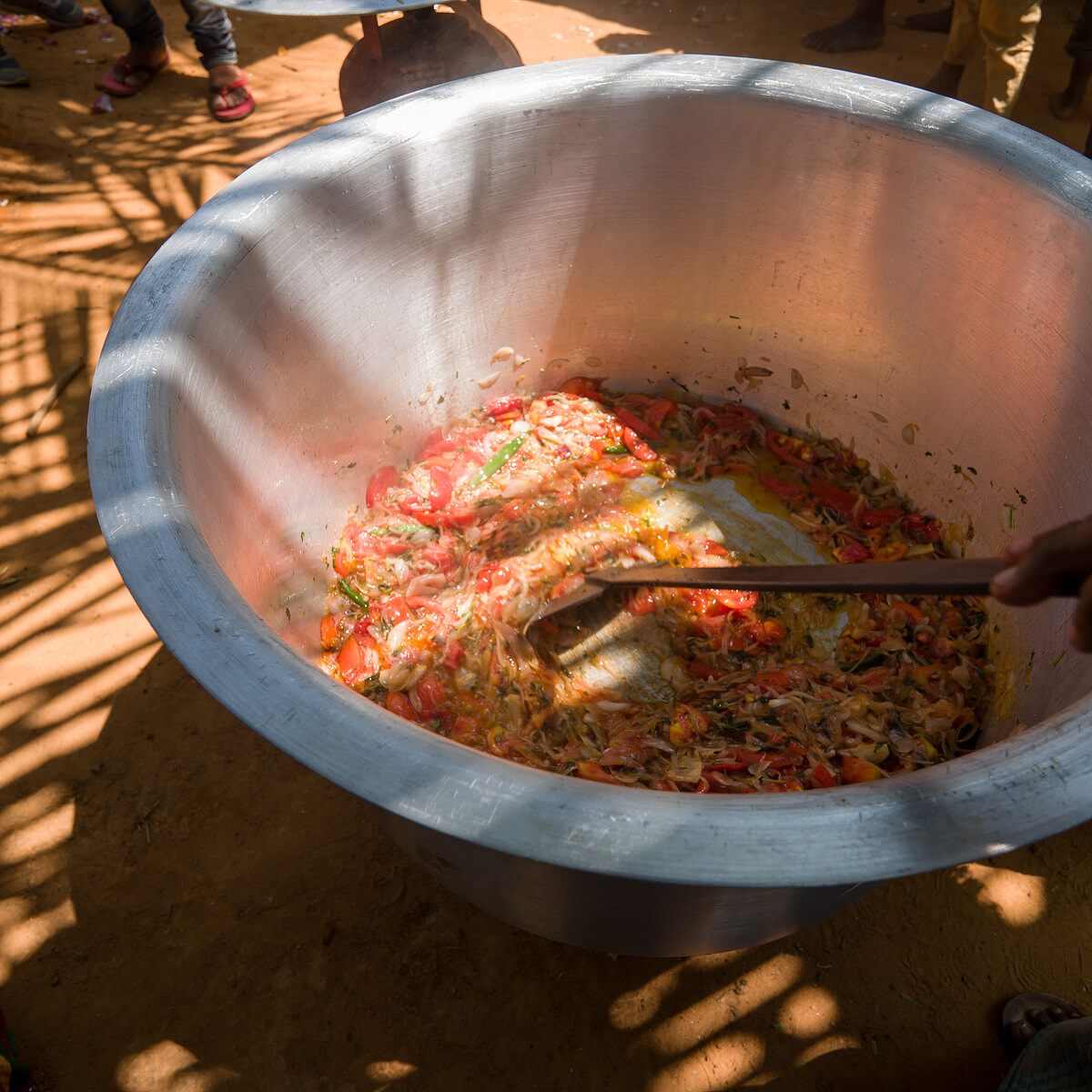
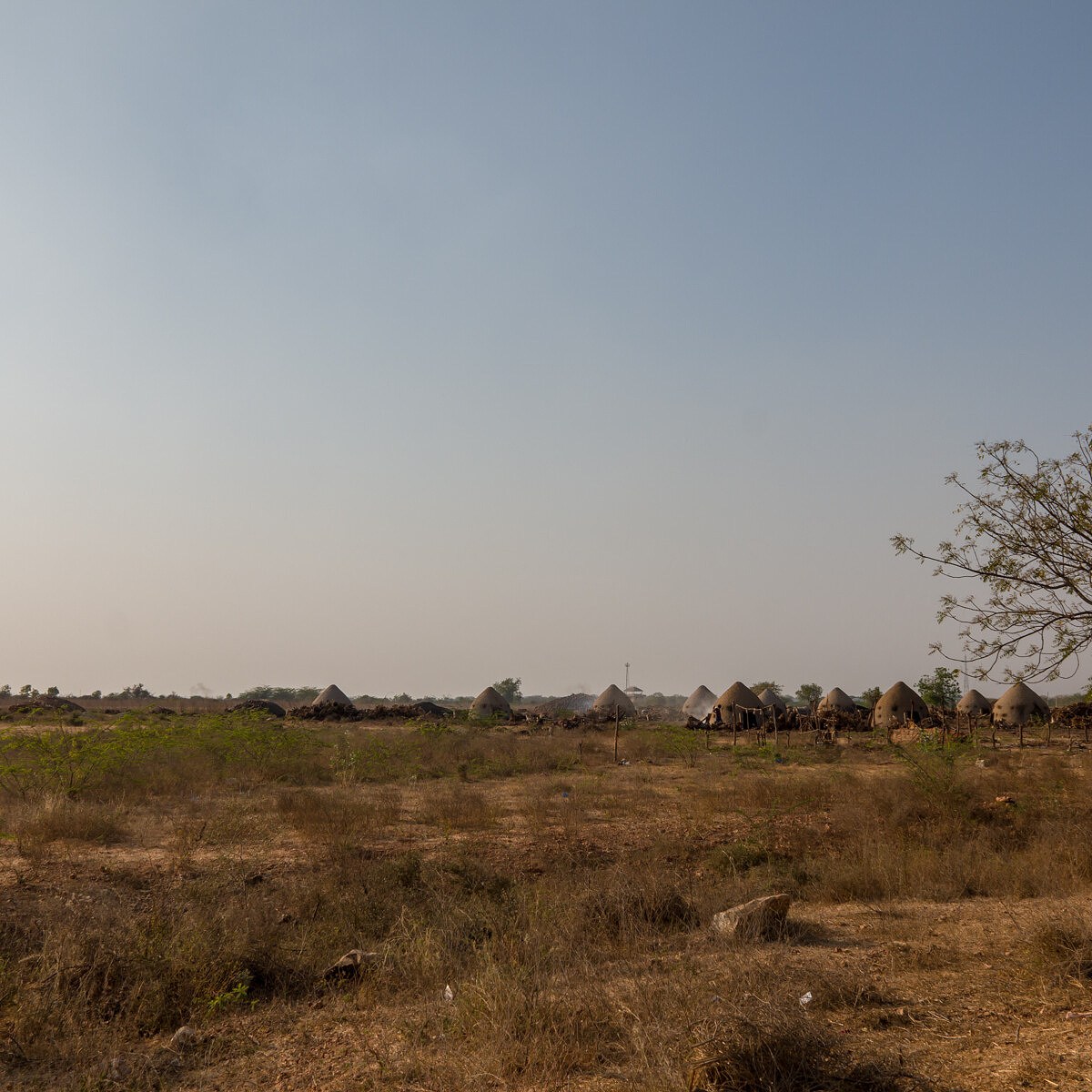
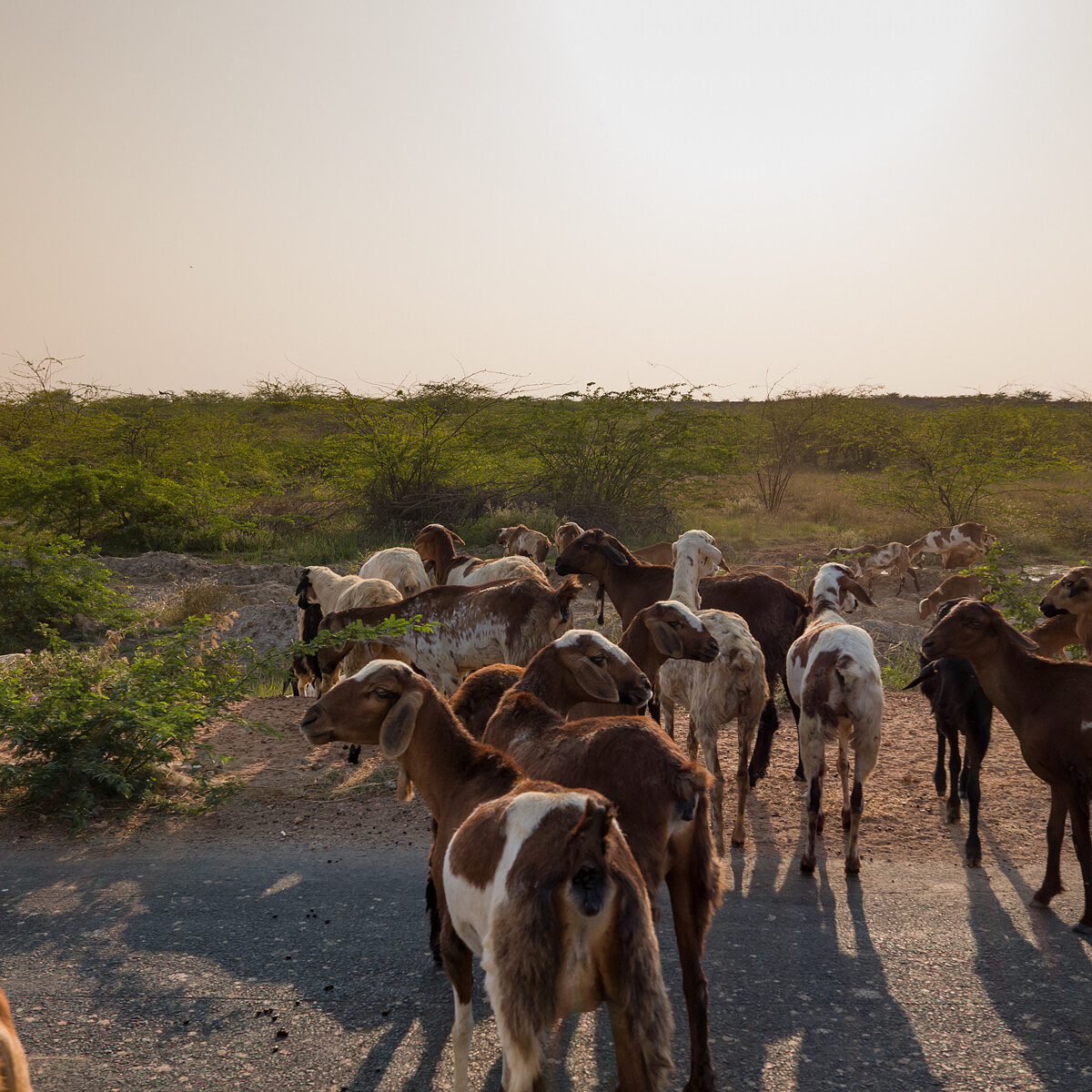
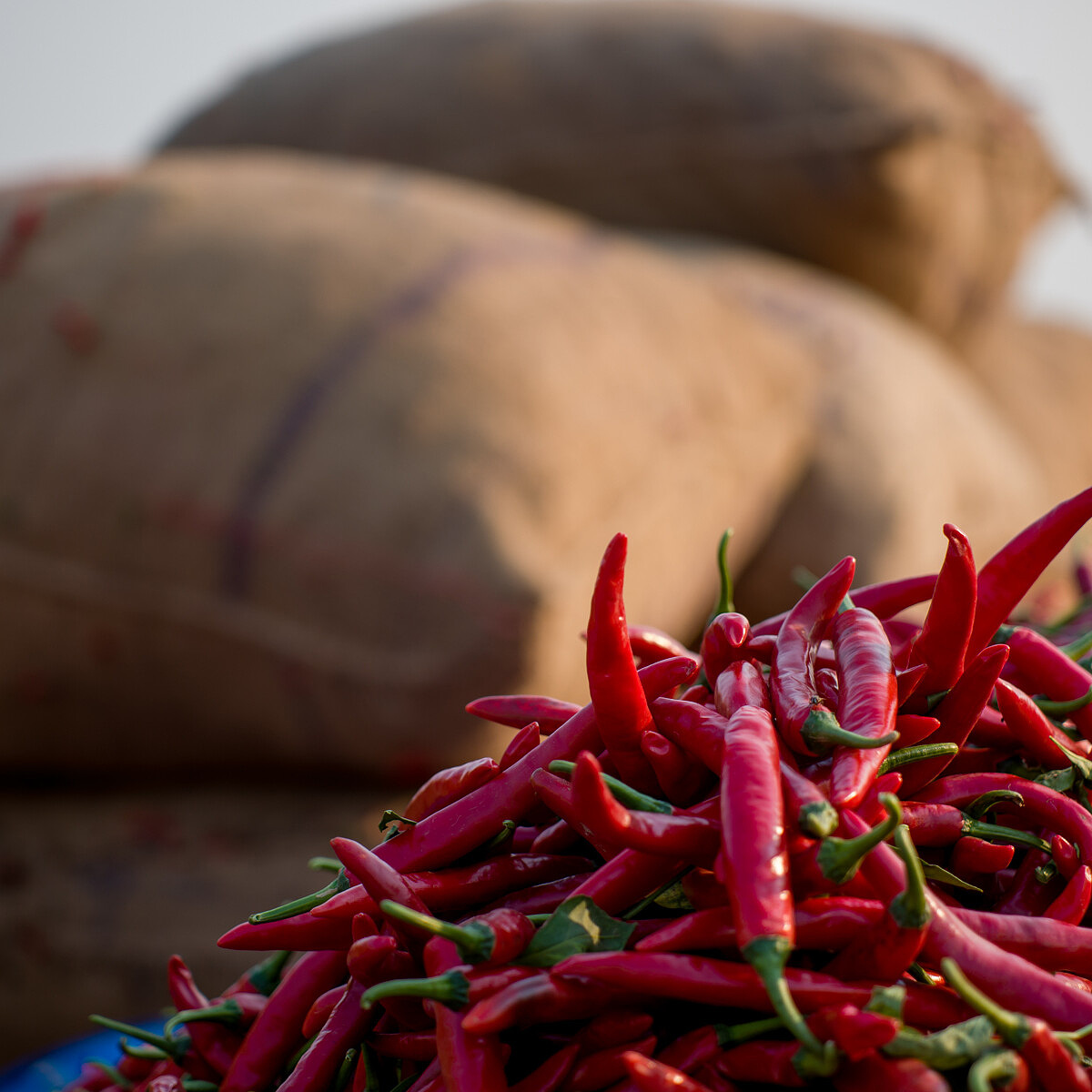
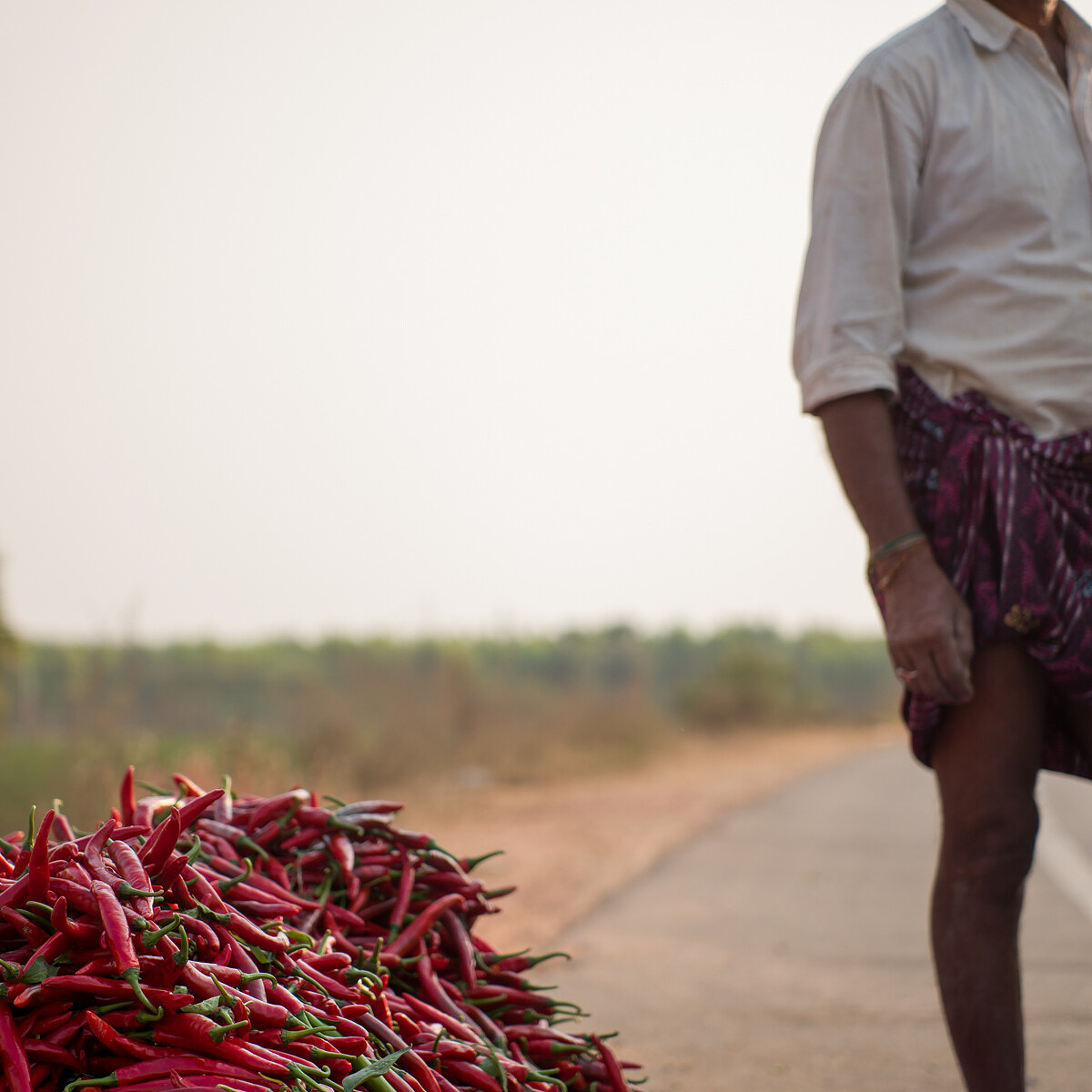
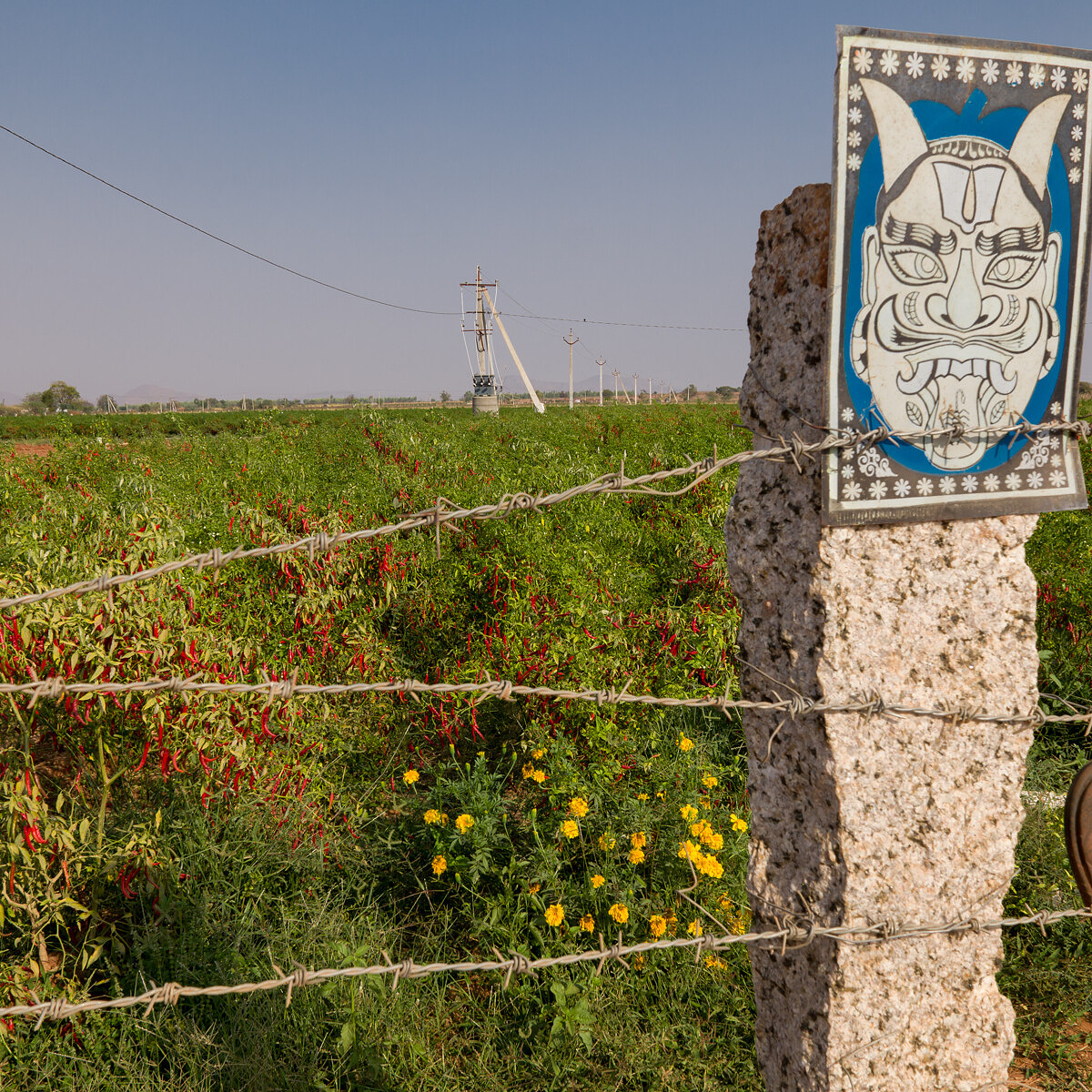
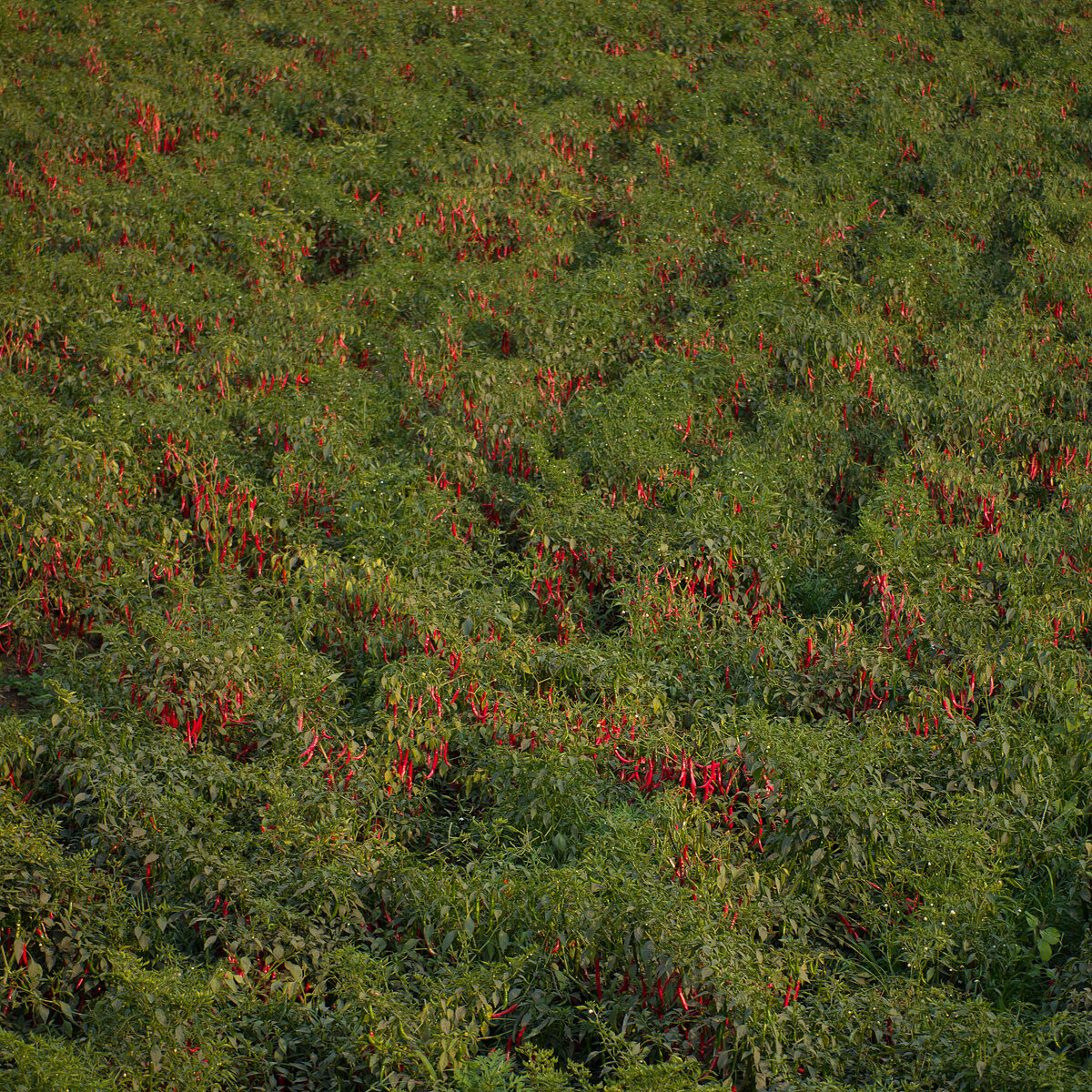
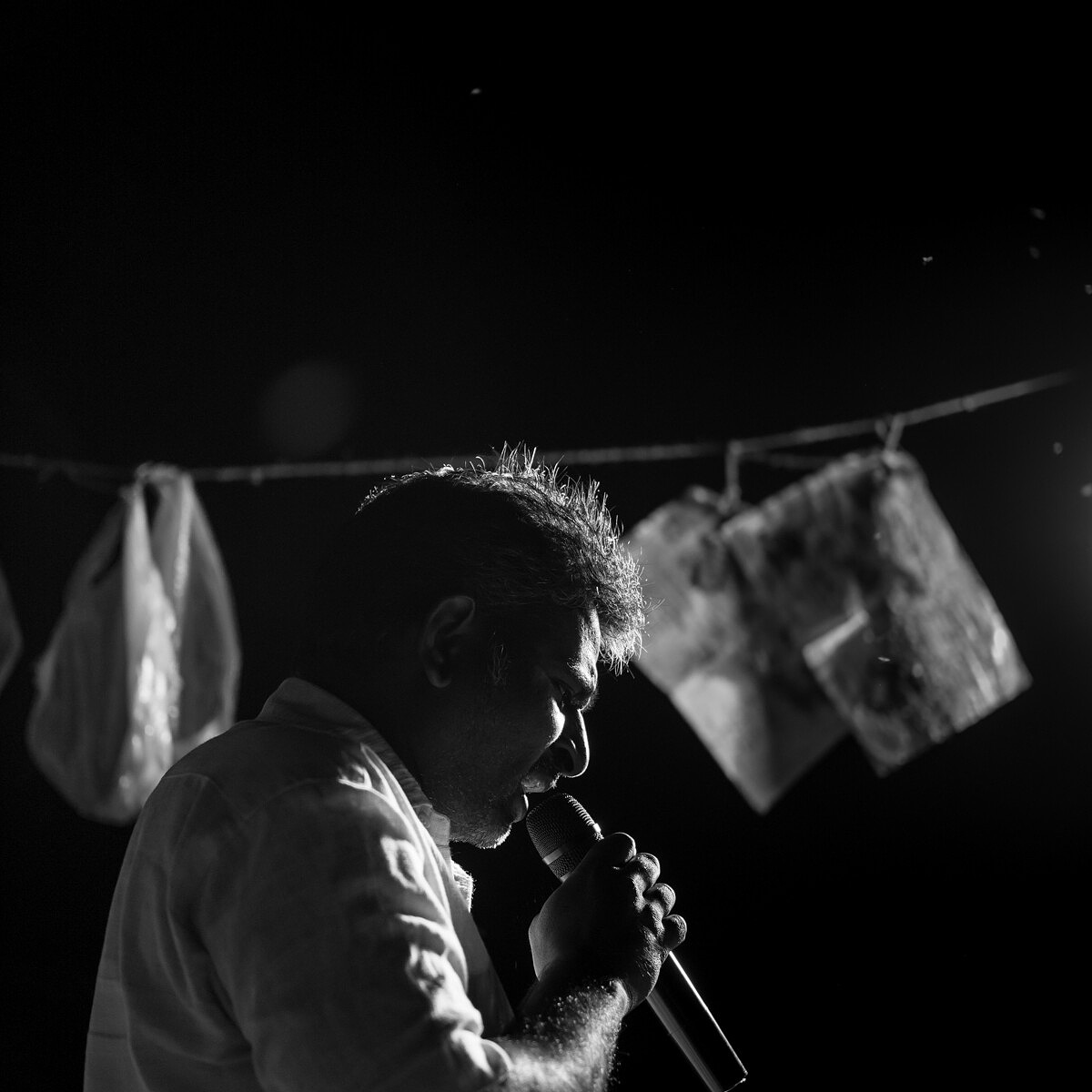
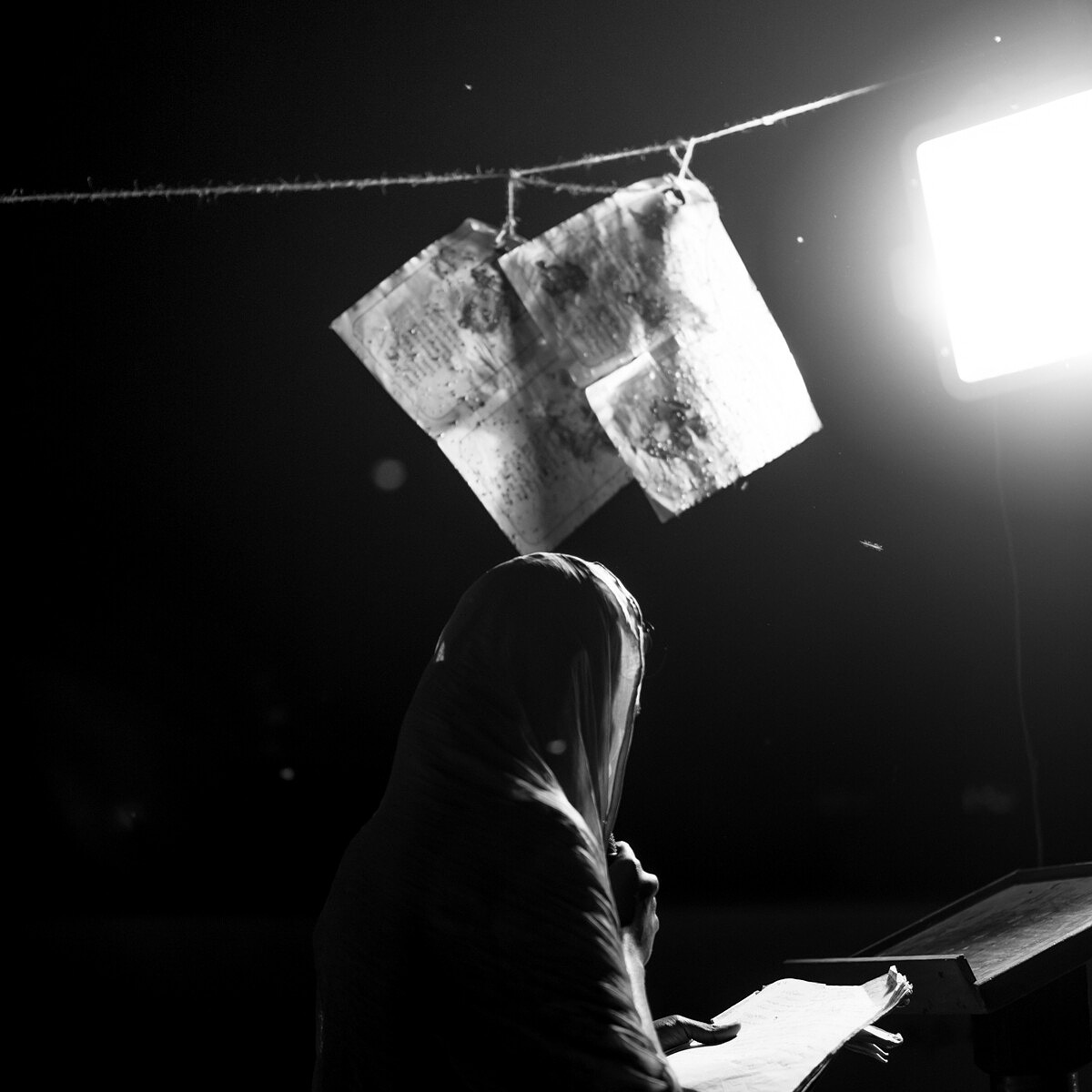
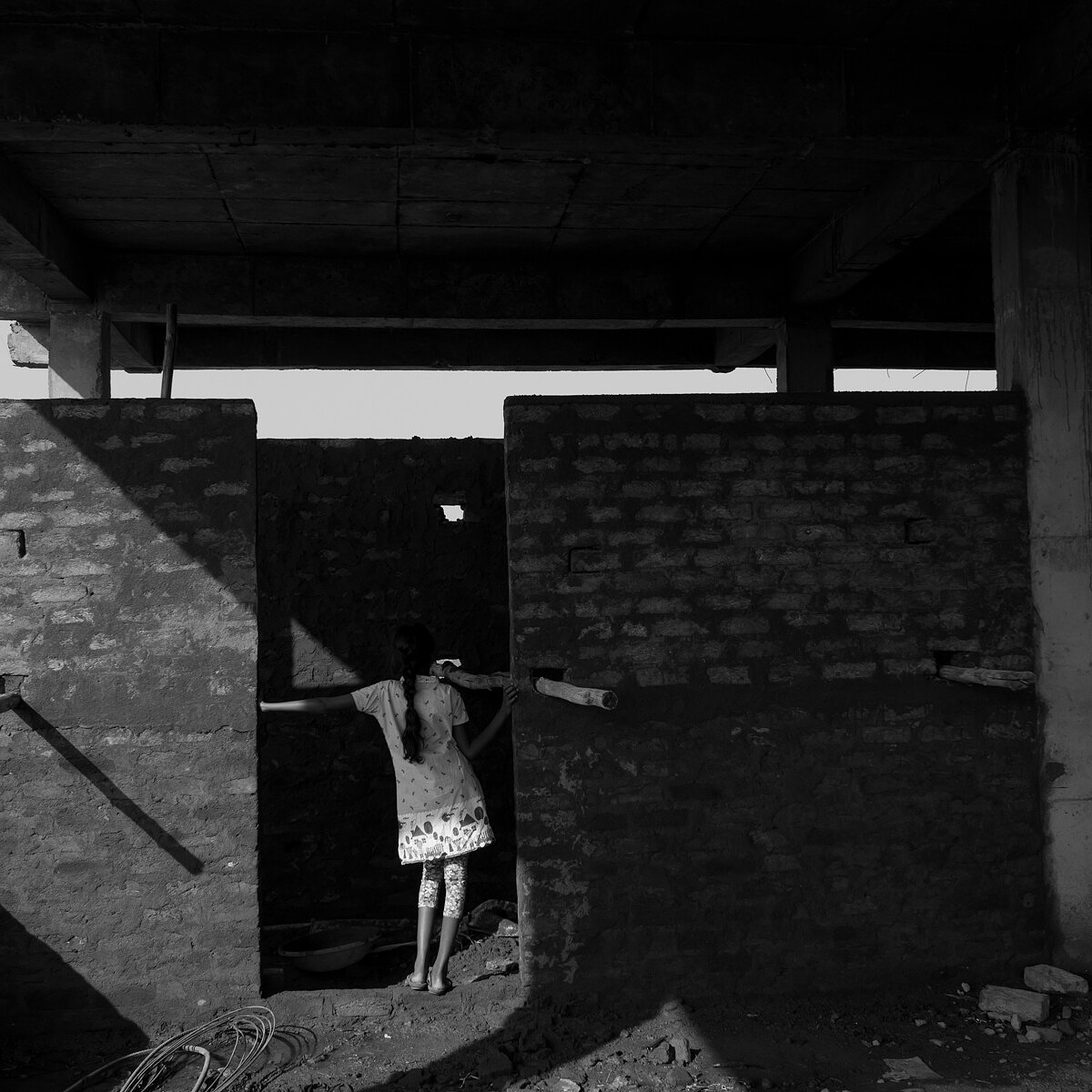
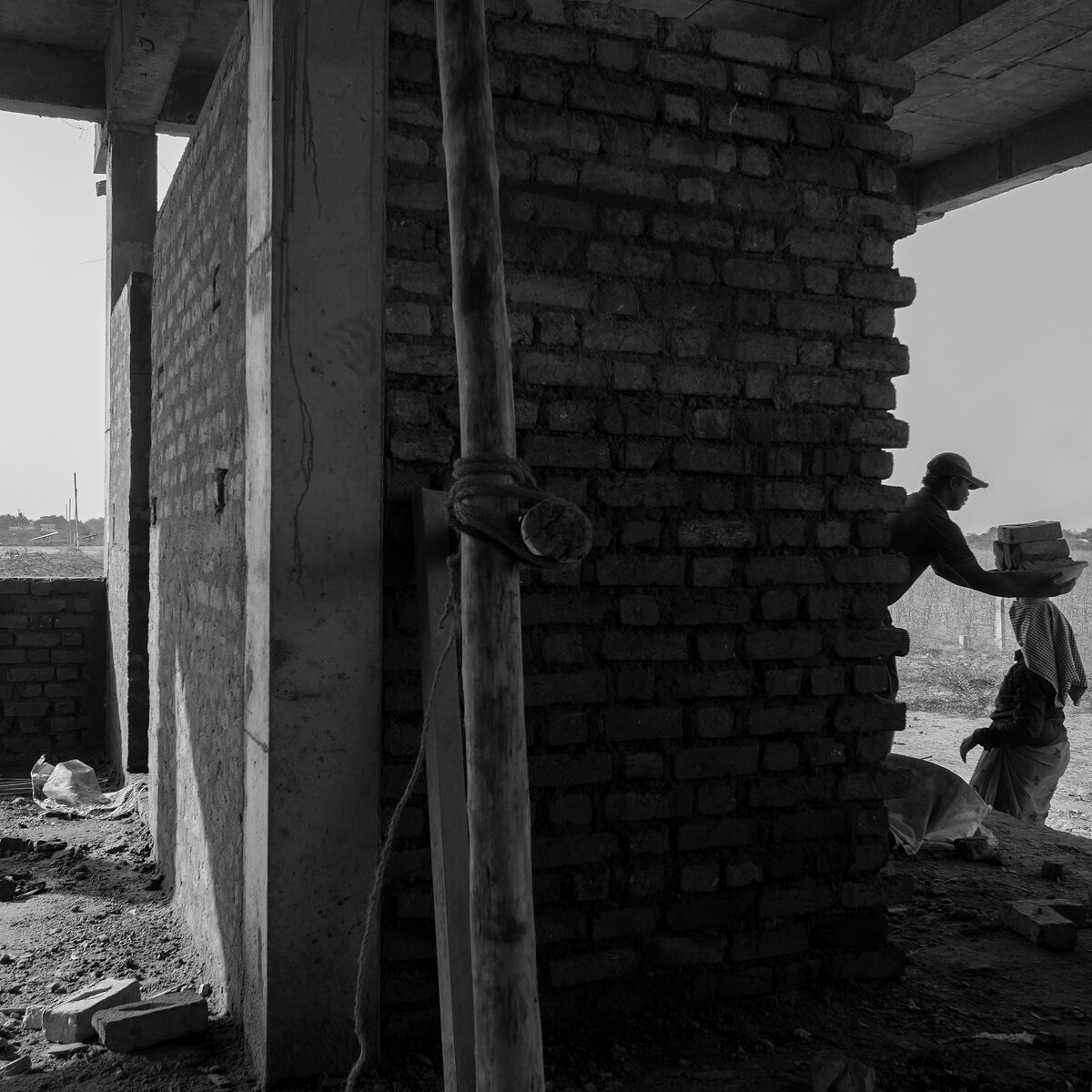

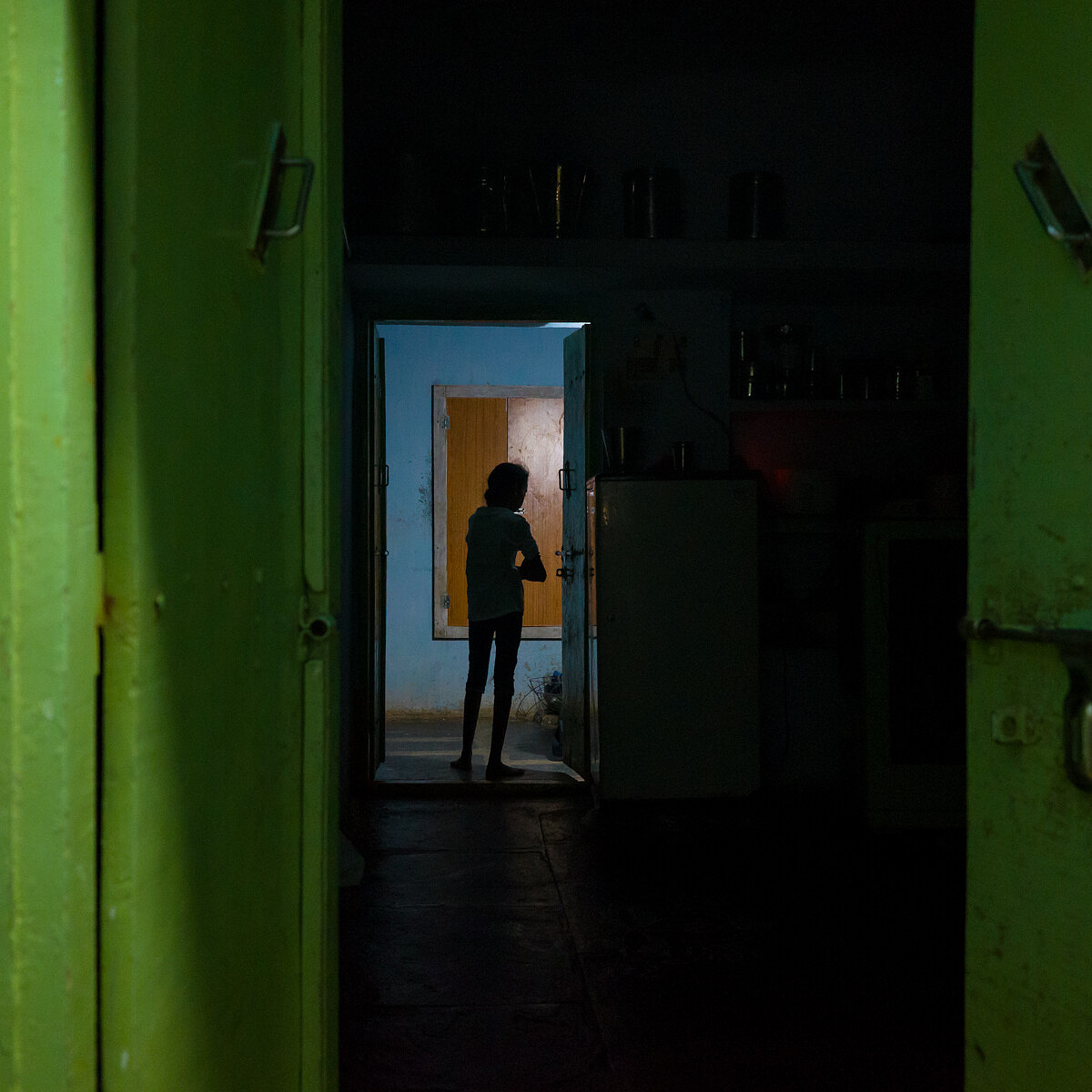
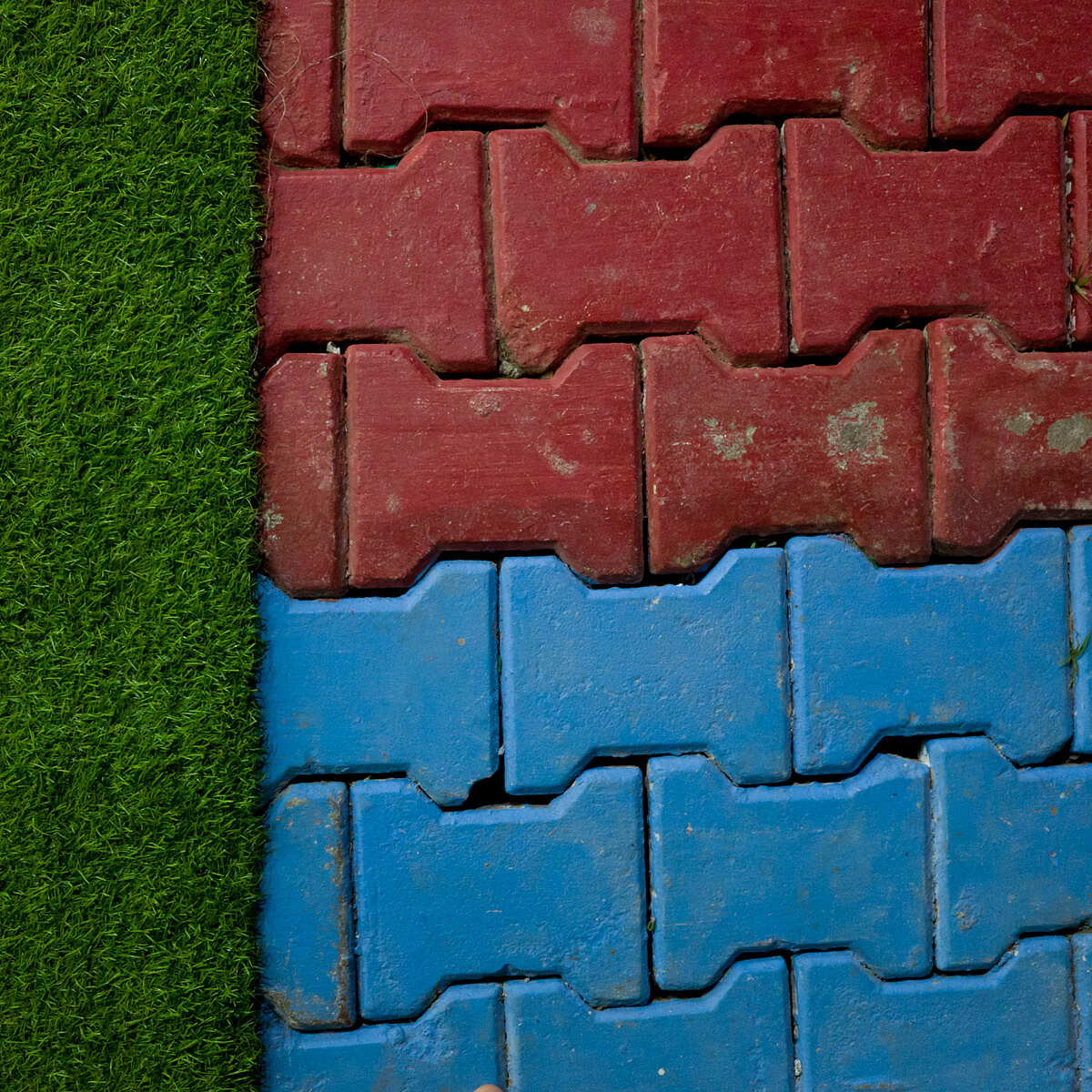
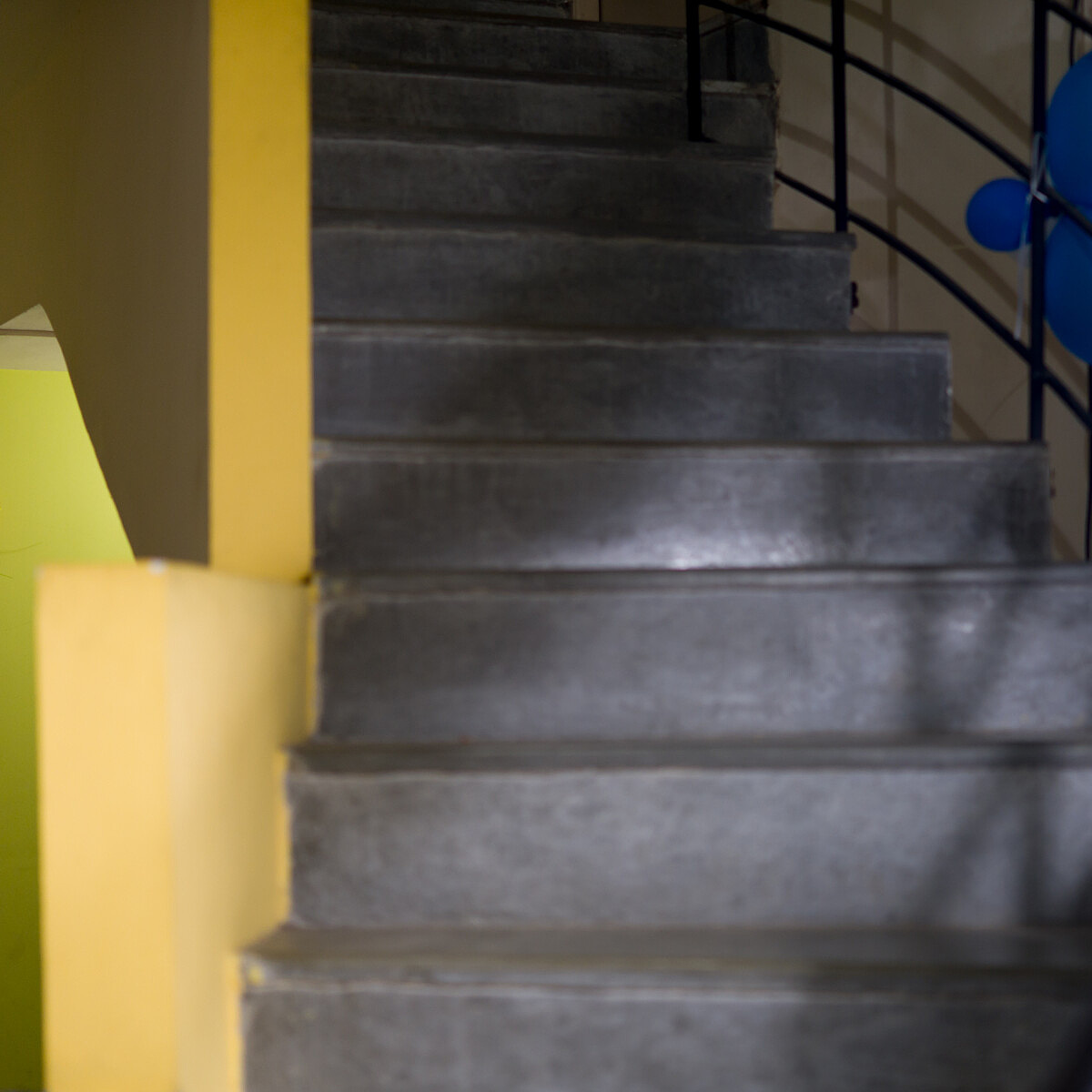
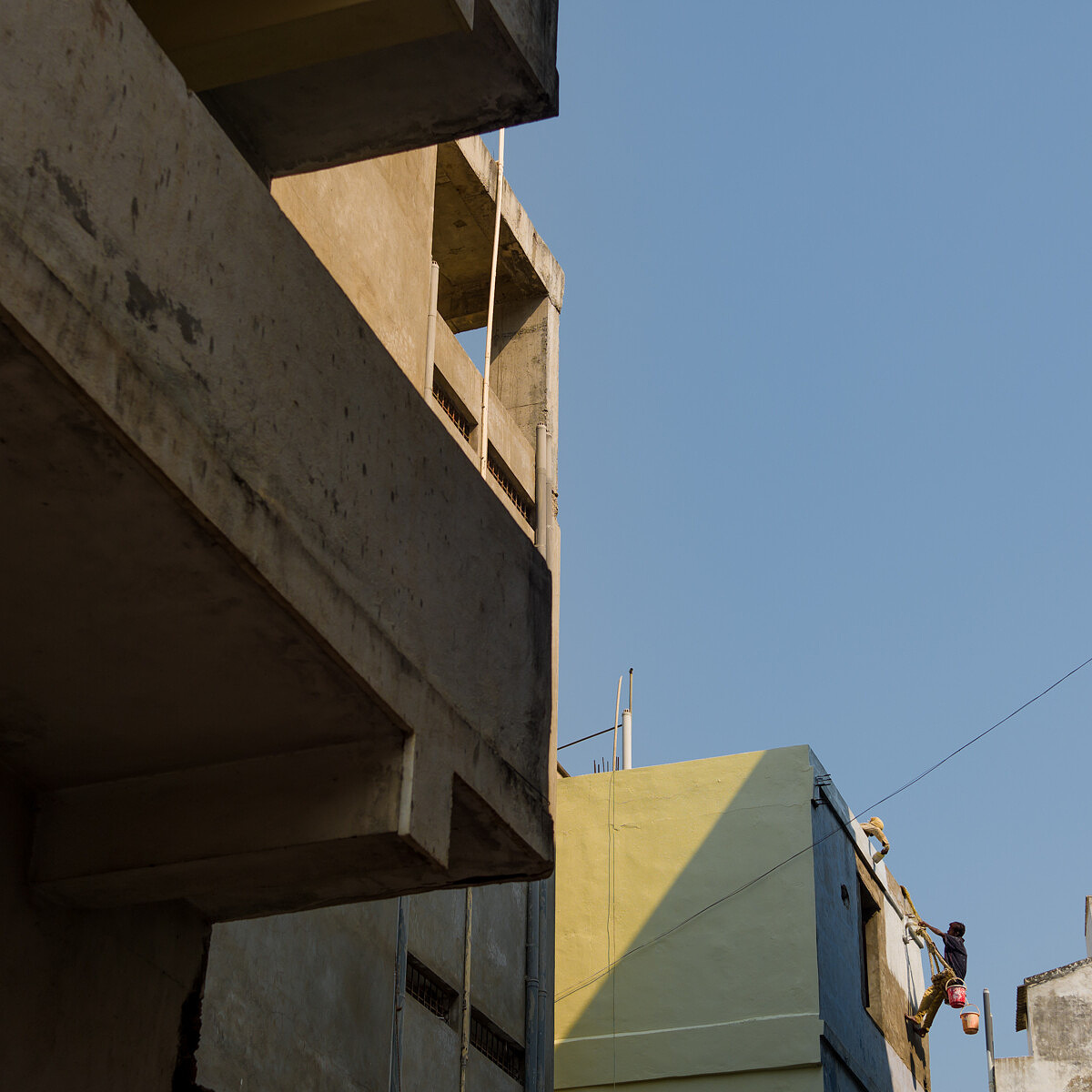
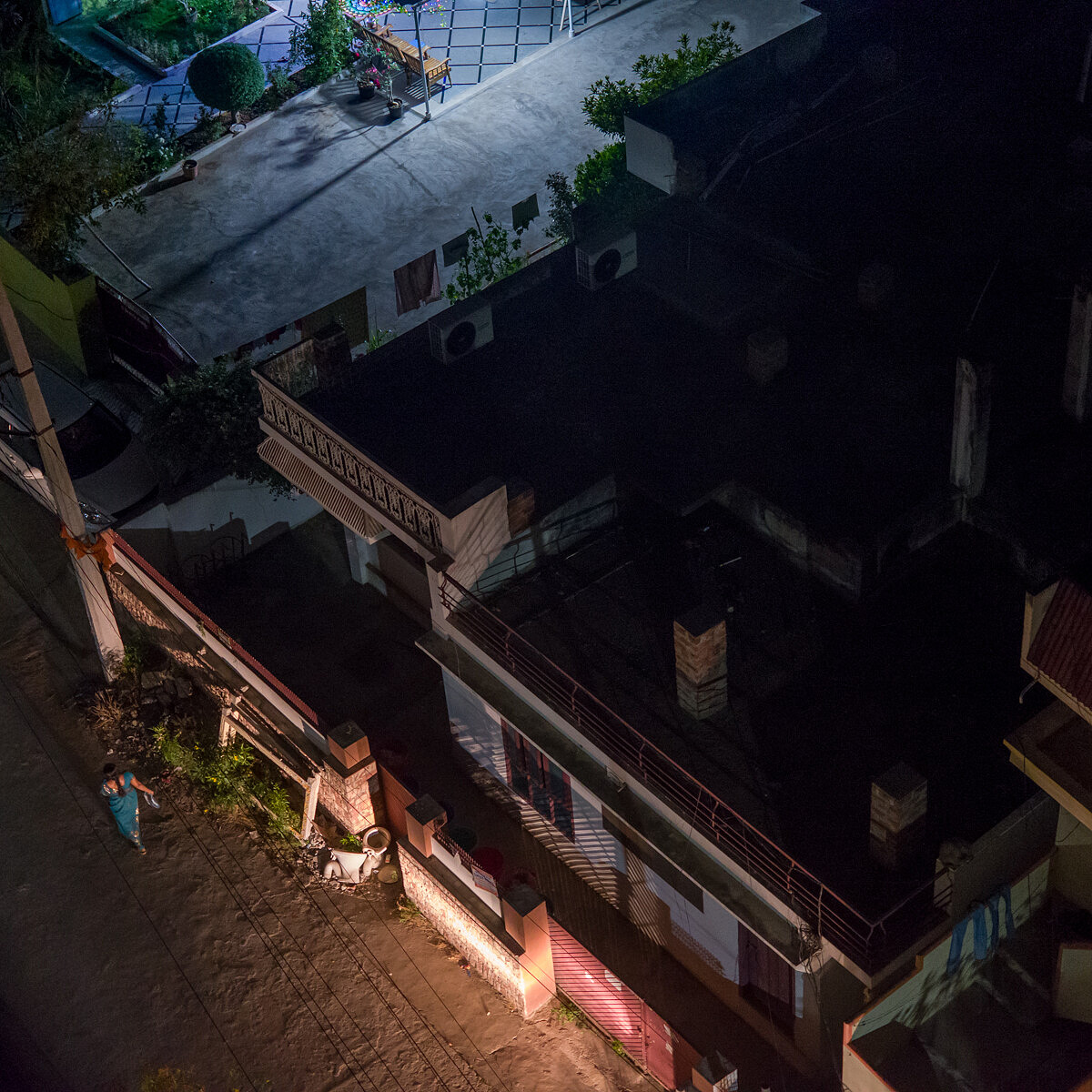
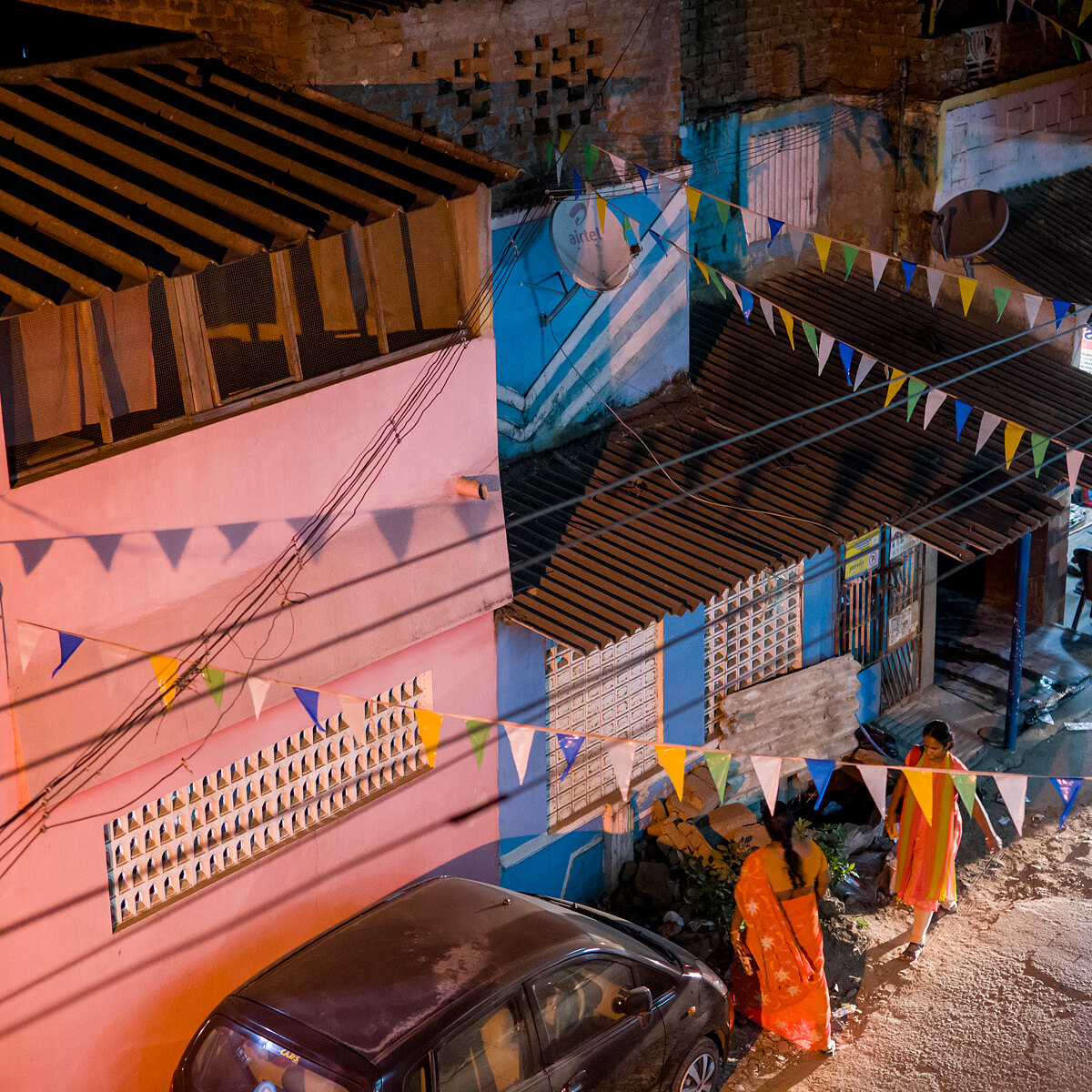
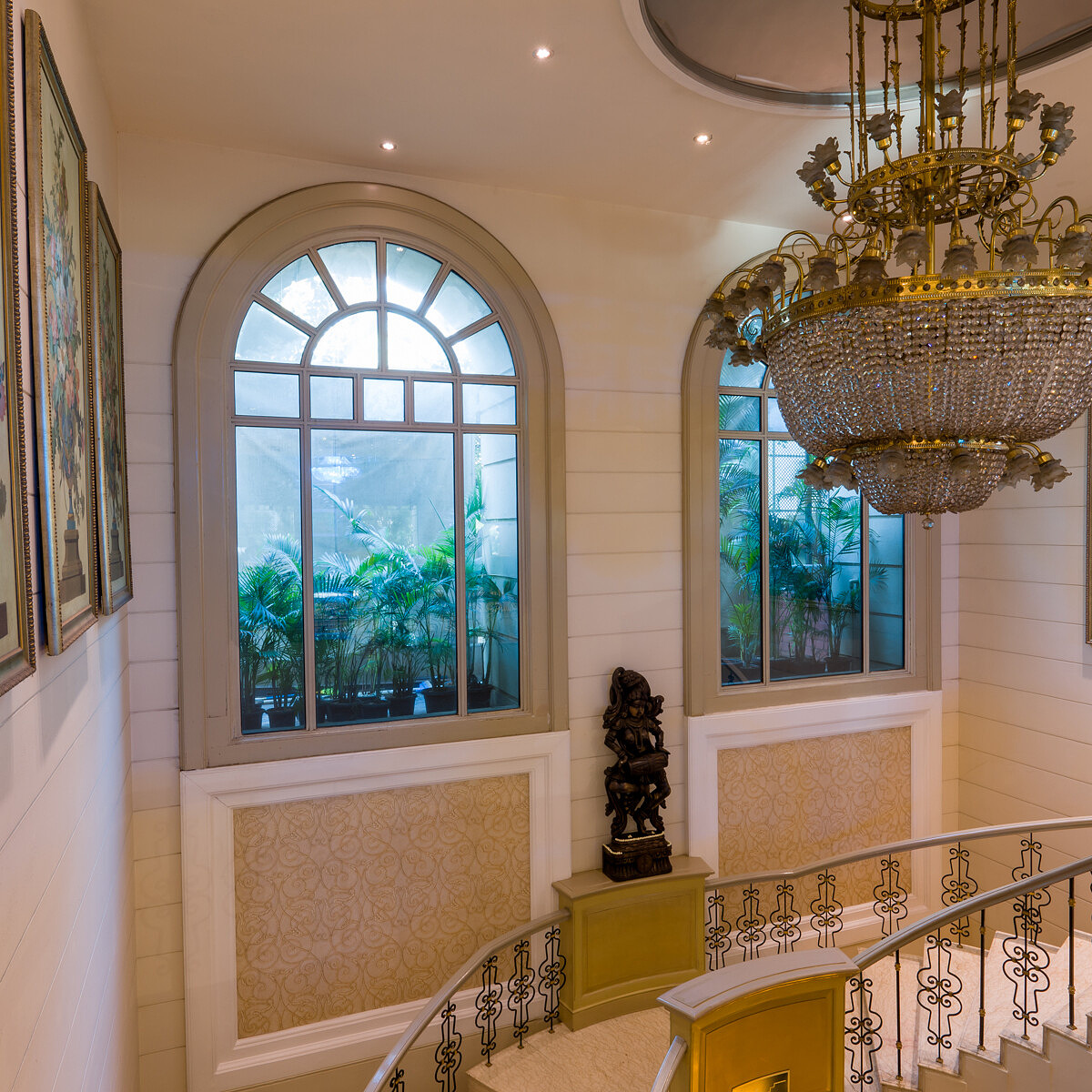
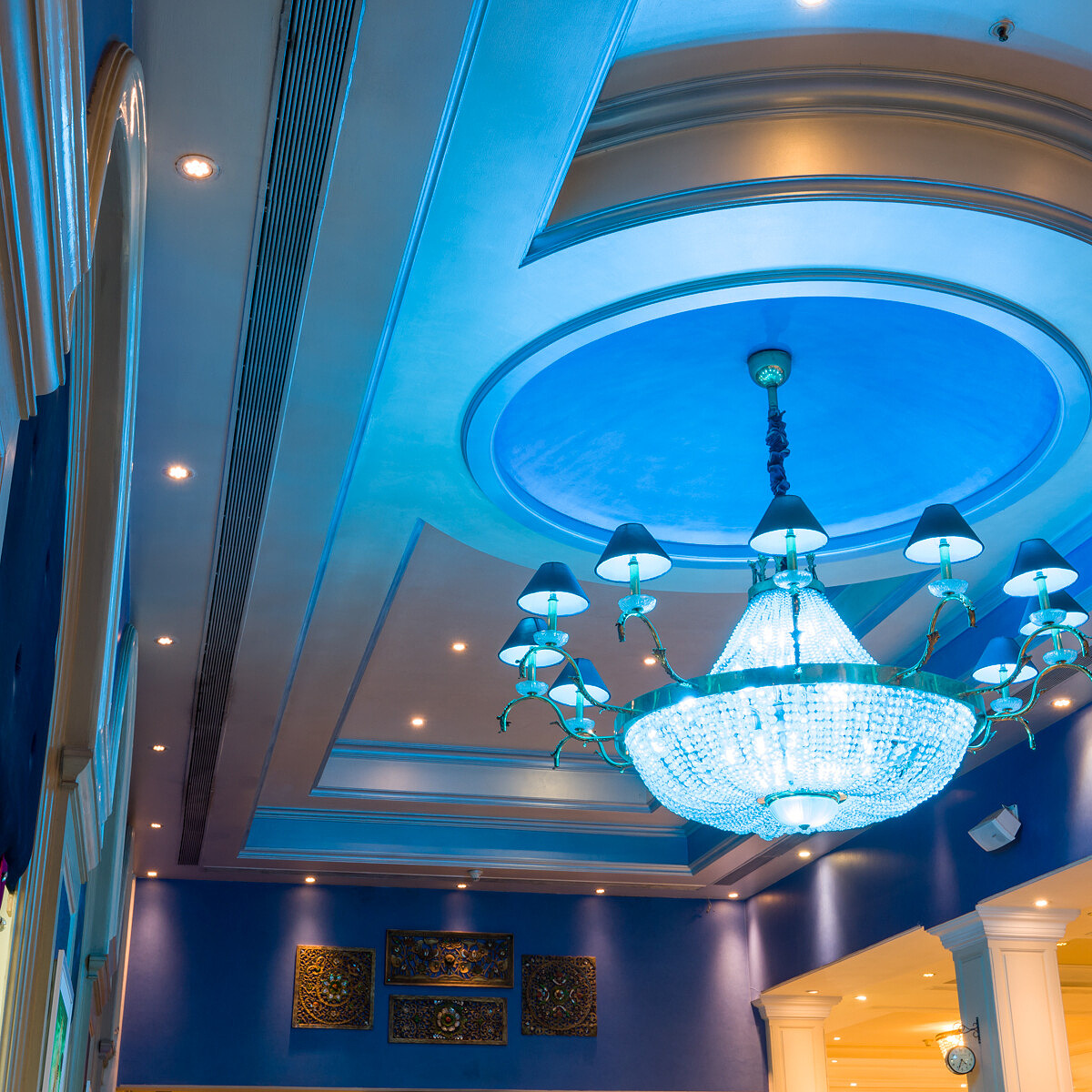
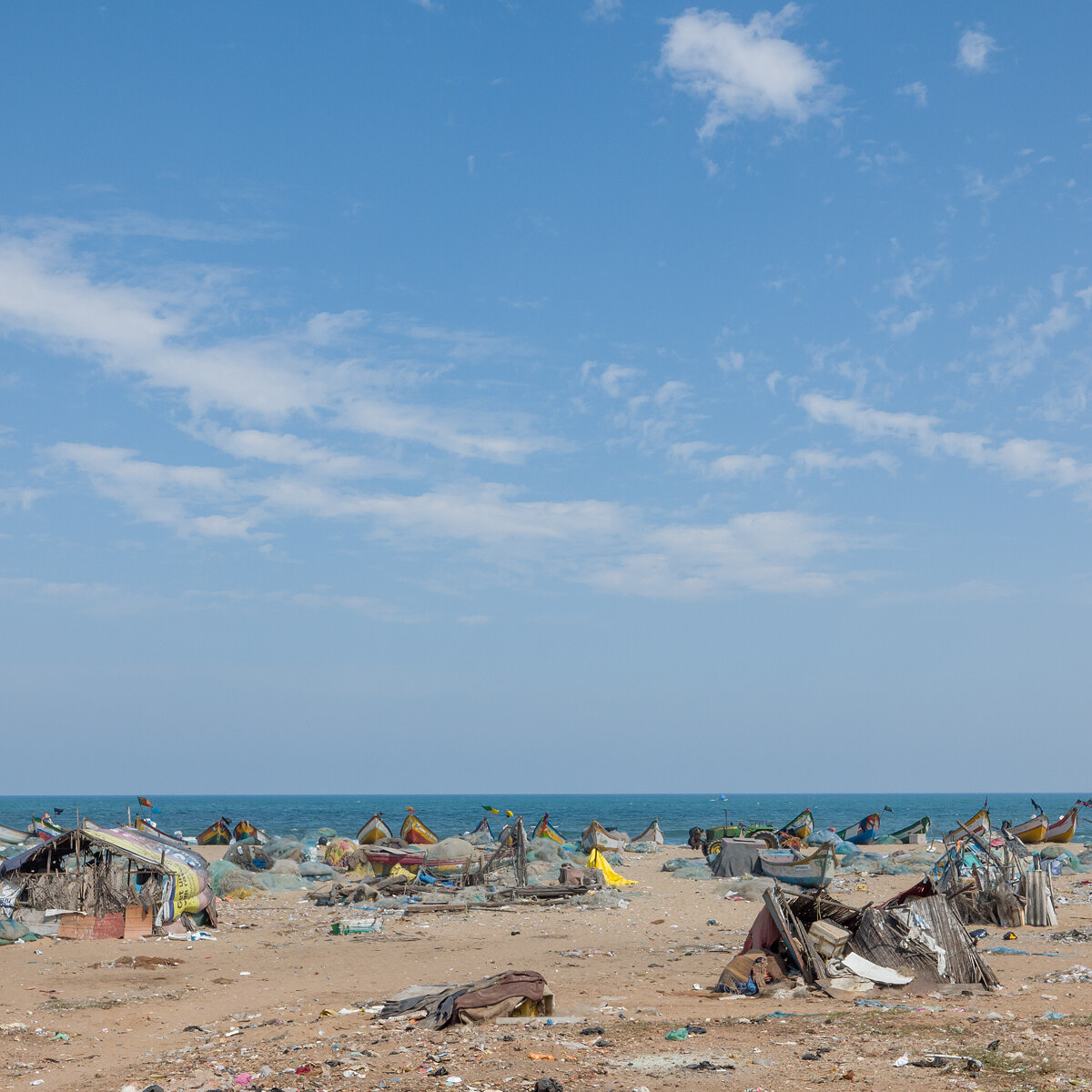
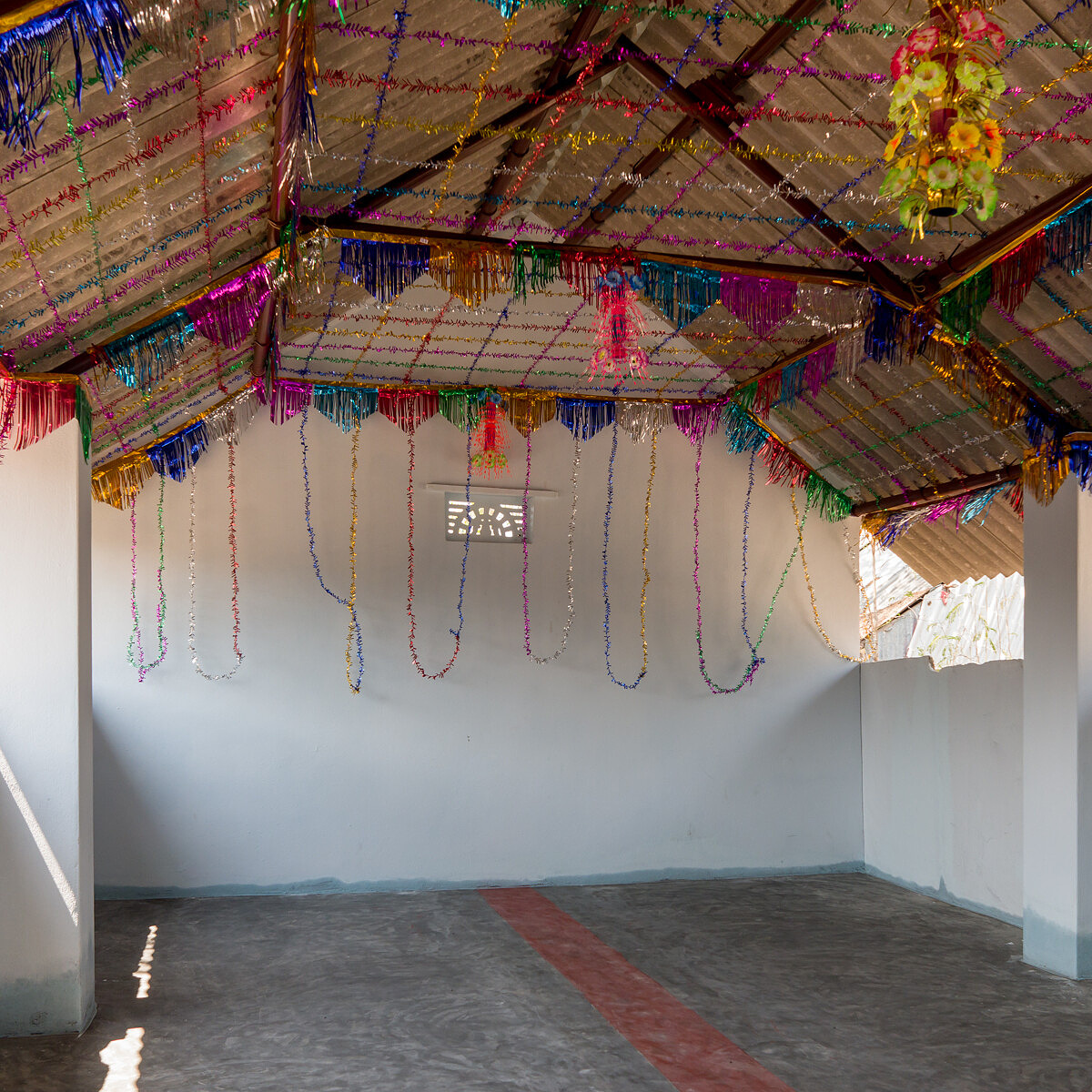
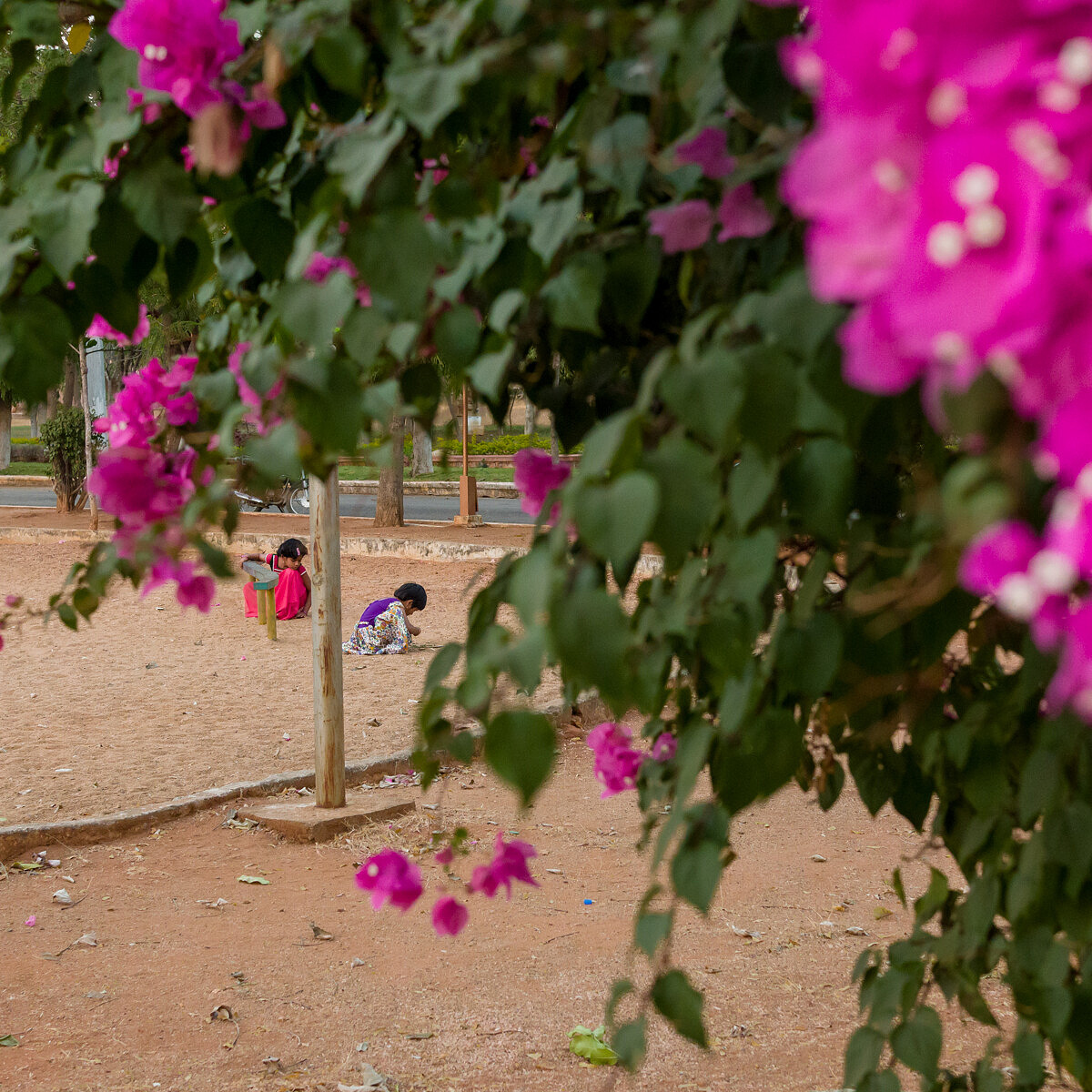
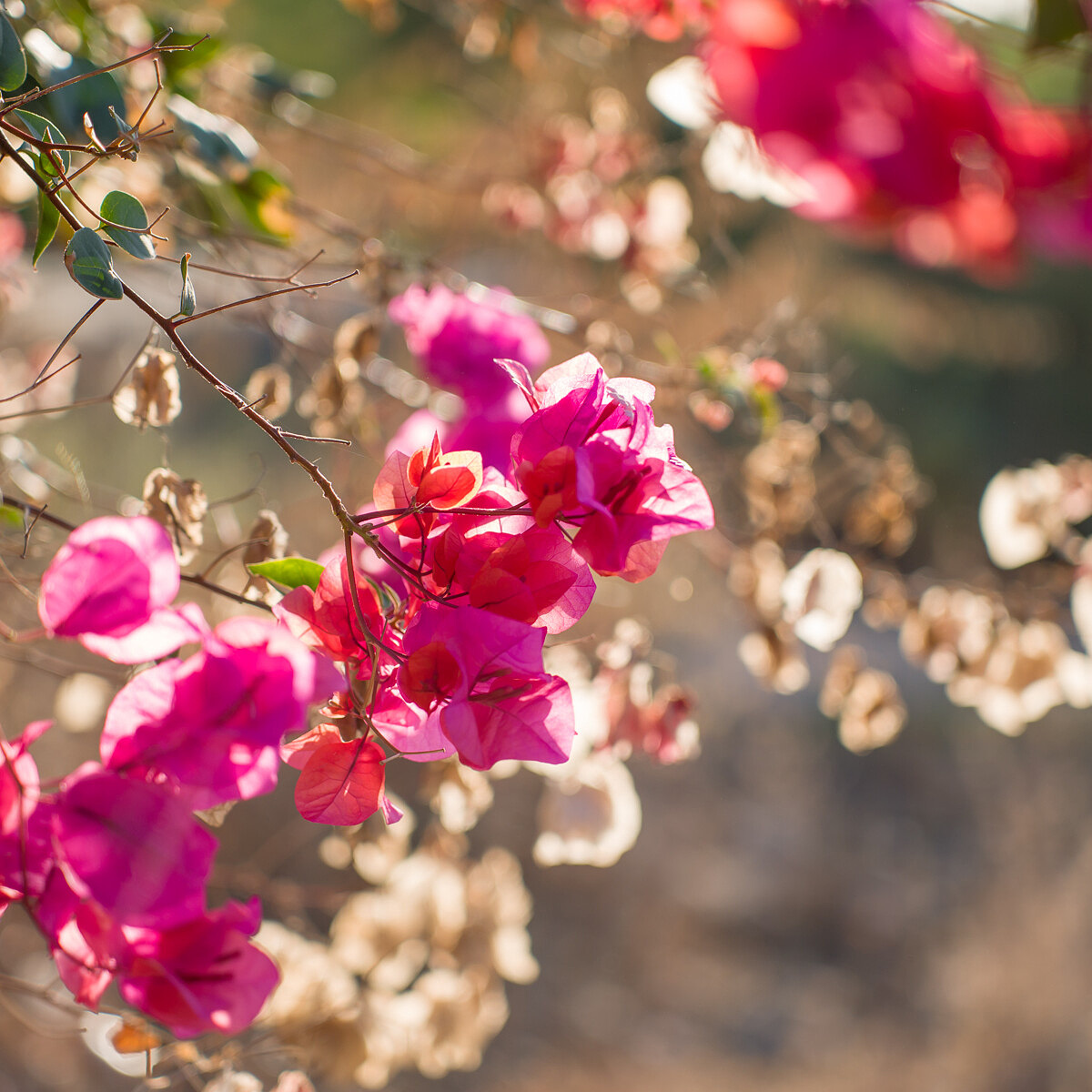
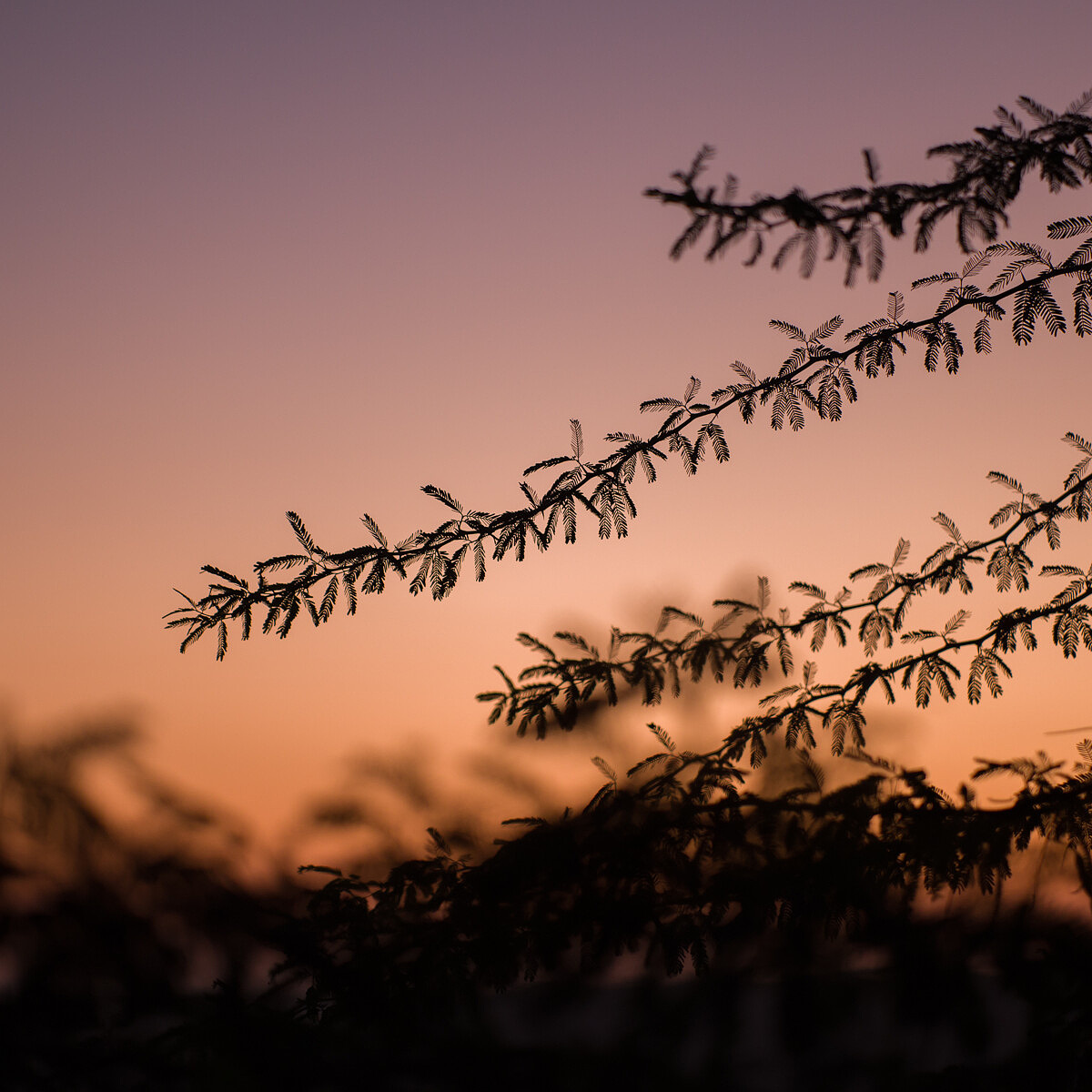
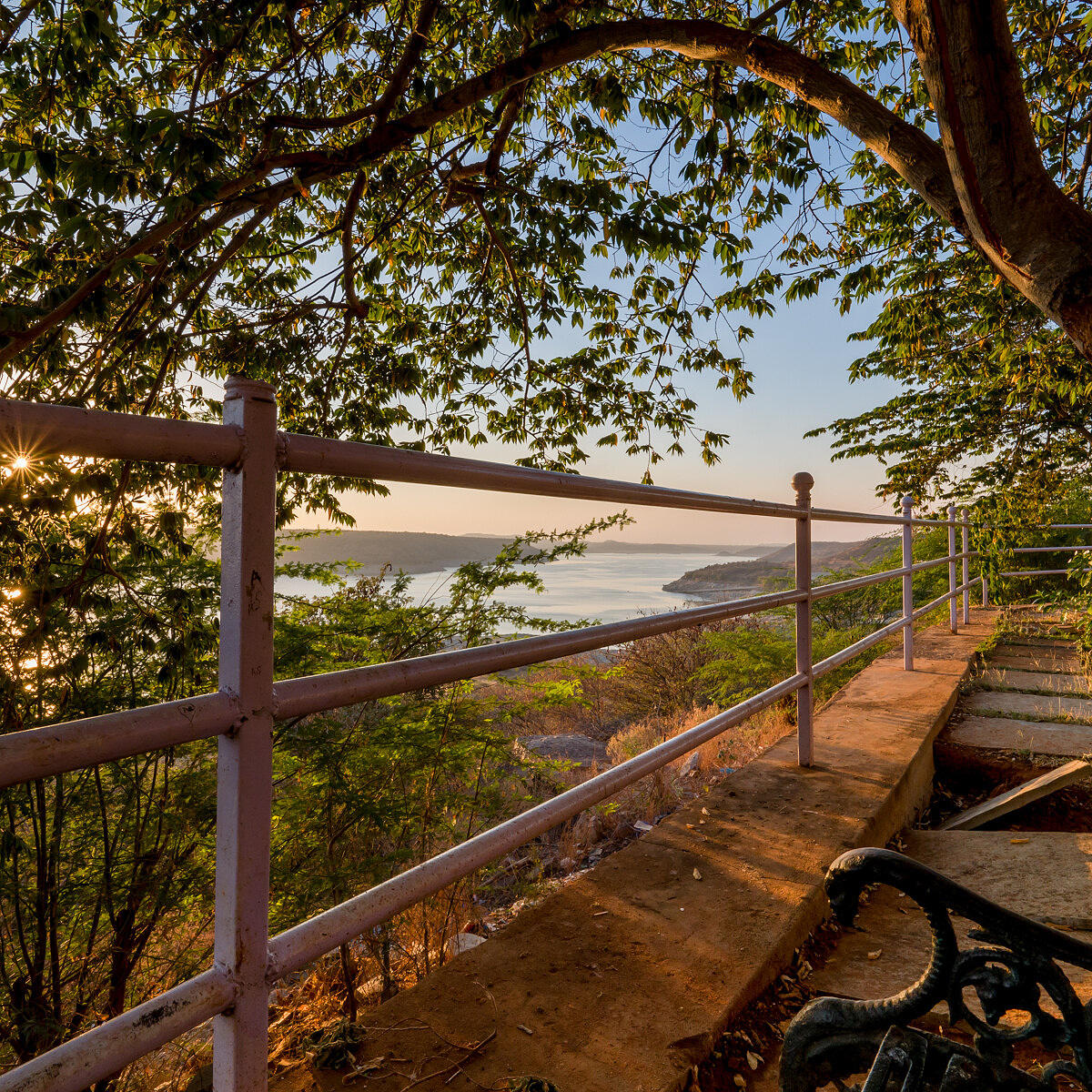
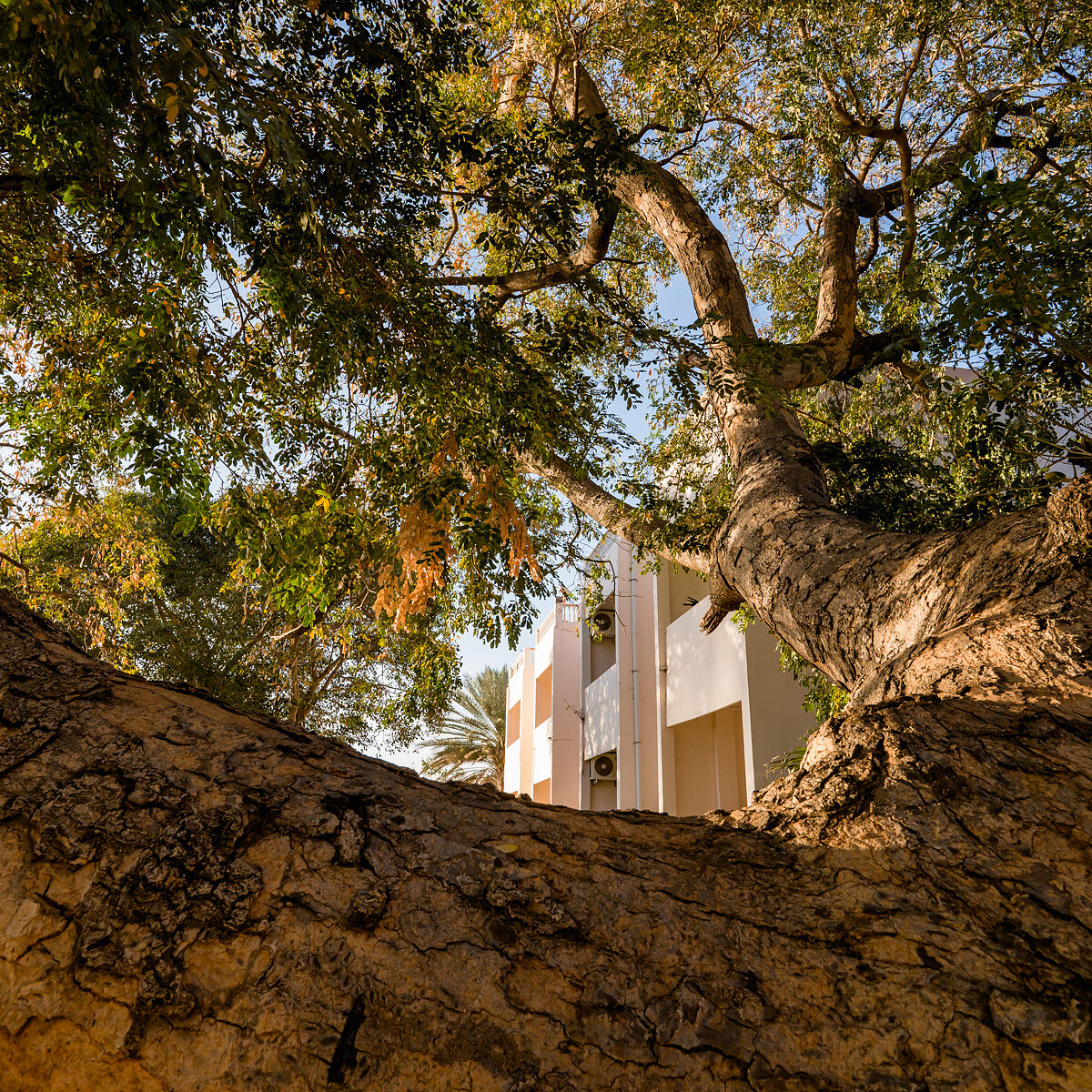
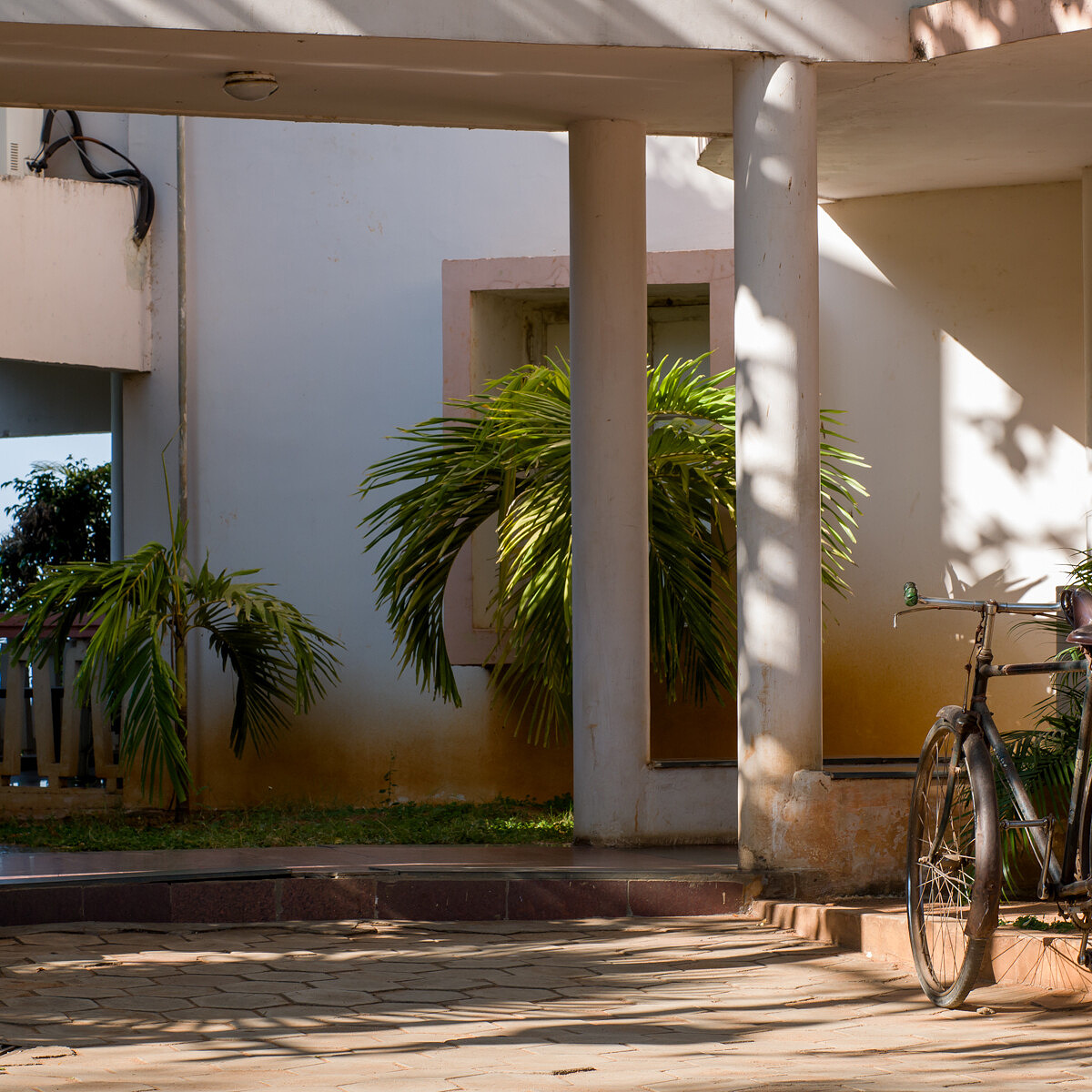
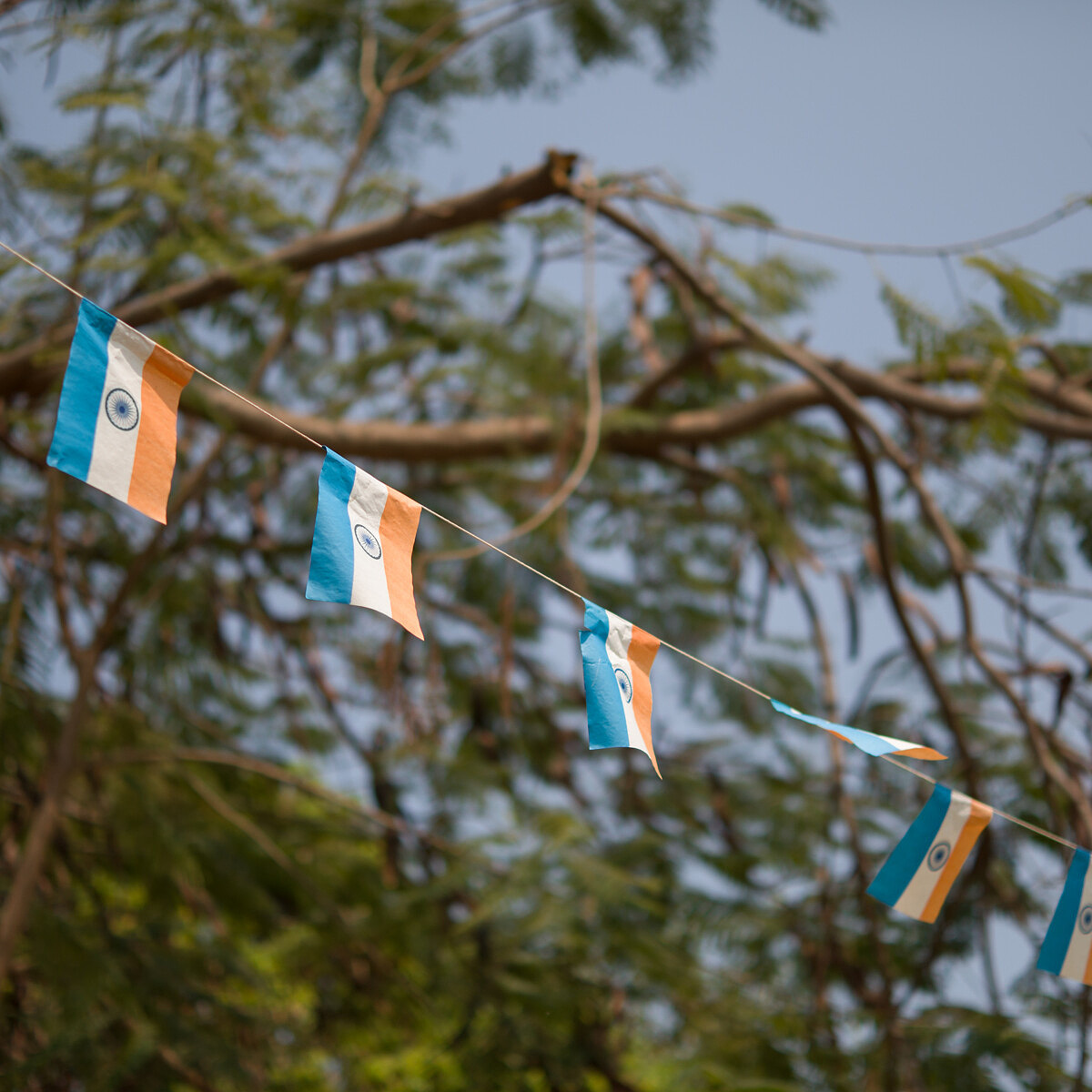
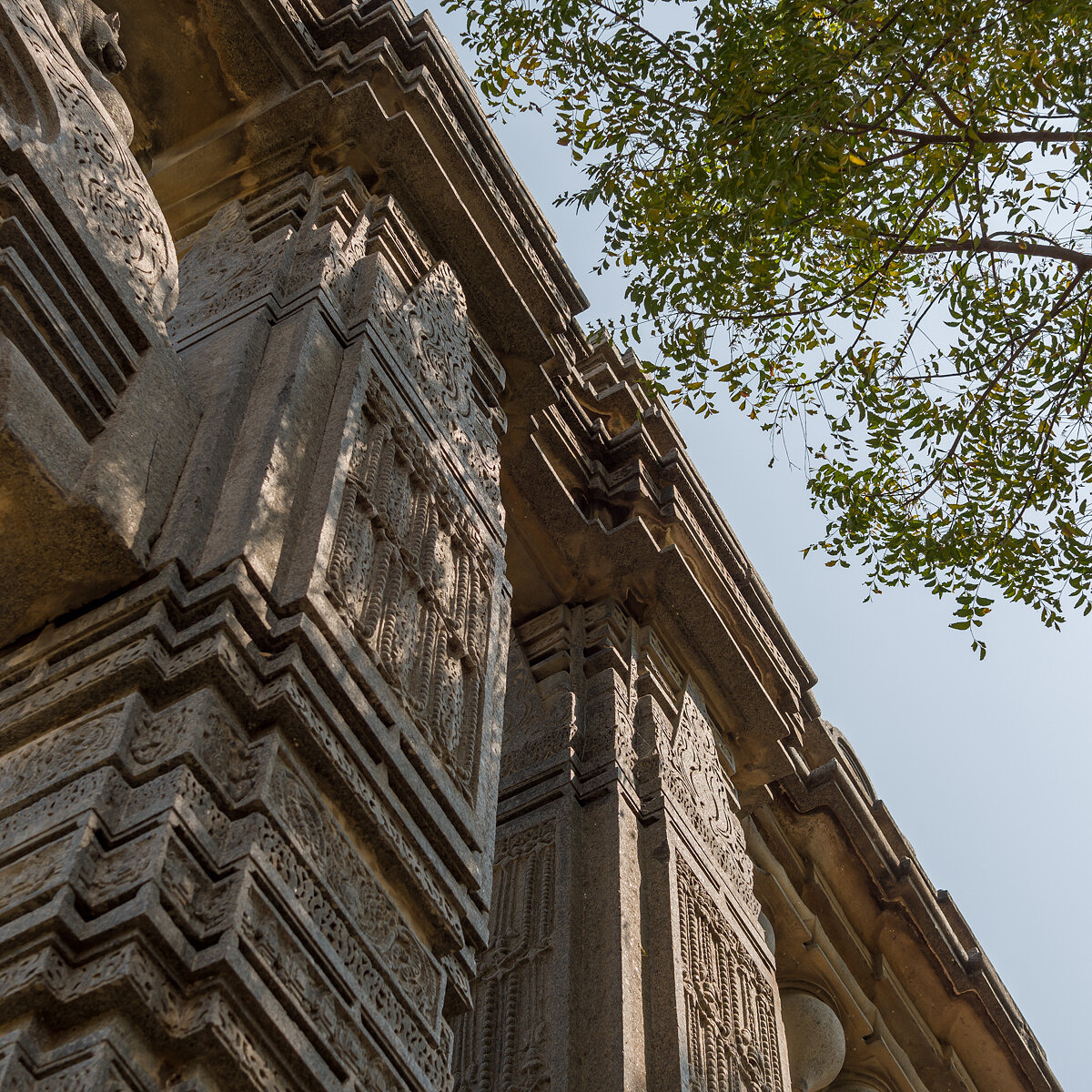
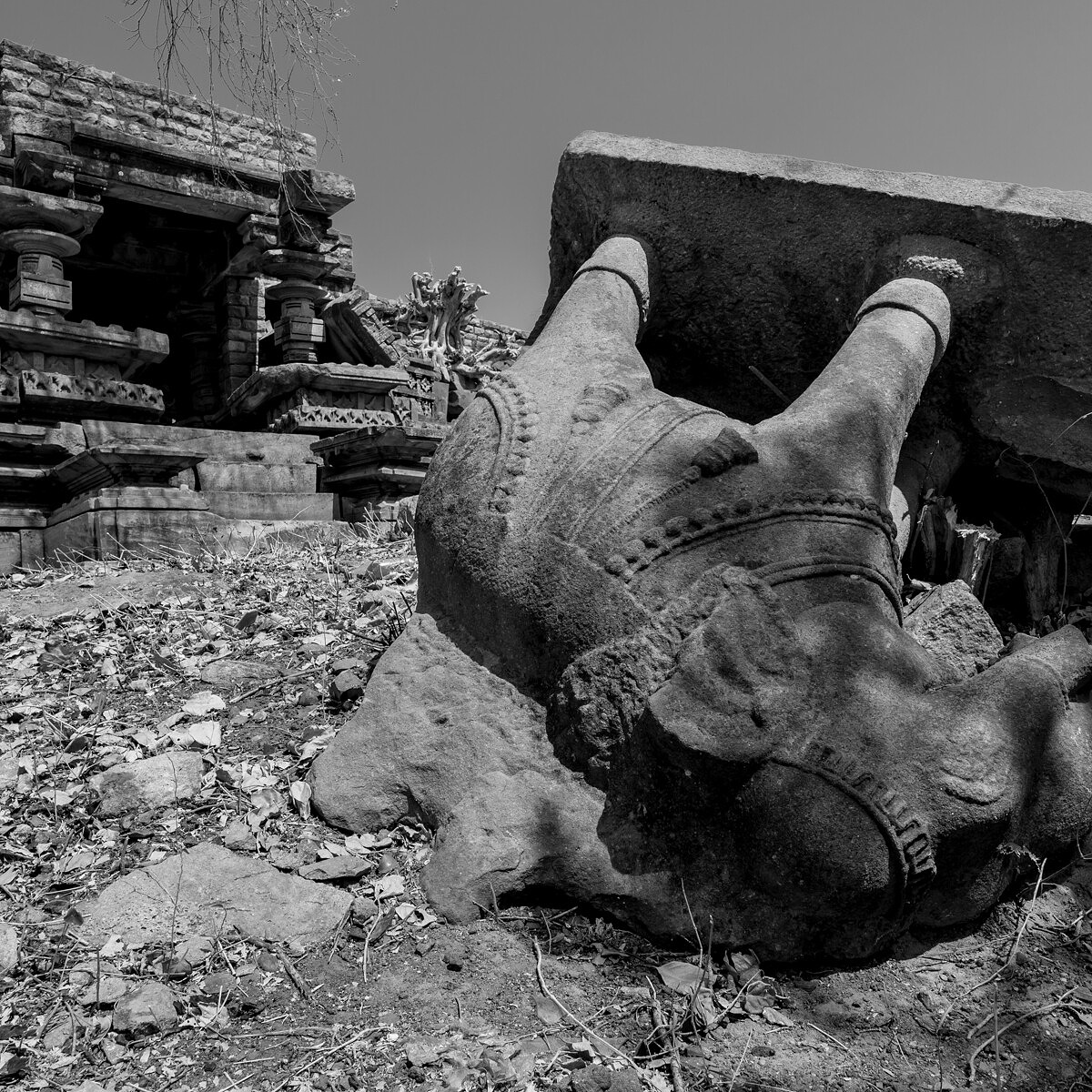
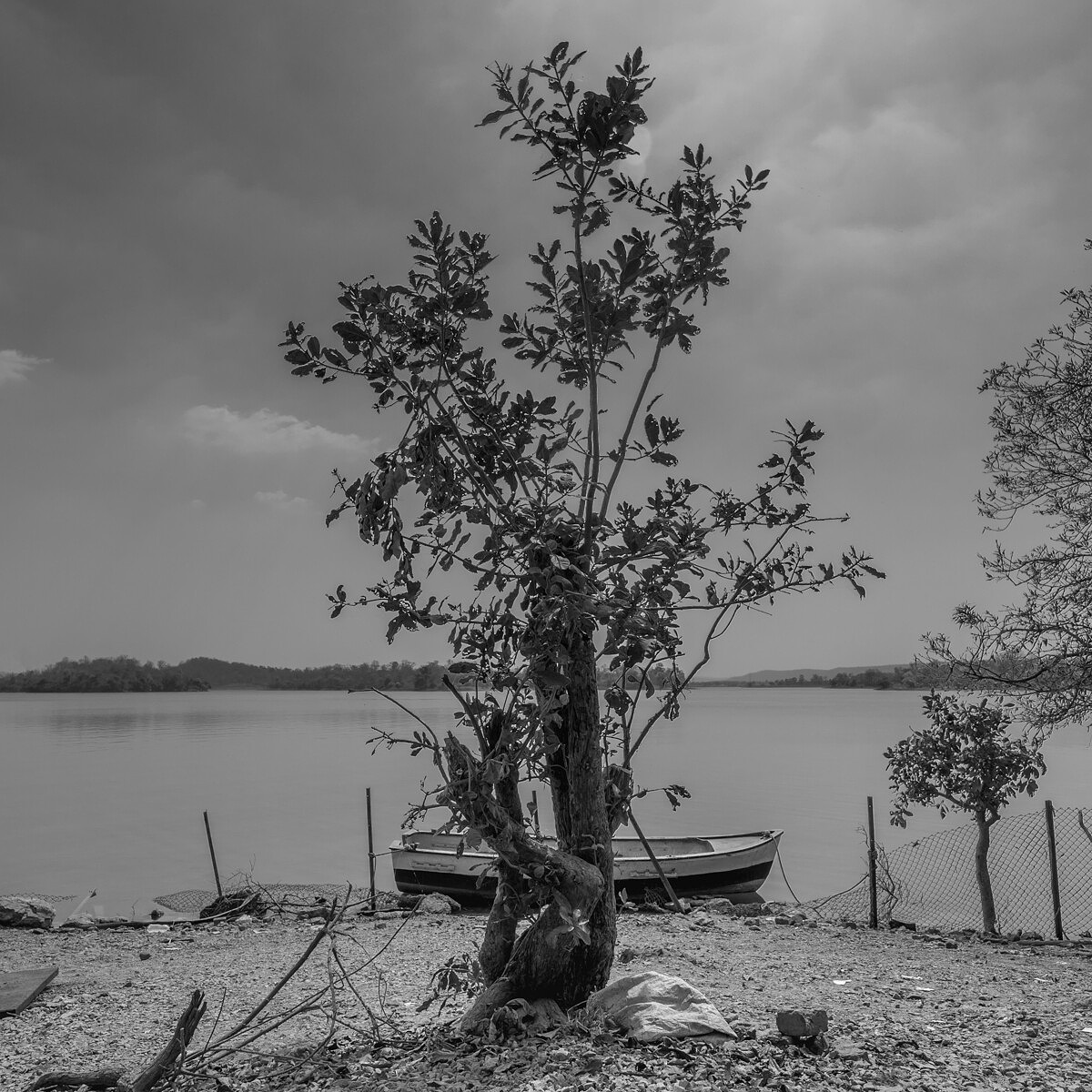
I enjoyed your photos and like yourself have found the Leica CL is a great travel camera having just returned from Japan with mine.
Great to see how well the images turned out mind you you have a great eye for taking them and that is the most important thing.
I enjoyed reading of your adventures in India. I had a similar out-of-comfort-zone experience. In 2004-2005 while my father was still alive, I traveled with him on his work in Ho Chi Minh City Viet Nam. Over 15 months we made four trips there, each 3-4 weeks in duration. We’d take weekend trips to China (Shanghai and Beijing), Cambodia (Angkor Wat) and Thailand (Bangkok) as well as exploring south and north Viet Nam. It was a terrific adventure and priceless time with my father towards the end of his life. I’m sure you father appreciated your company.
Unfortunately all I had to shoot was the then-new Canon Digital Rebel. But that camera was way better than no camera at all.
I recently bought a CL and sold my Q. In retrospect I should have kept the Q. The pair would be a great travel set. For now I am pairing my CL (with the 23 Summicron and 18-56 zoom) with my M10 and 50 APO Summicron. A little heavy for travel but it covers most of my visual bases.
I’ll look forward to more adventure reports from you.
Gary….. I too thoroughly enjoyed reading the story and admiring the photos of Kristen’s adventures in India….. in your comment you mentioned that you SOLD your Leica Q…. oh no…. and noticed that you have a M10…. I recently switched to a Q….and my gateway was a Leica T….. I had 2 lenses, 18-56 and 11-23 which at times was like Kristen said, “Changing lenses can often be distracting, causing us unnecessary frustration and missed shots “…. those whom you may travel with, do not understand the MIND of a Photographer with OCD tendencies….. so NOW I am with One Body and One Lens….. I wanted to ask…. more about how much you loved your Q and how sad it was to say goodbye? I had almost picked the TL2 before Q… but wanted to try FF and ONE lens…. I was in film with many primes, 35 and 50 and then zoom, I guess FILM was the first Full Frame experience!! we had….in my YOOT. Any comments would be appreciated… Thanks!!
KIRSTEN…. Absoul….. and I stopped at SOUL…… I did ABSOLUTELY LOVE your stories and admire your work….being out of your comfort zone….. is a true testament of the FAITH that your DAD has in bringing you up in this, ever changing World we all share….. Dads are a Treasure that we should for as long as we can….and after they pass on into another World…we are here to make them Proud, because I know they are watching over us….. Sorry…. my Dad is away now, and spending that time with him was another Life changing moment not just being out of a Comfort zone….. I am sure that working at Leica, you have had the pleasure of many many models…. every picture you took I found myself trying to imagine taking them with the Q…. One Lady One lens…. ( ha ha ) I am on “Safari” soon with the Q….and I wonder…. I have had the pleasure of Zoom and many lenses…but NOW….. it’s ME and the Q…. but YEARS of experience…. Only time will tell….. Great Stuff, keep dreaming…. for life is one to be experienced…. and sometimes we can so that others can SHARE the moments with us…..if even through, Photography….and WORDS……
I really enjoyed your article. I shoot my CL also in apature mode. Would you please
Show me in detail how to set up and save the left and right wheels as you do. I have
Been able to only change mode to A and then use the right wheel to change f stop. Then how Do I save to personal profile ,confirm, and get back to these settings using FN button later, after using mannualy with M lenses. I seem to have trouble both with right wheel And retrieving past settings. Still loving the CL which has relegated my M7 and M8 To backup.
Thanks, Dan Frick
Hi Kirsten,
The Leica CL system and your eye for composition combined to create a very beautiful series of photographs. Well done!
This article might very well be the catalyst that drives me to swap my Sony APS-C kit (A6300) for one that is Leica-based (TL2 or CL). I travel quite often, and I desperately need to minimize the amount of gear I bring with me. To me, true luxury is being unencumbered, especially when I’m on the road.
You have clearly demonstrated the possibilities with the Leica CL setup – thanks for this!
Update: Pulled the trigger on the CL and the 35mm Summilux 1.4 and the 11-23mm Super Vario Elmar 3.5-4.5. Would have purchased it from Miami Leica, but I’m up here in Canada. Thanks again for the inspiration! I’m absolutely certain that this is going to be a fantastic setup for travel.
Dear Kirsten
Excelent article and beautiful pictures, missing is only a foto that Your proudly Father must have taken from You with the colorful dres.
Hope to see You soon
I’m a man, so I suppose that makes a difference in safety issues. It’s really too bad you couldn’t get more street scenes when you first arrived. Outside of using a cut-proof camera strap and cut-proof Pac-Safe backpack, I’ve rarely had a worry, even in places where any western tourist is advised not to go at night. Walk with confidence and carry a sturdy monopod like a walking stick.
I lived and worked in India fro two years in the 60s and made return trips in 2011 and 2014.
I was intrigued by your experience. I am a q2 owner and I have considered the CL as a companion camera. I primarily shoot family, friends, landscapes, and cityscapes. Could you advise as to what lens you might recommend as complimentary to the q2 given my shooting?